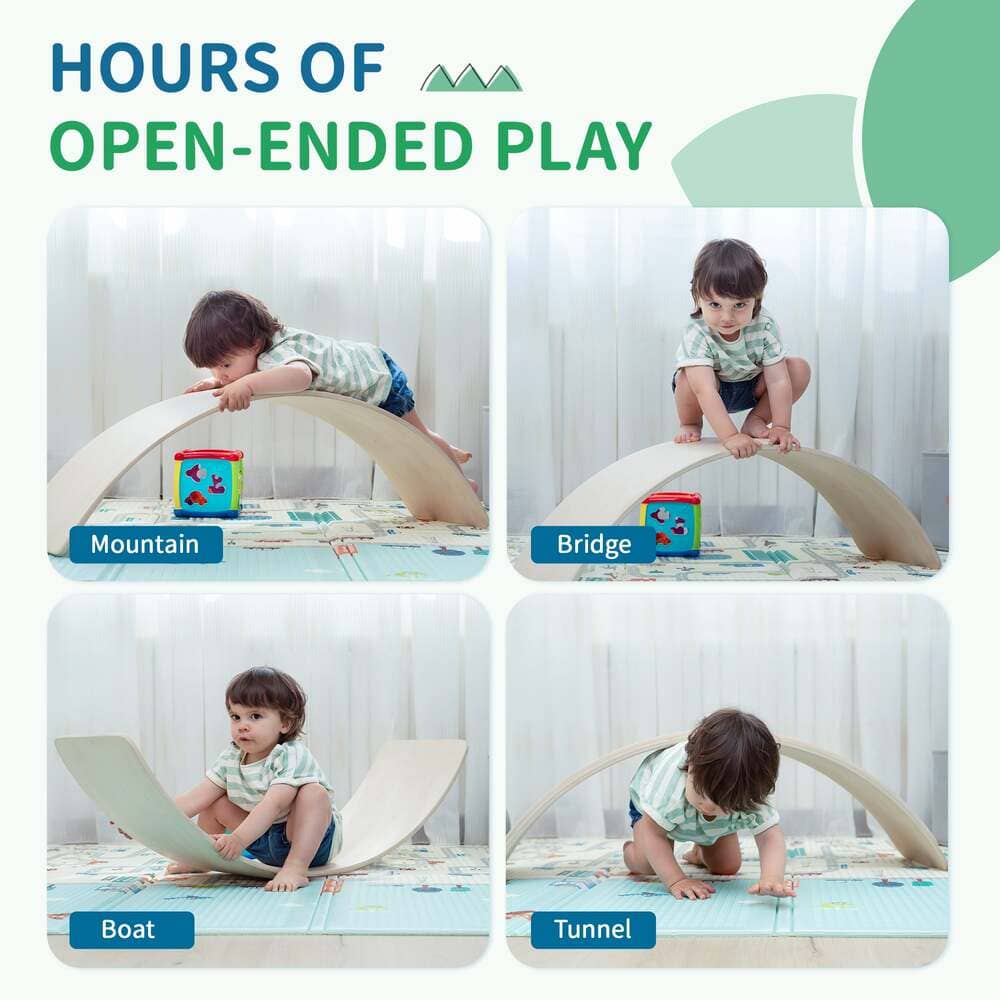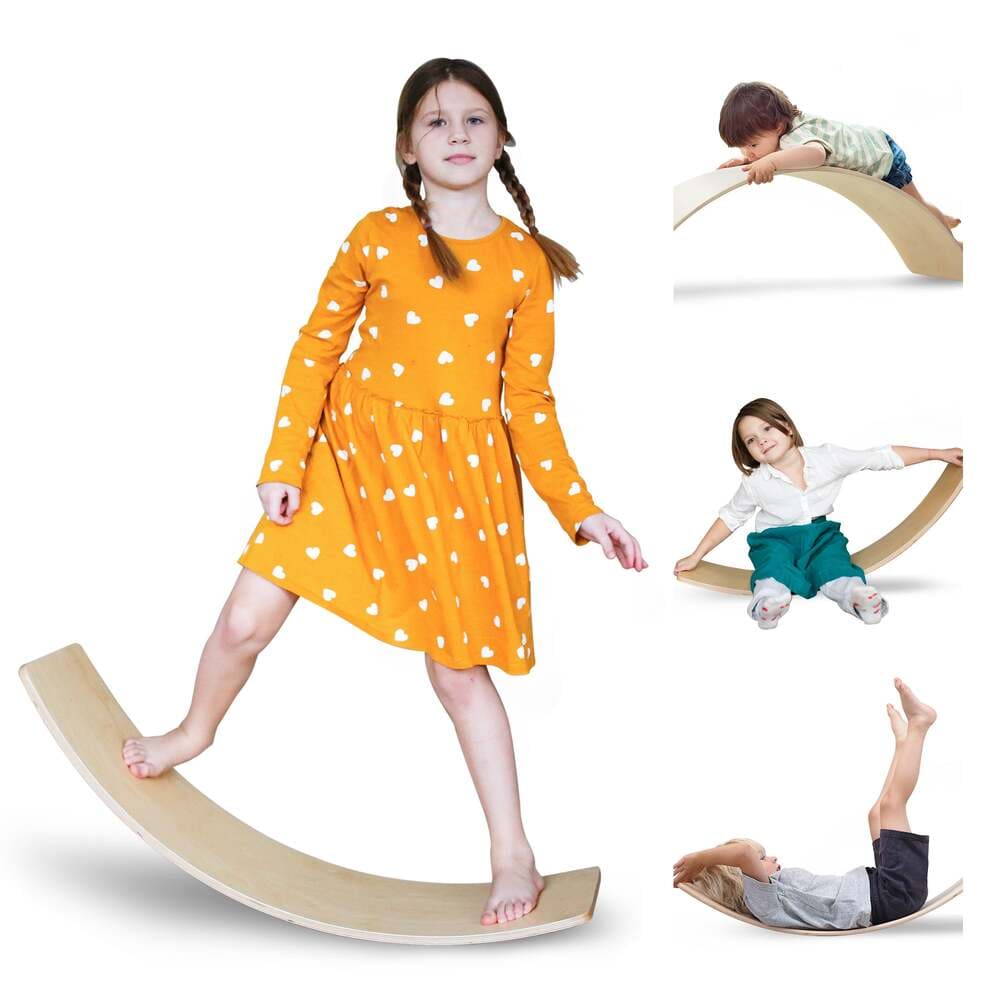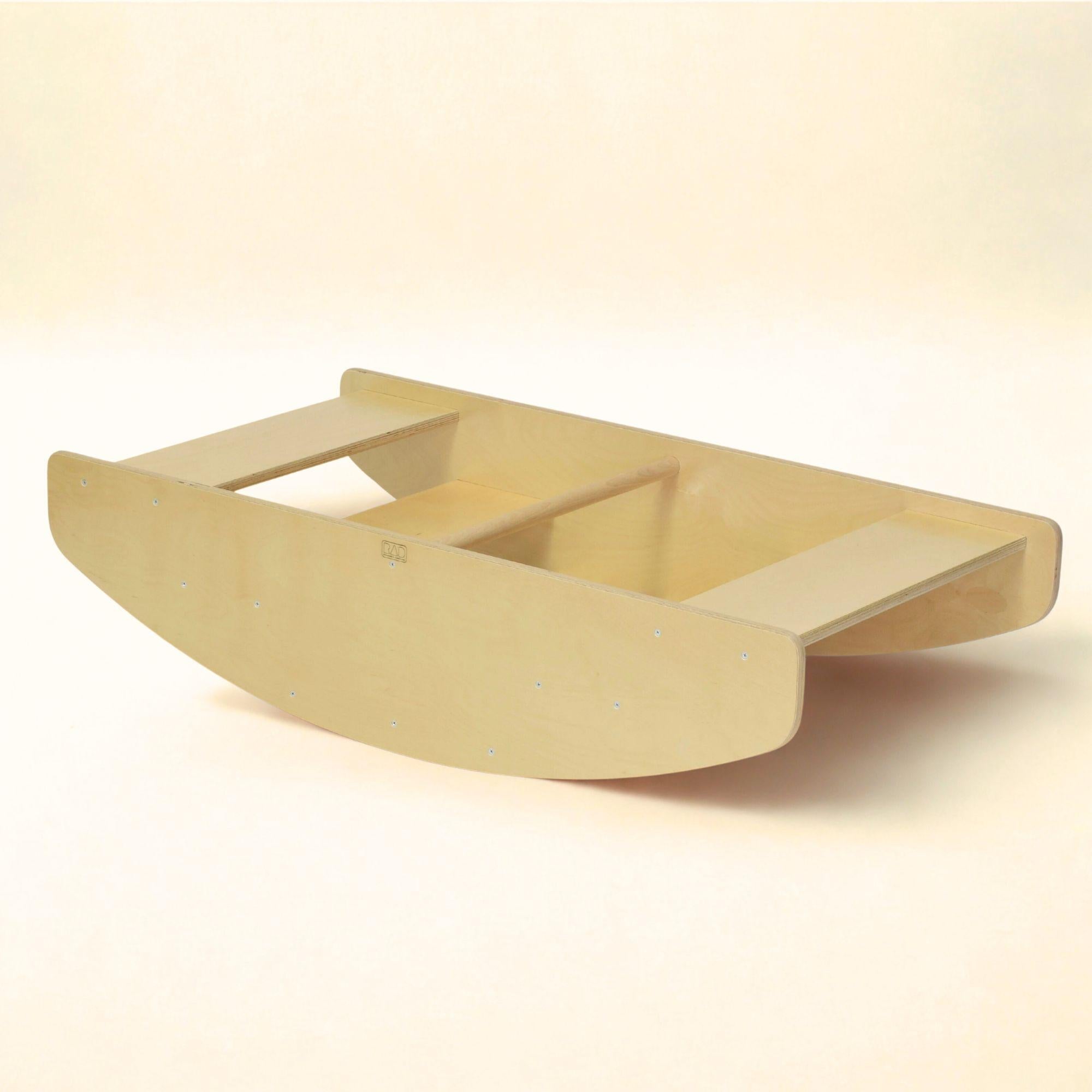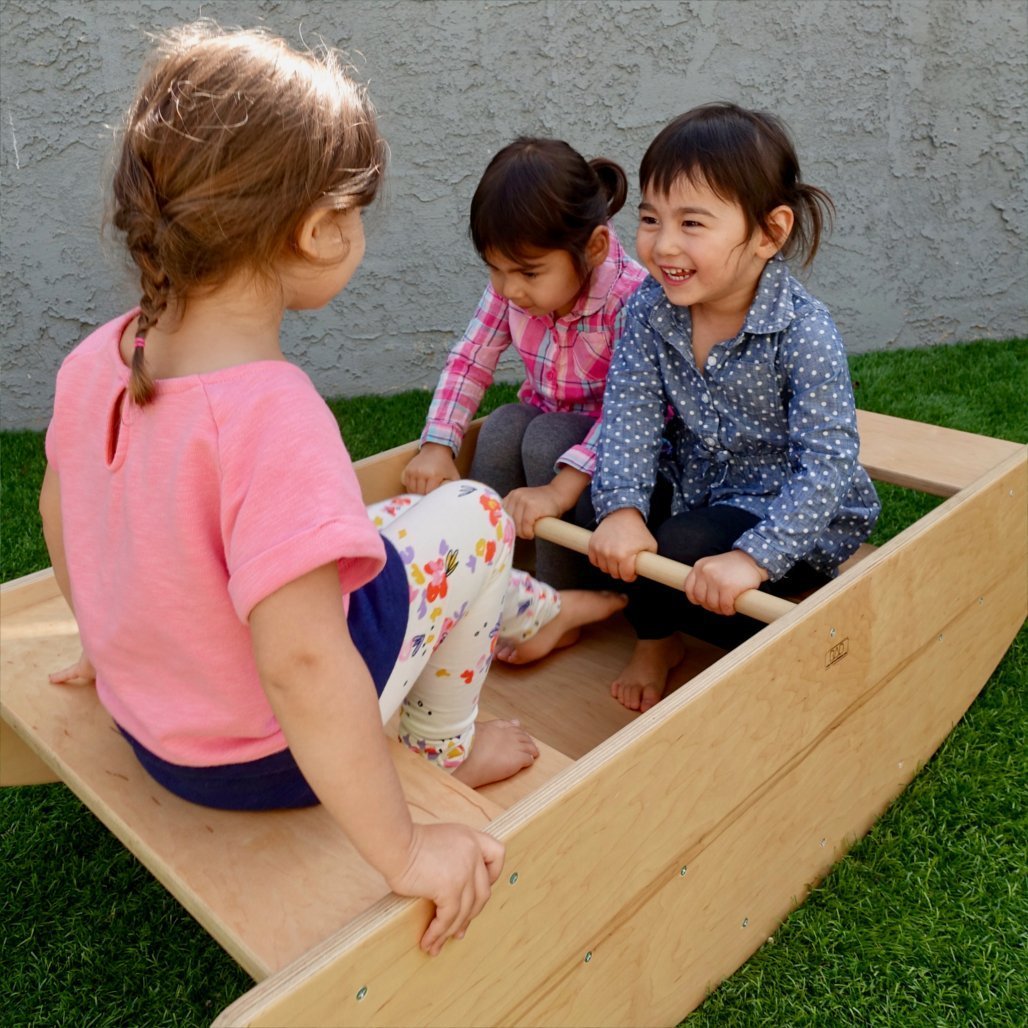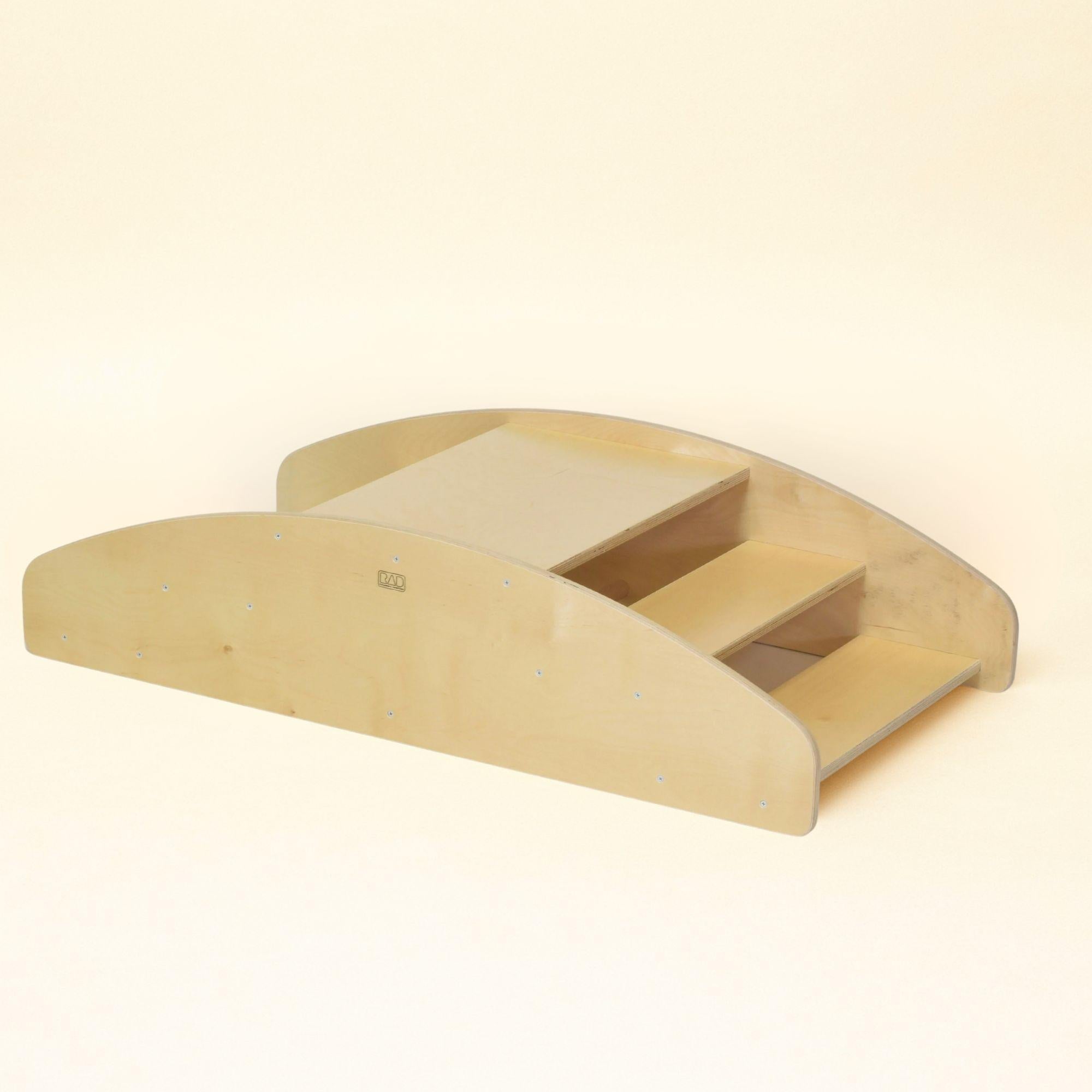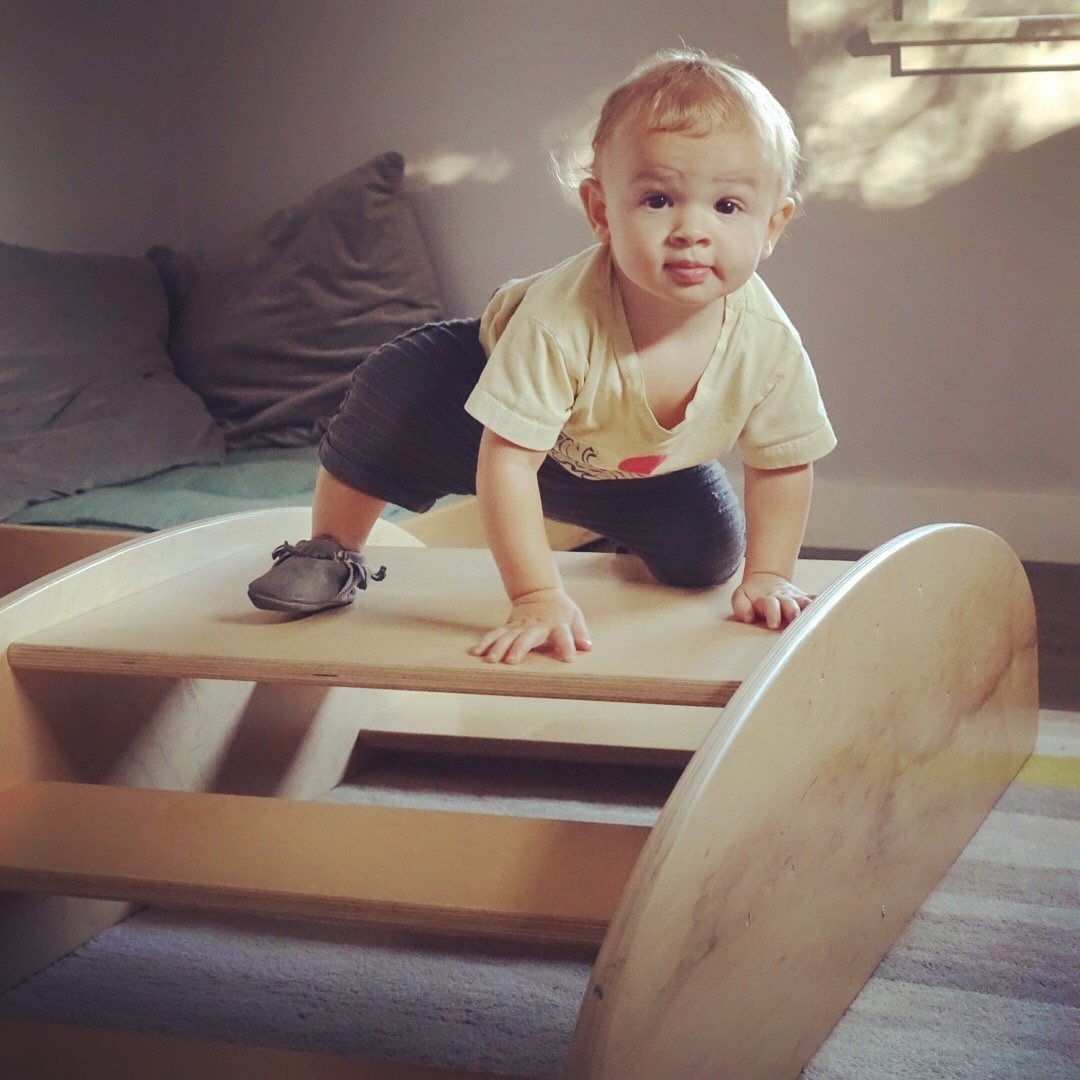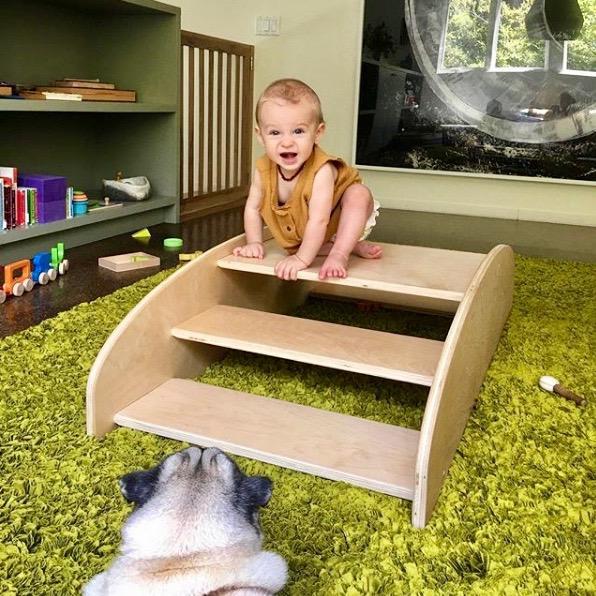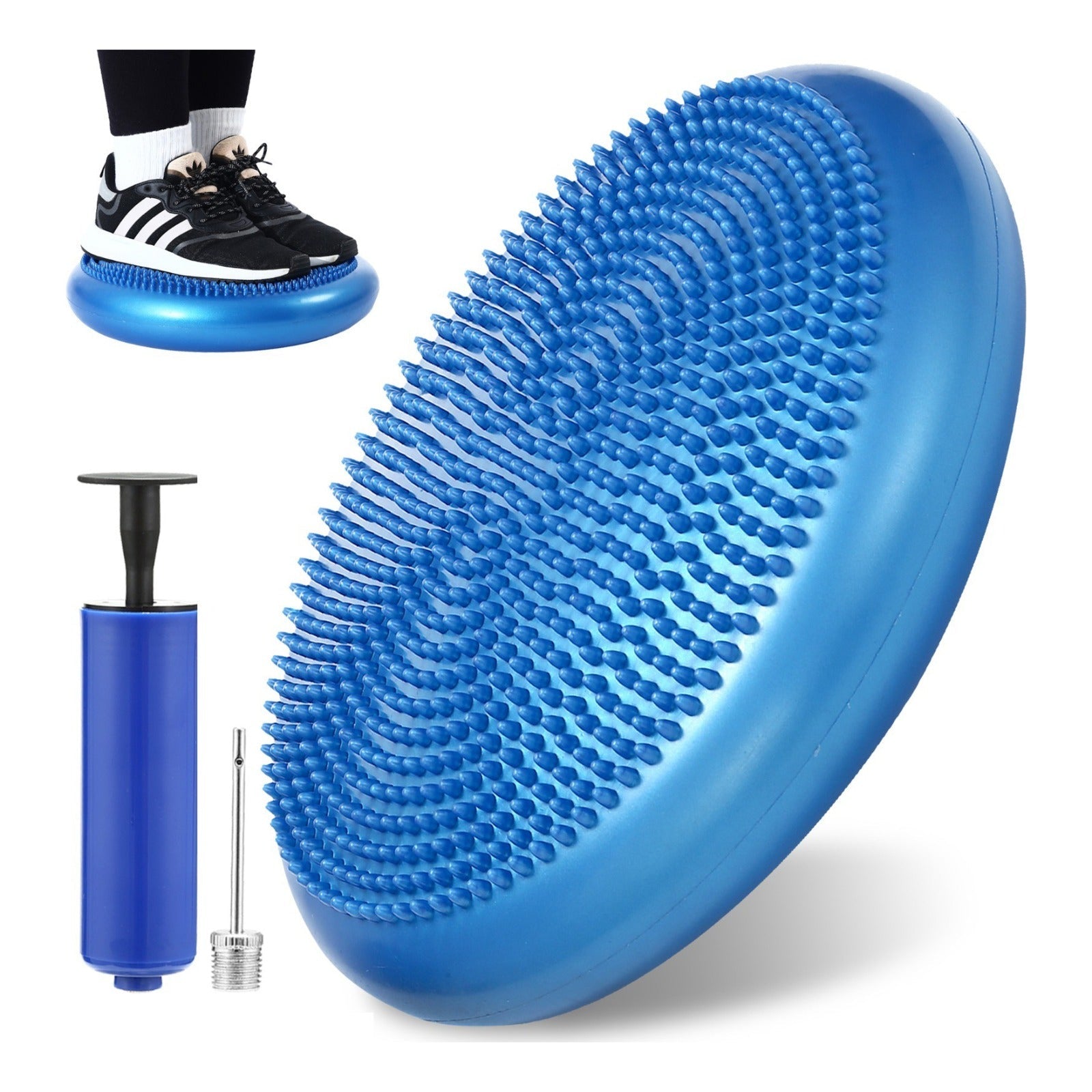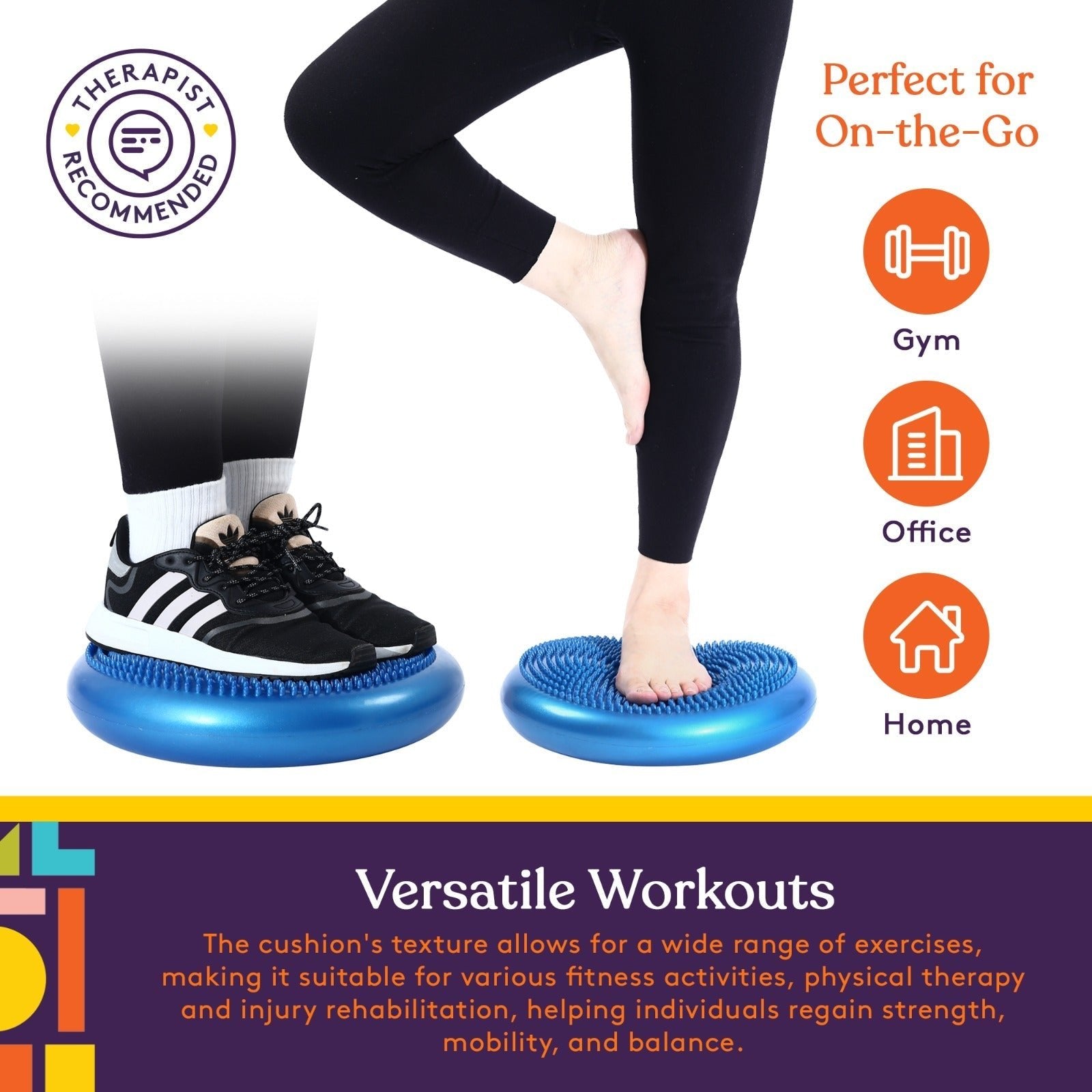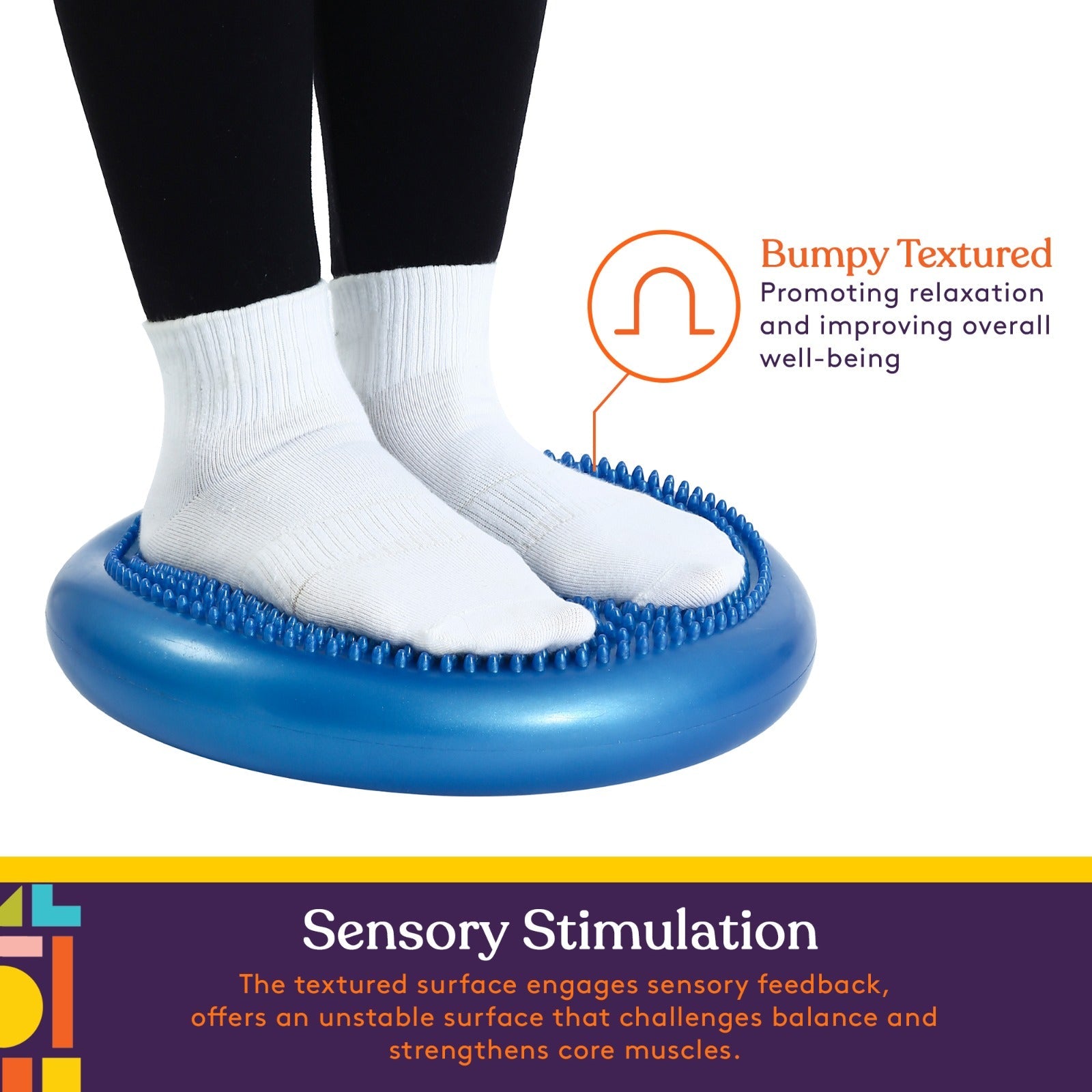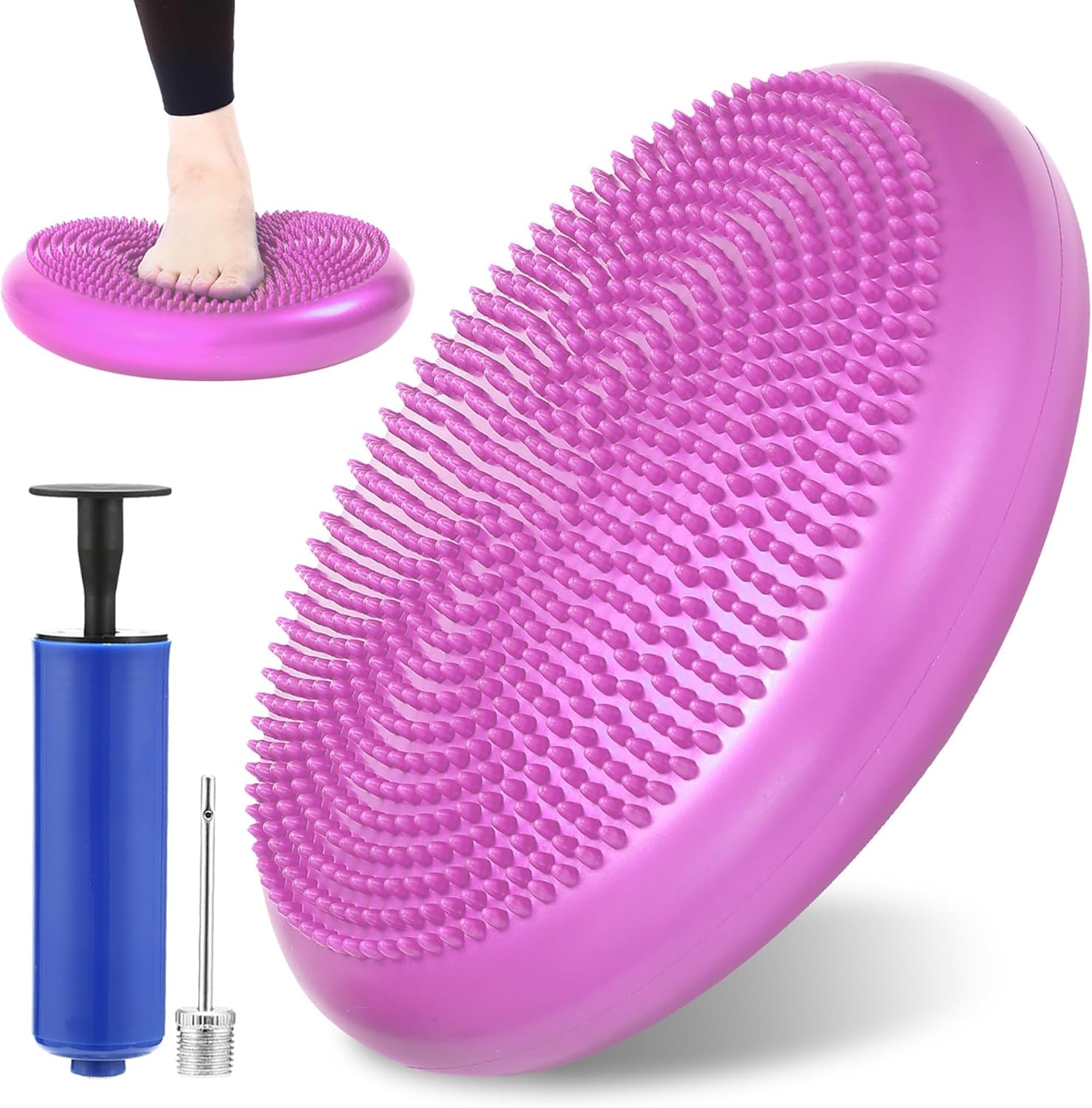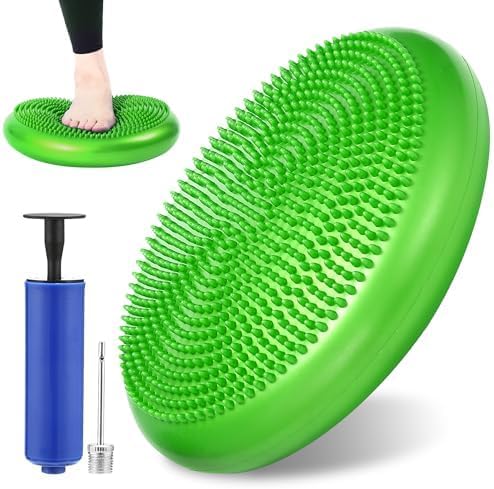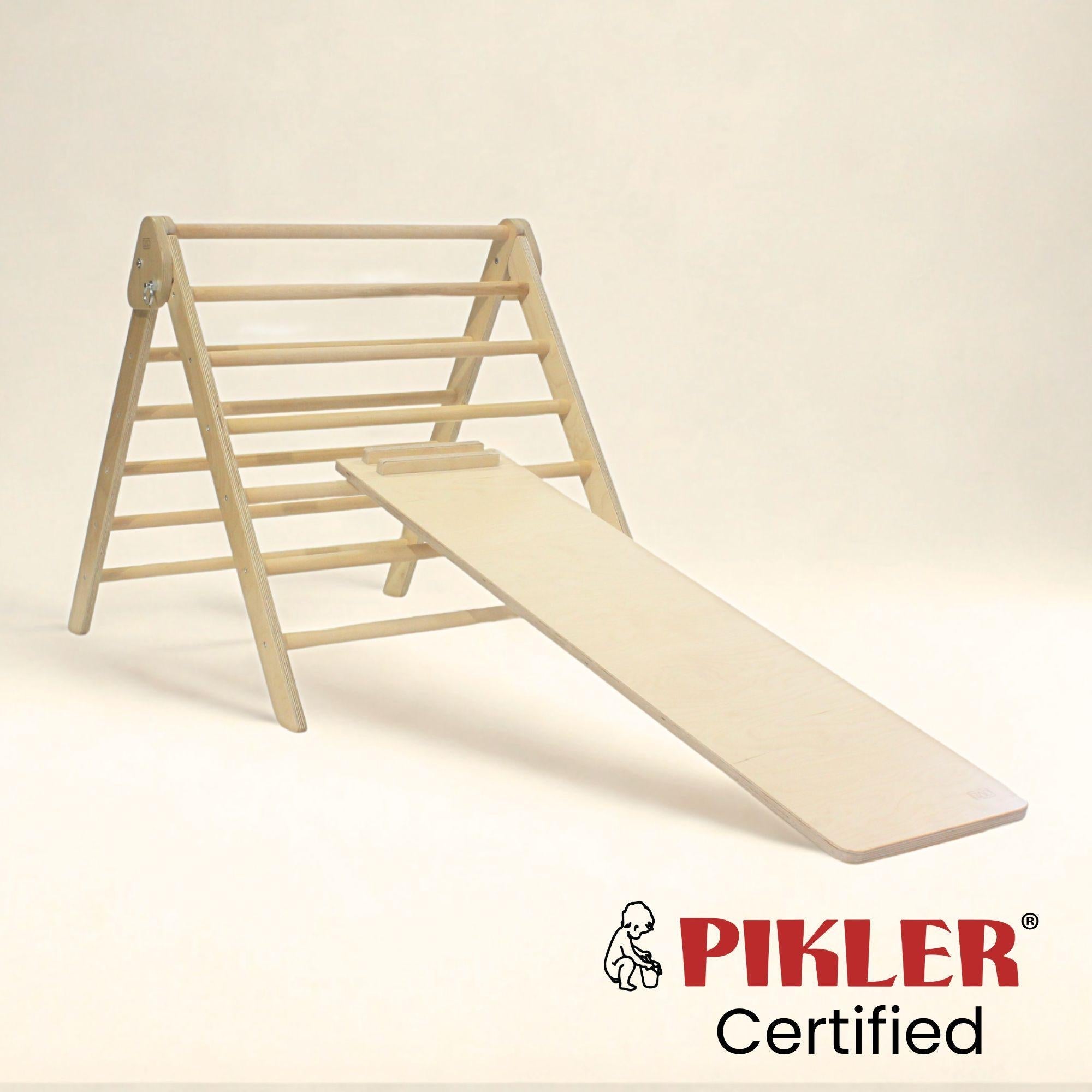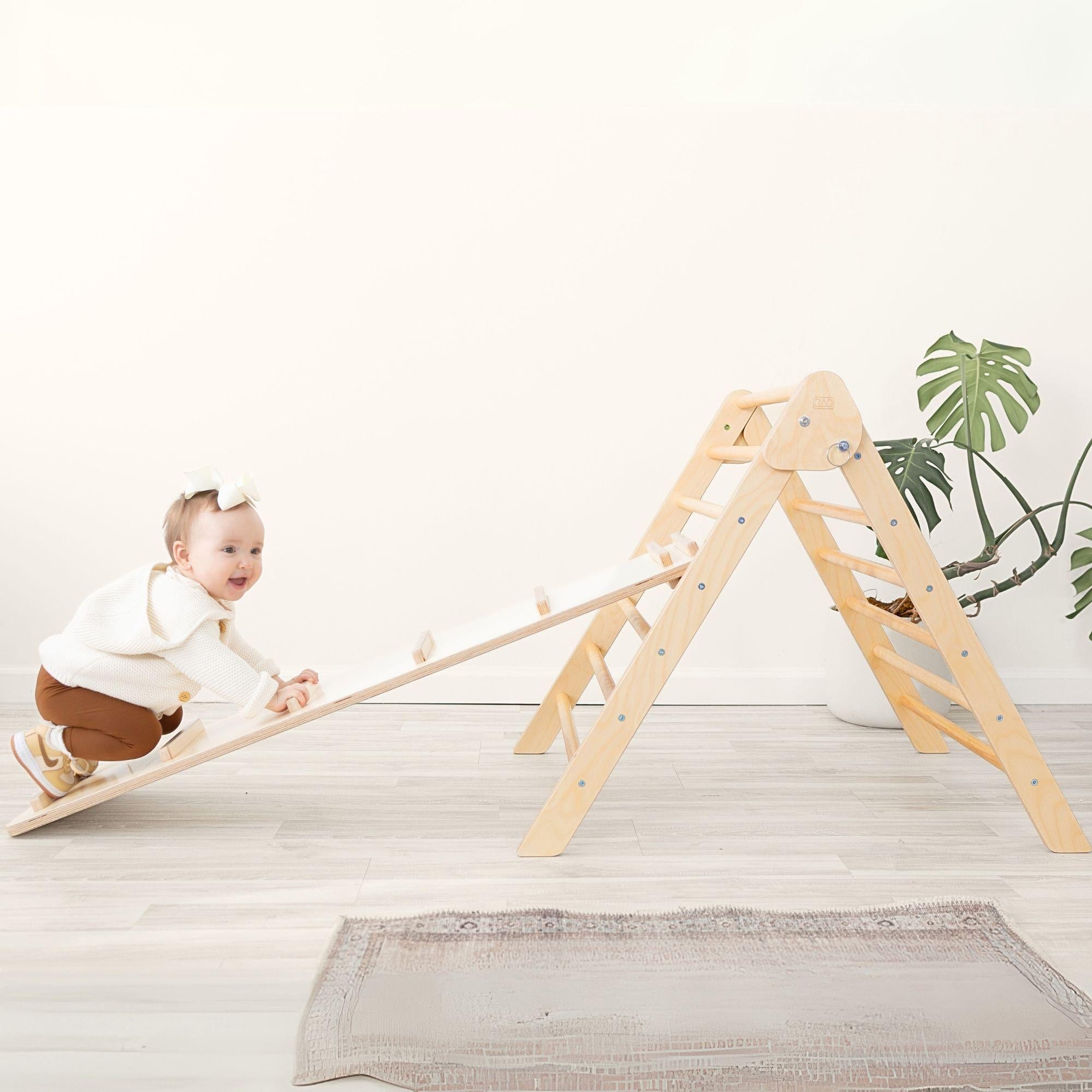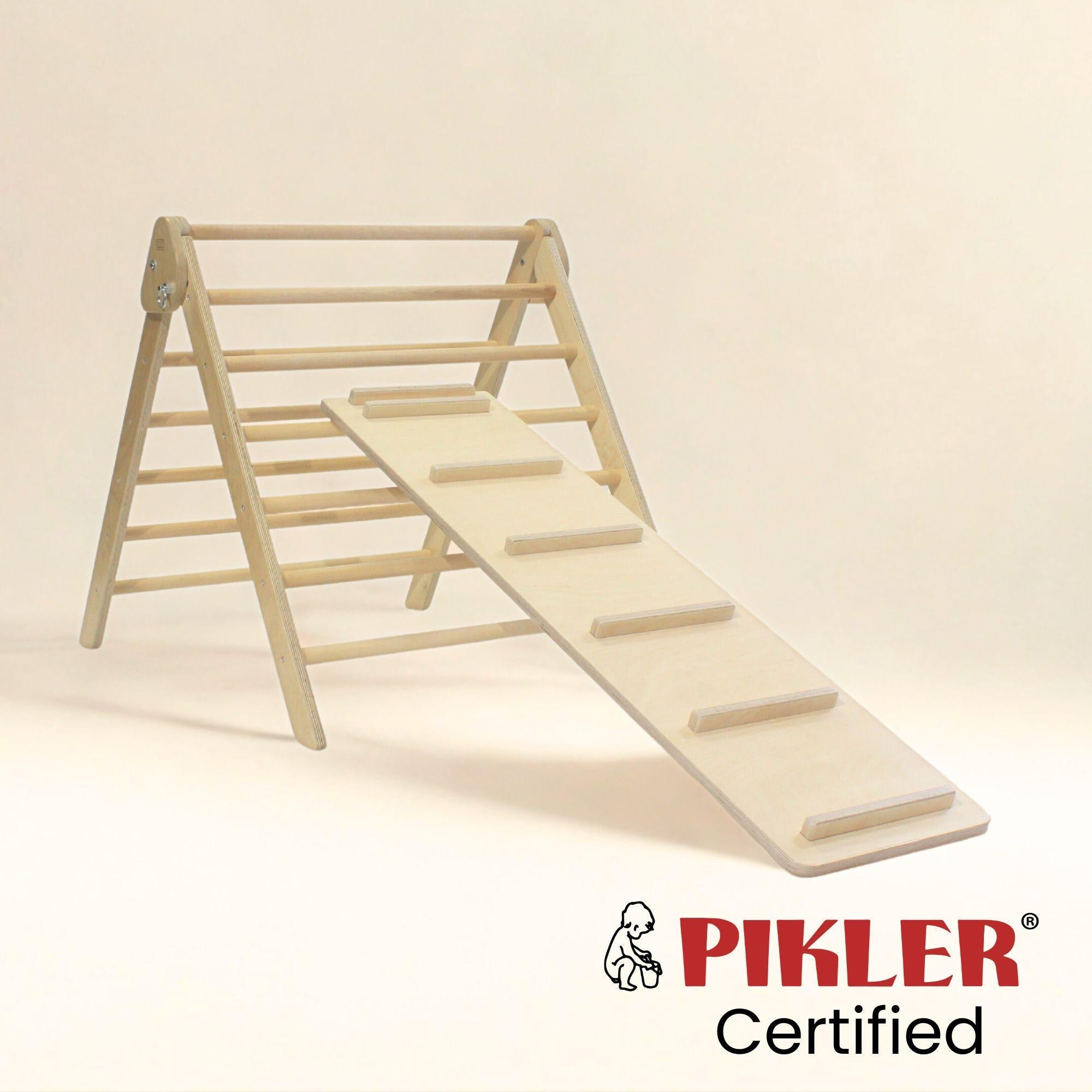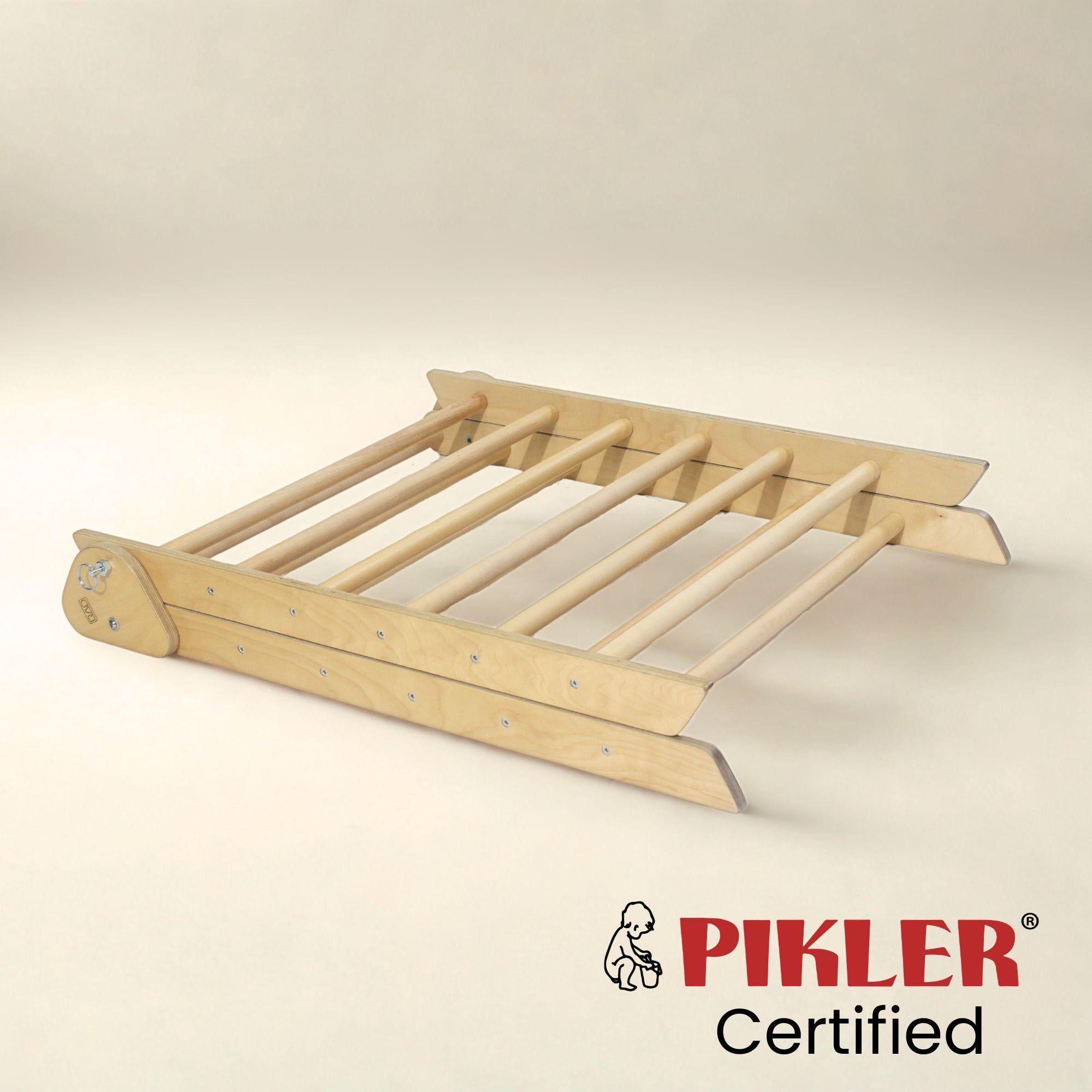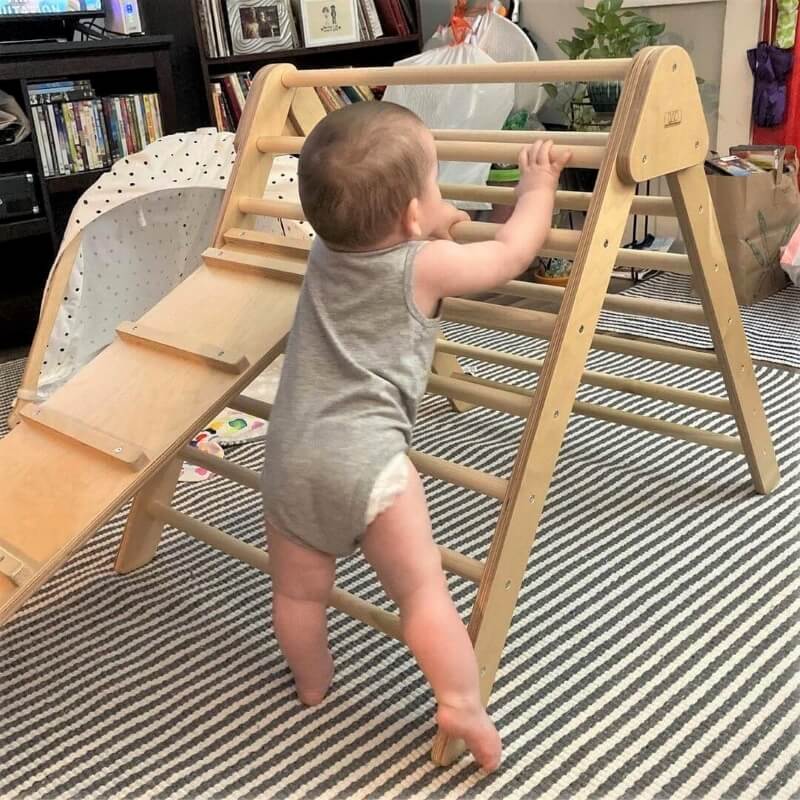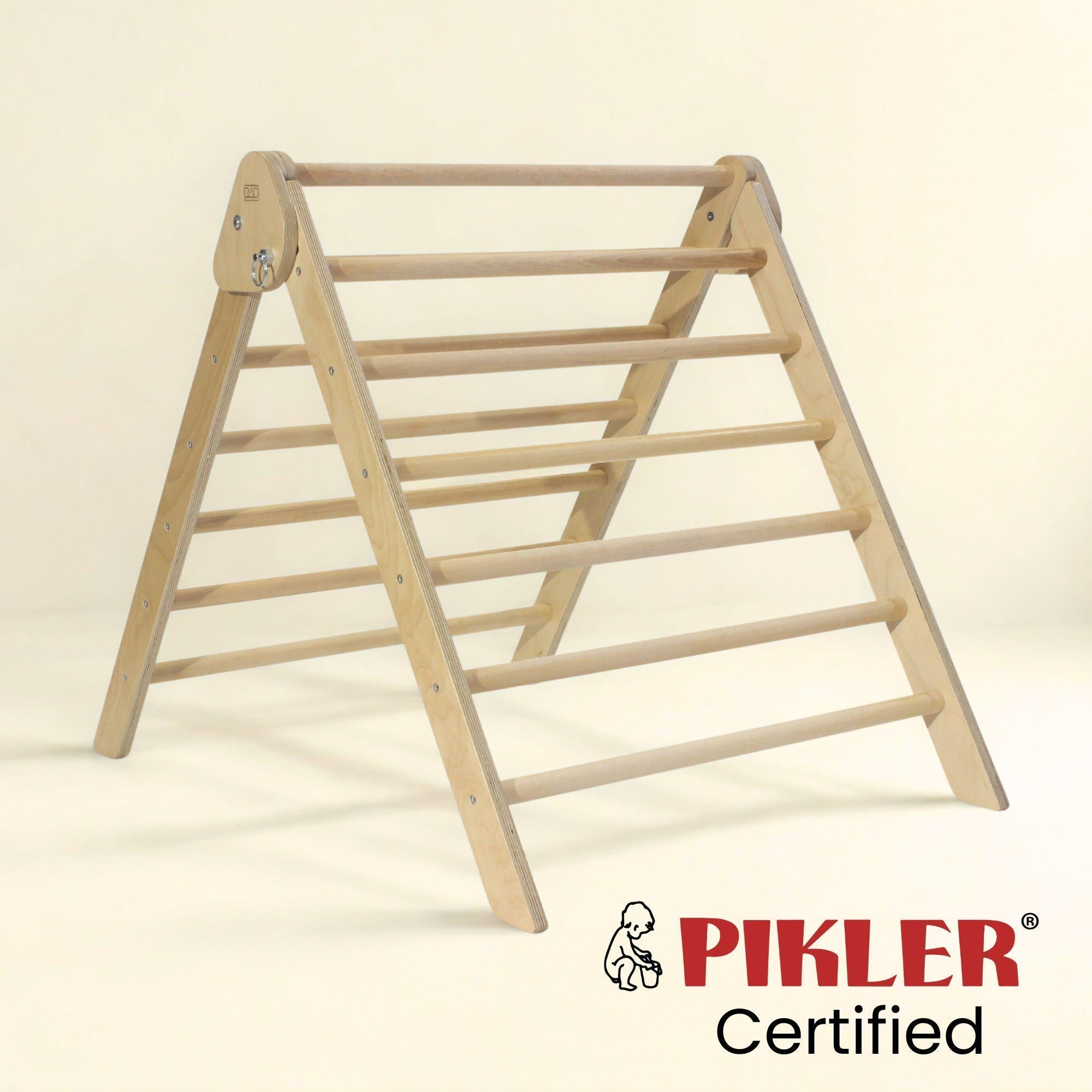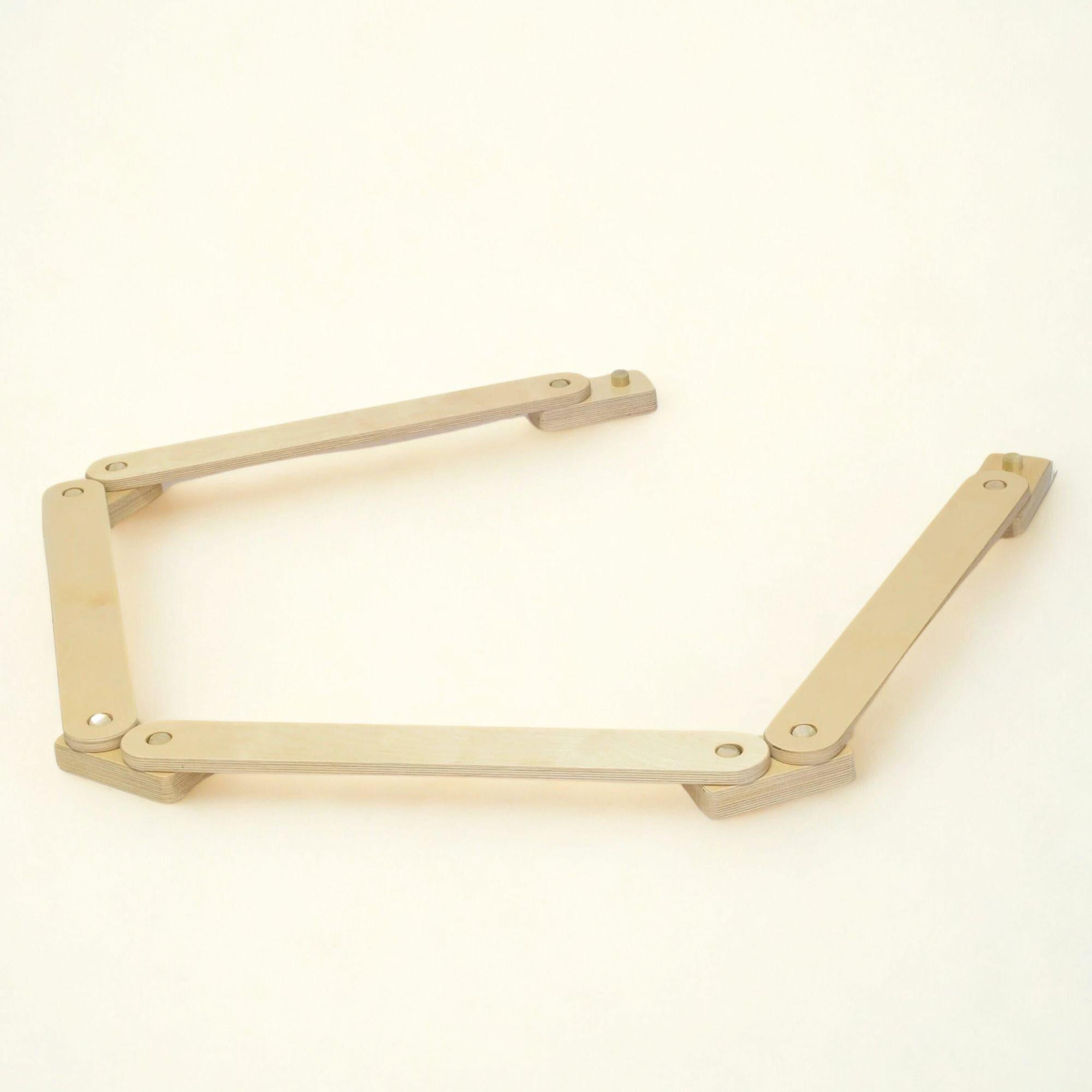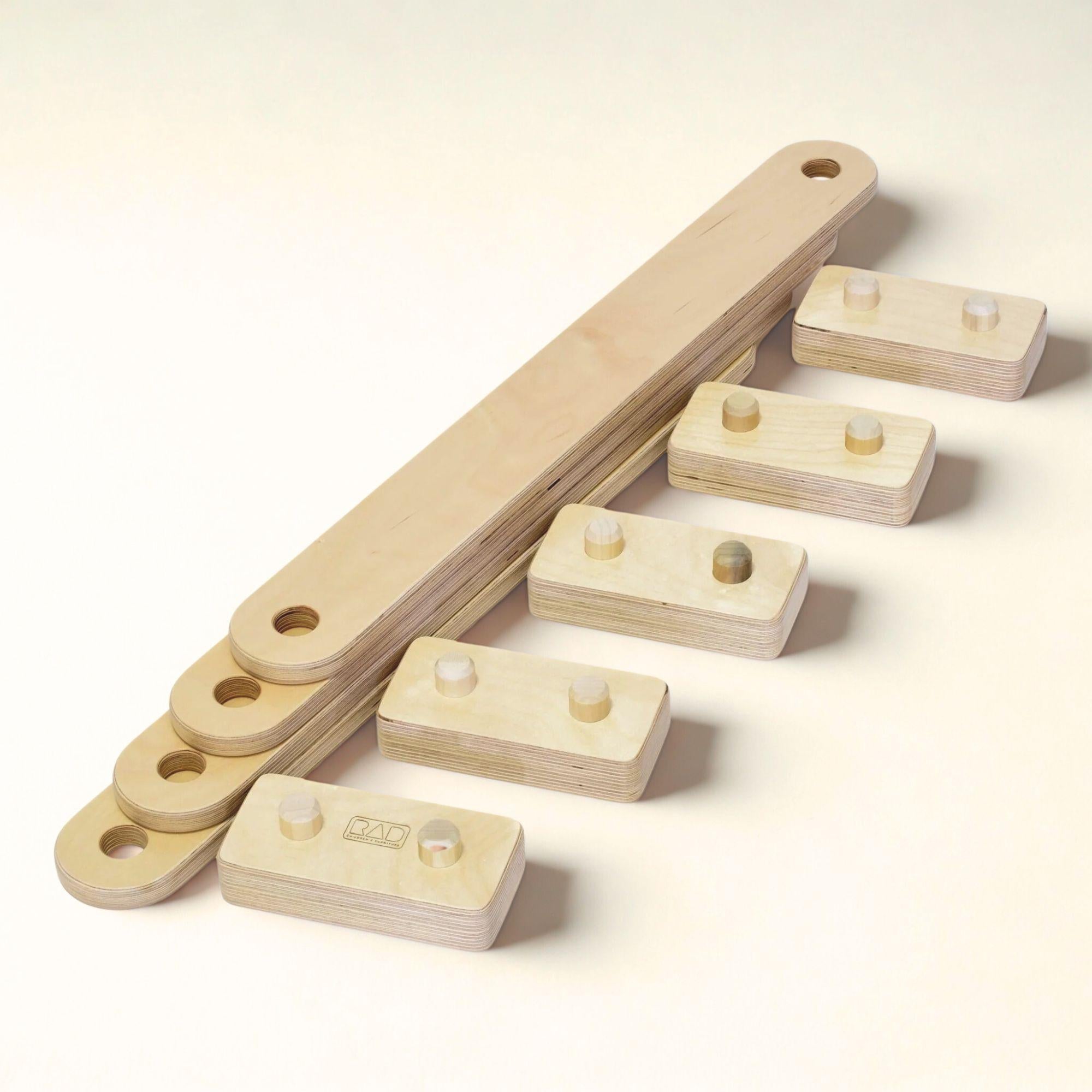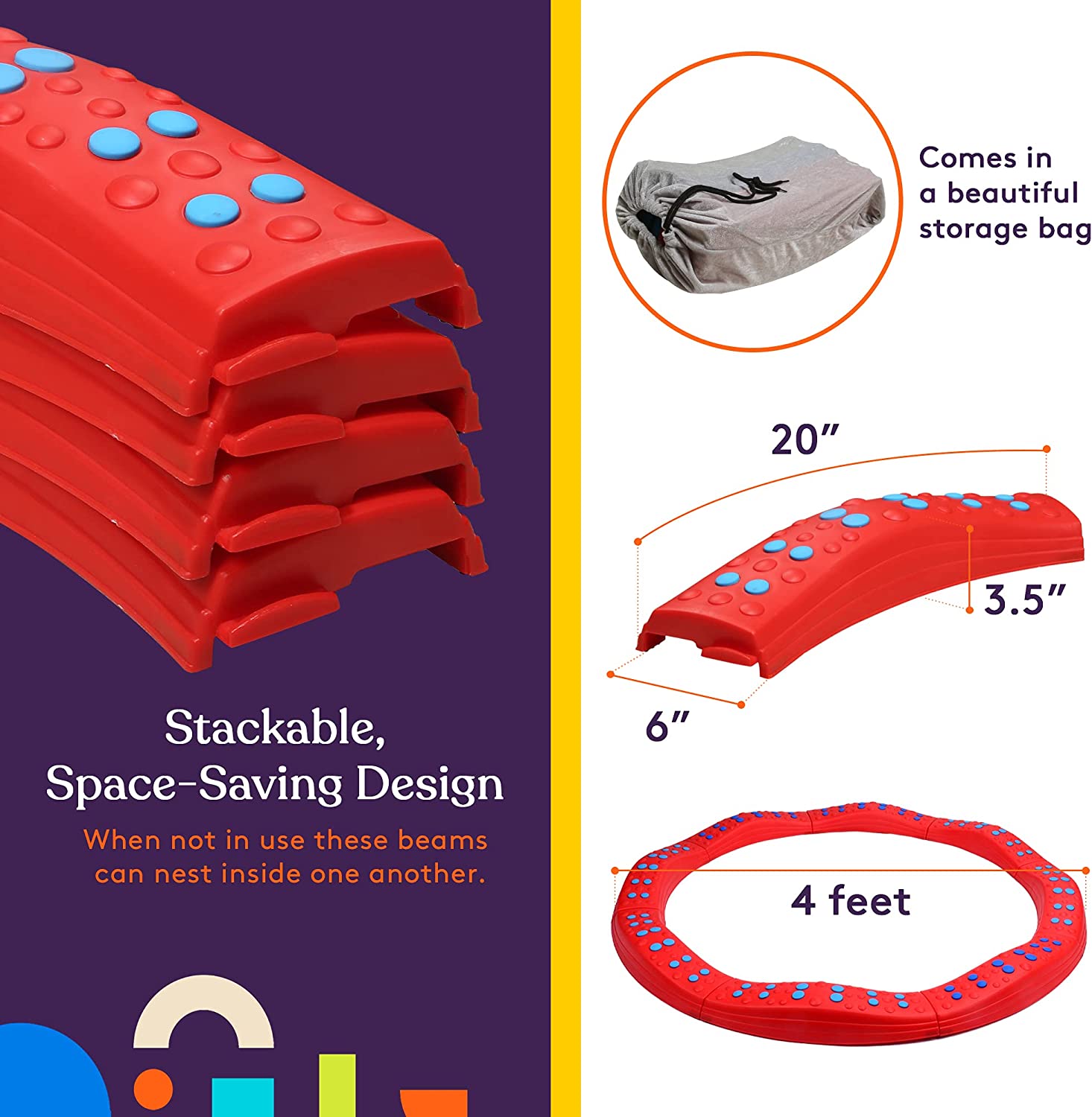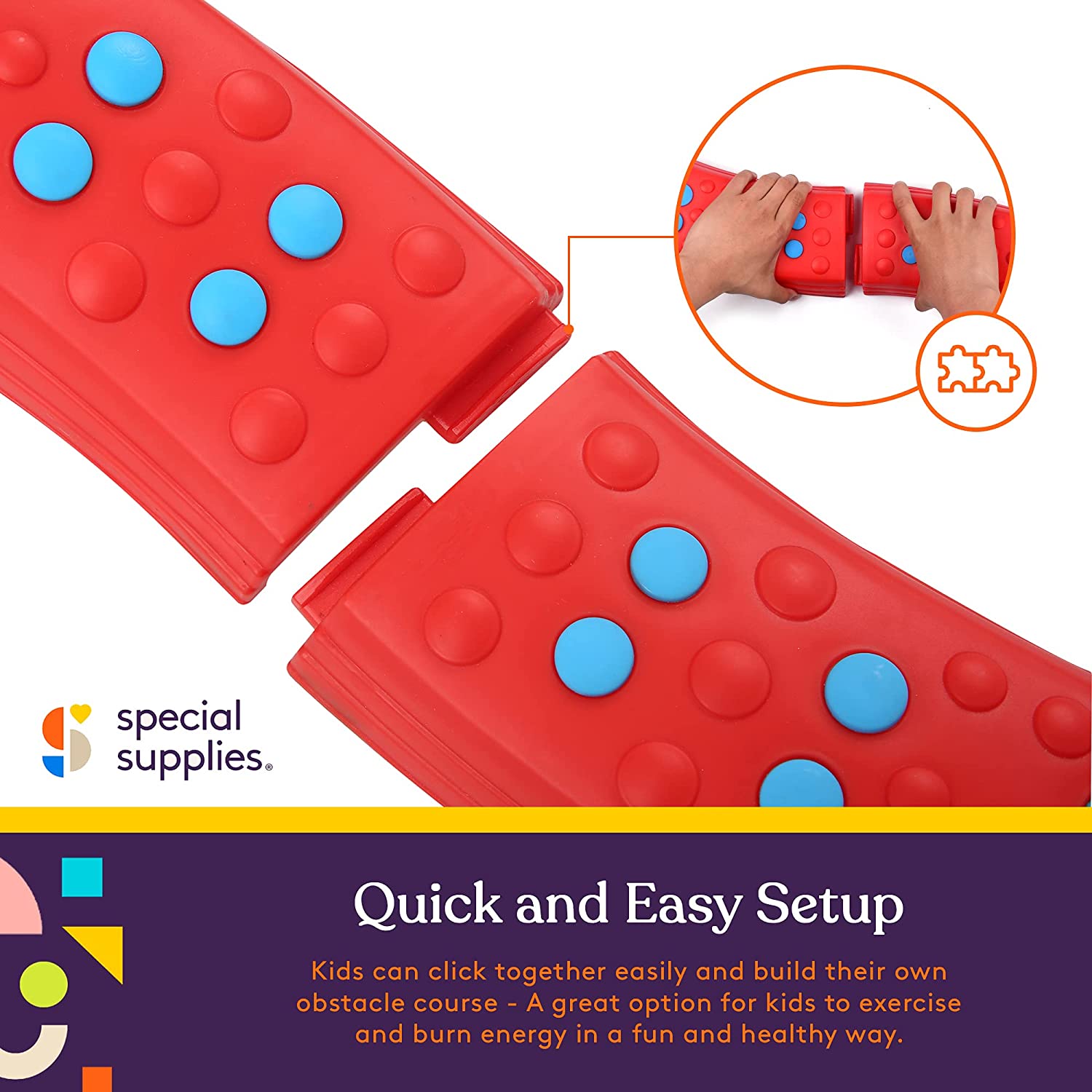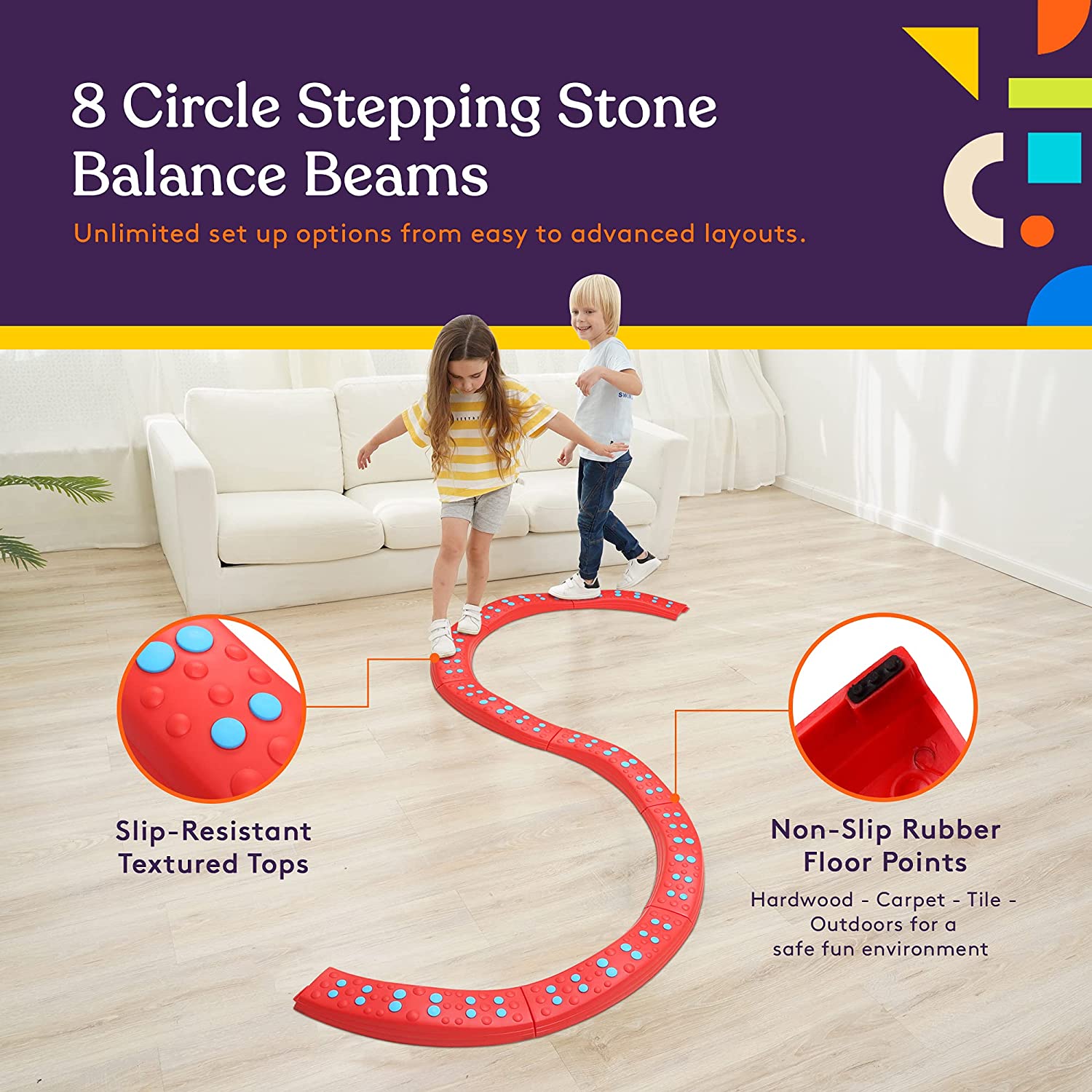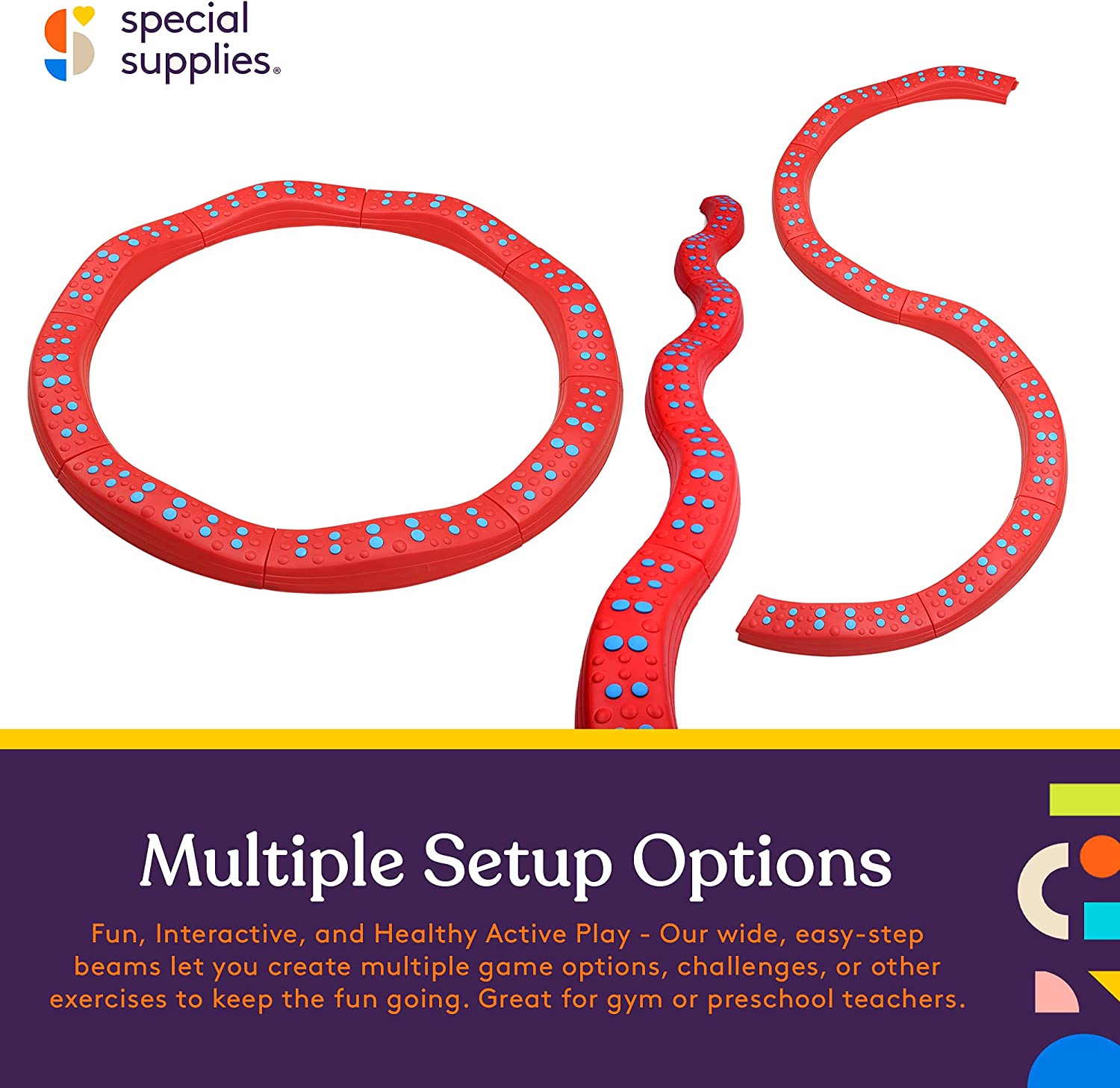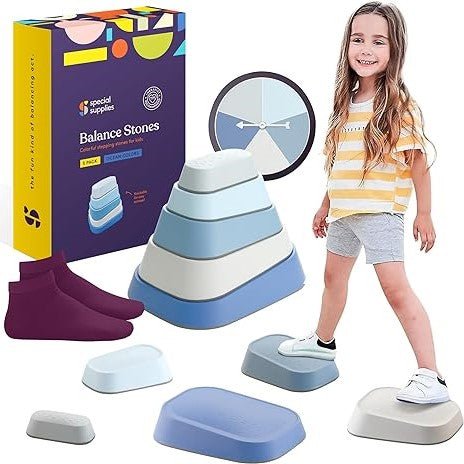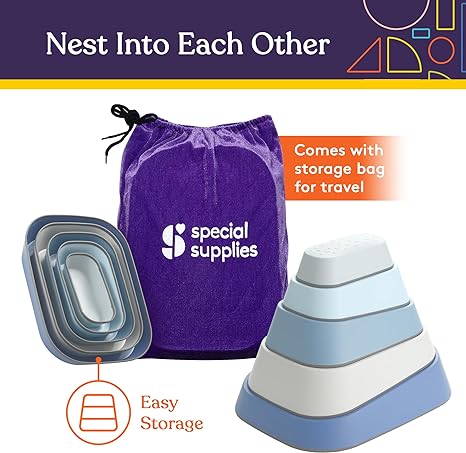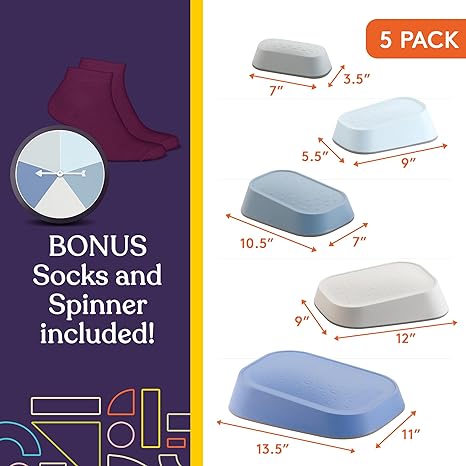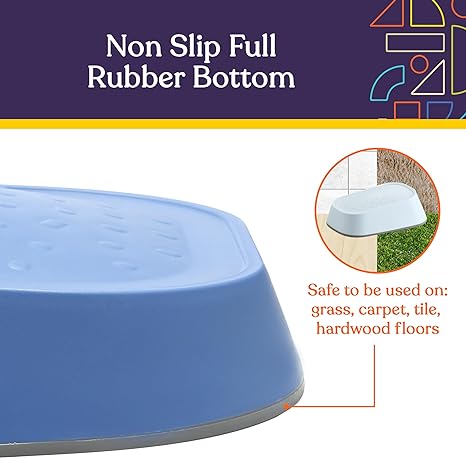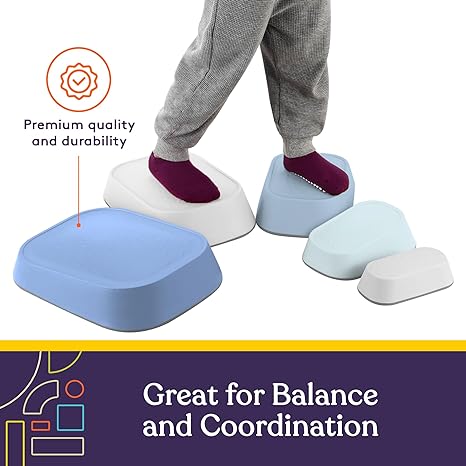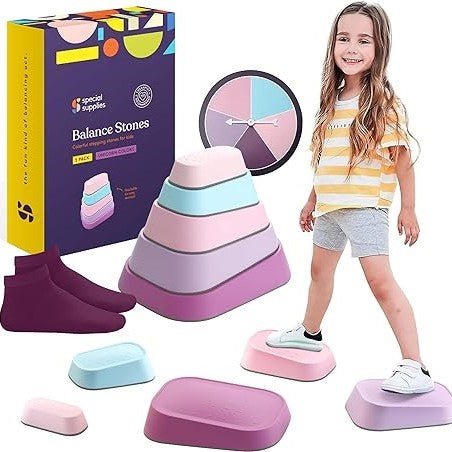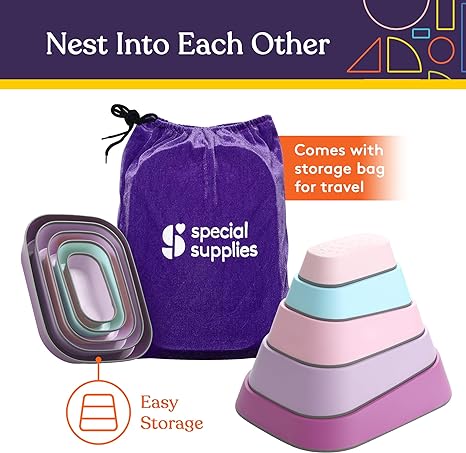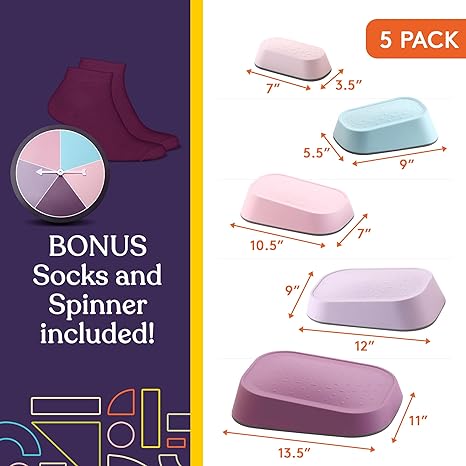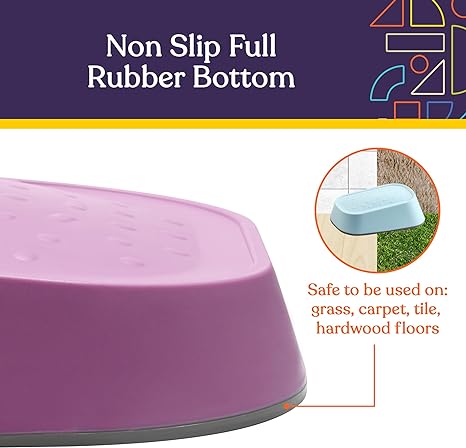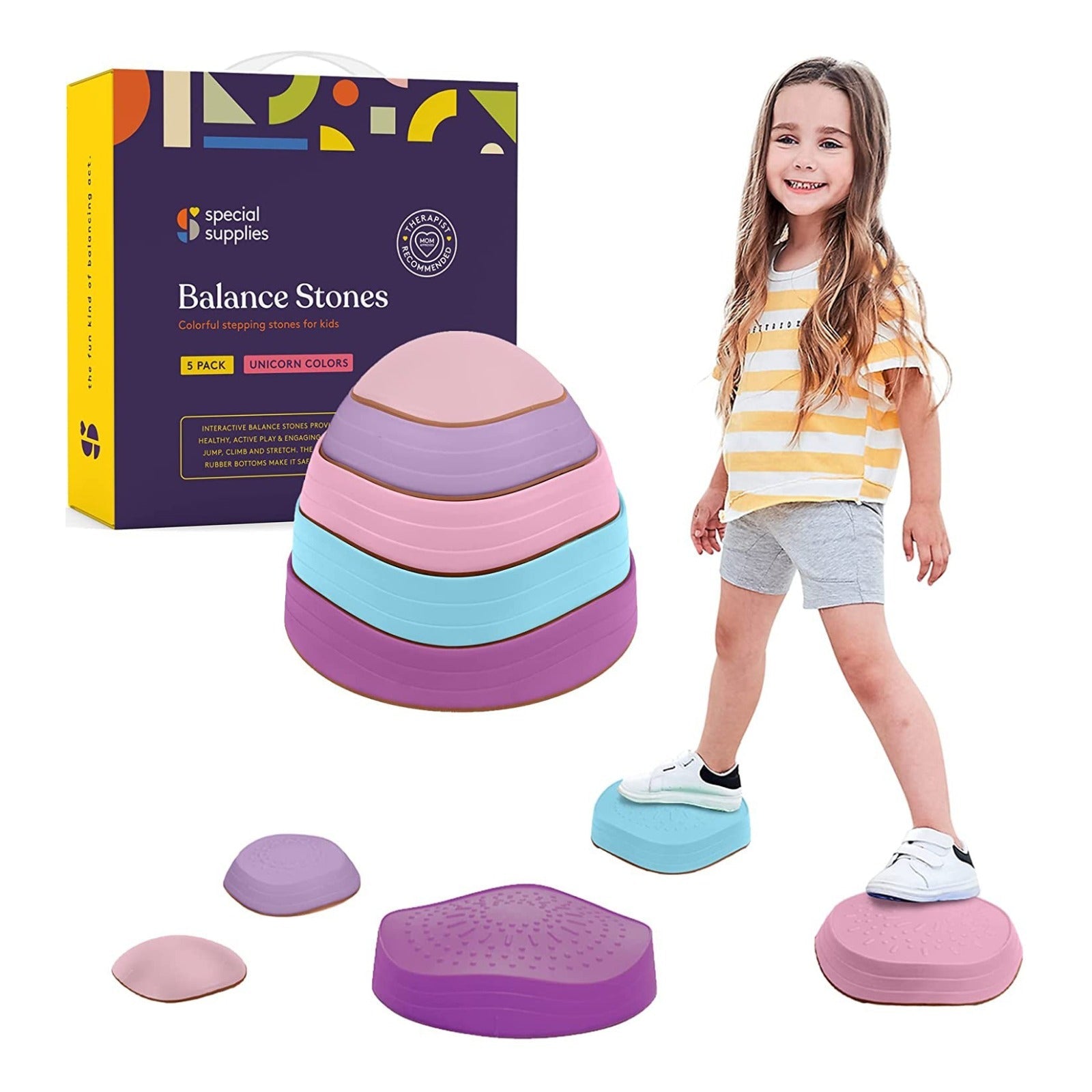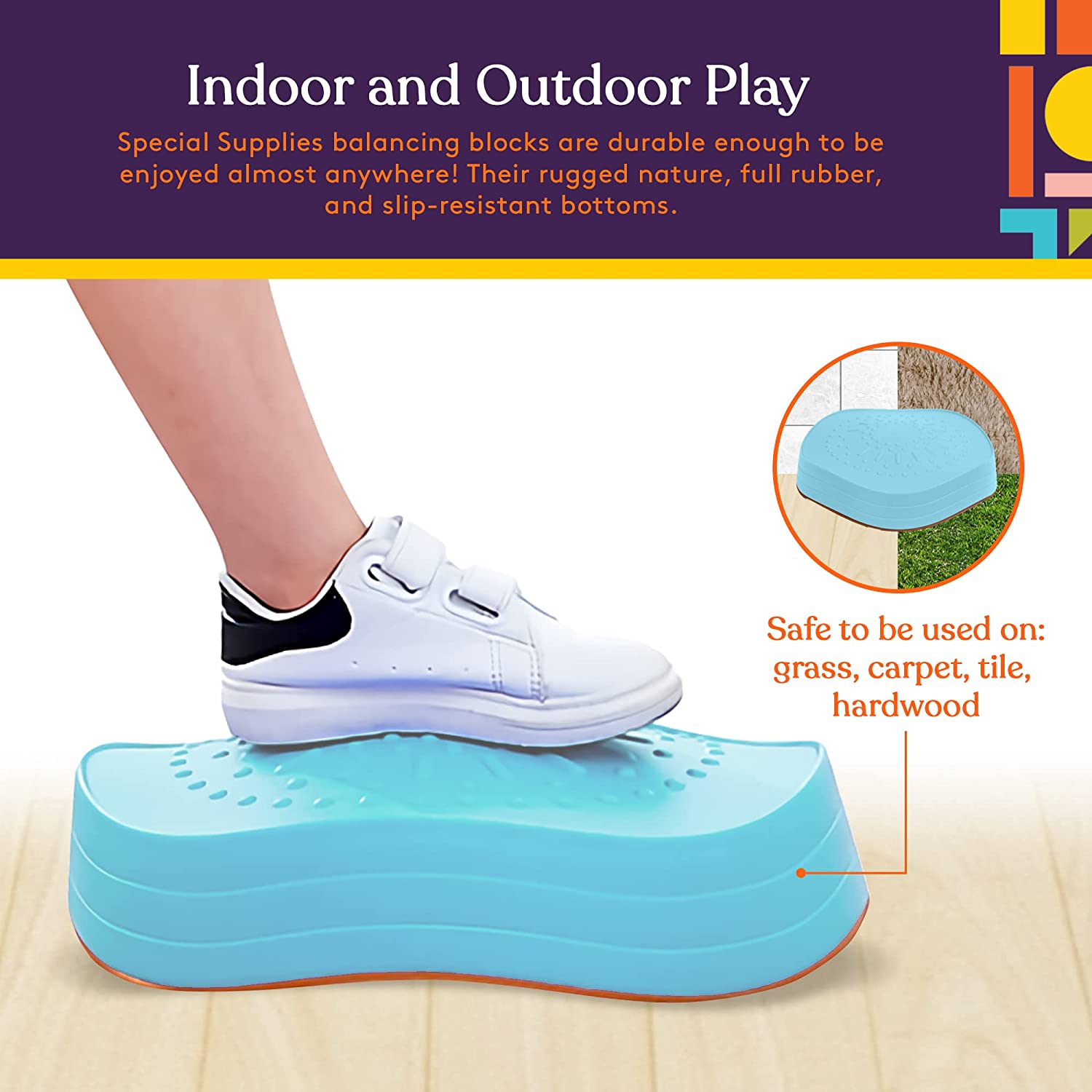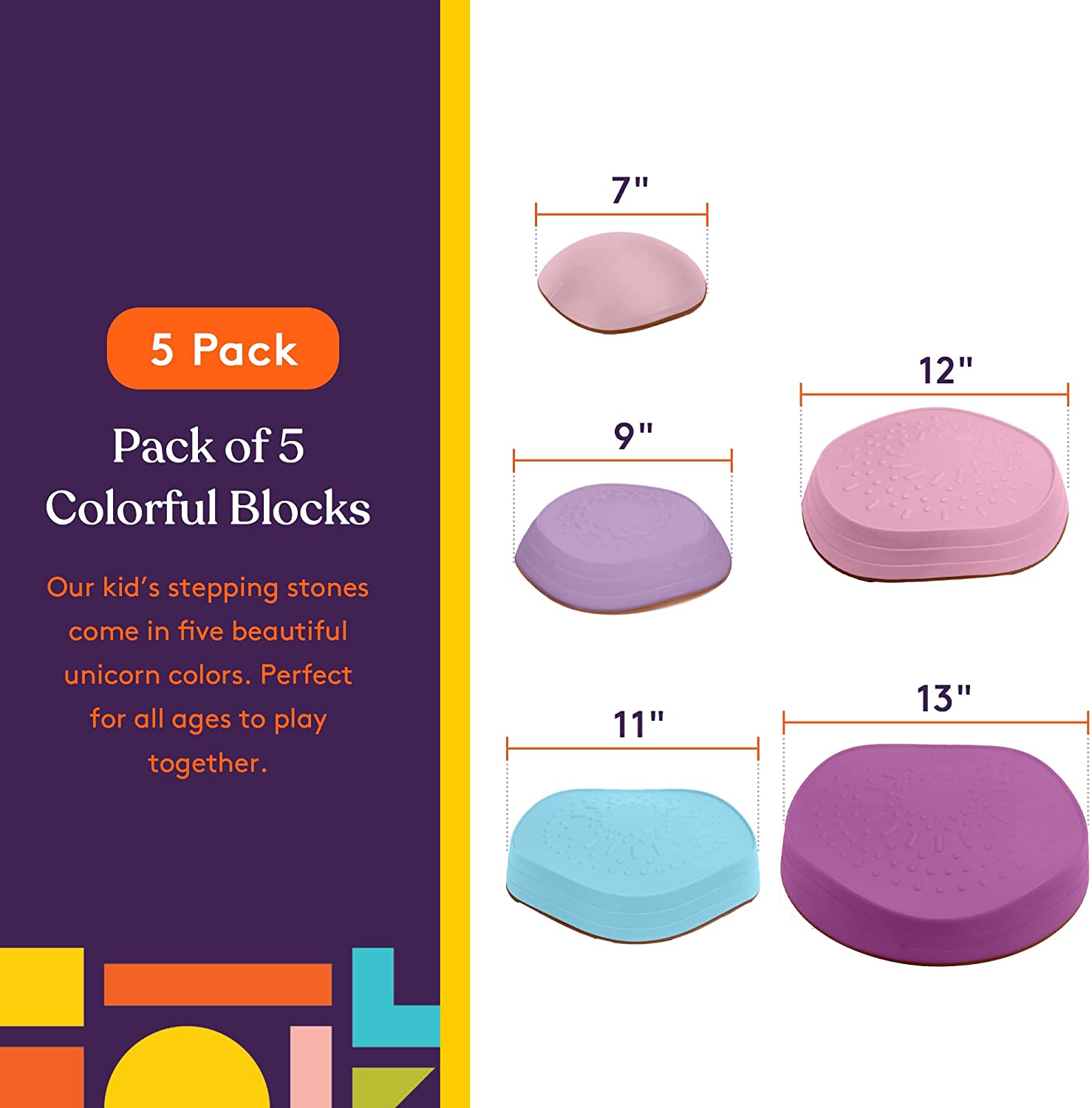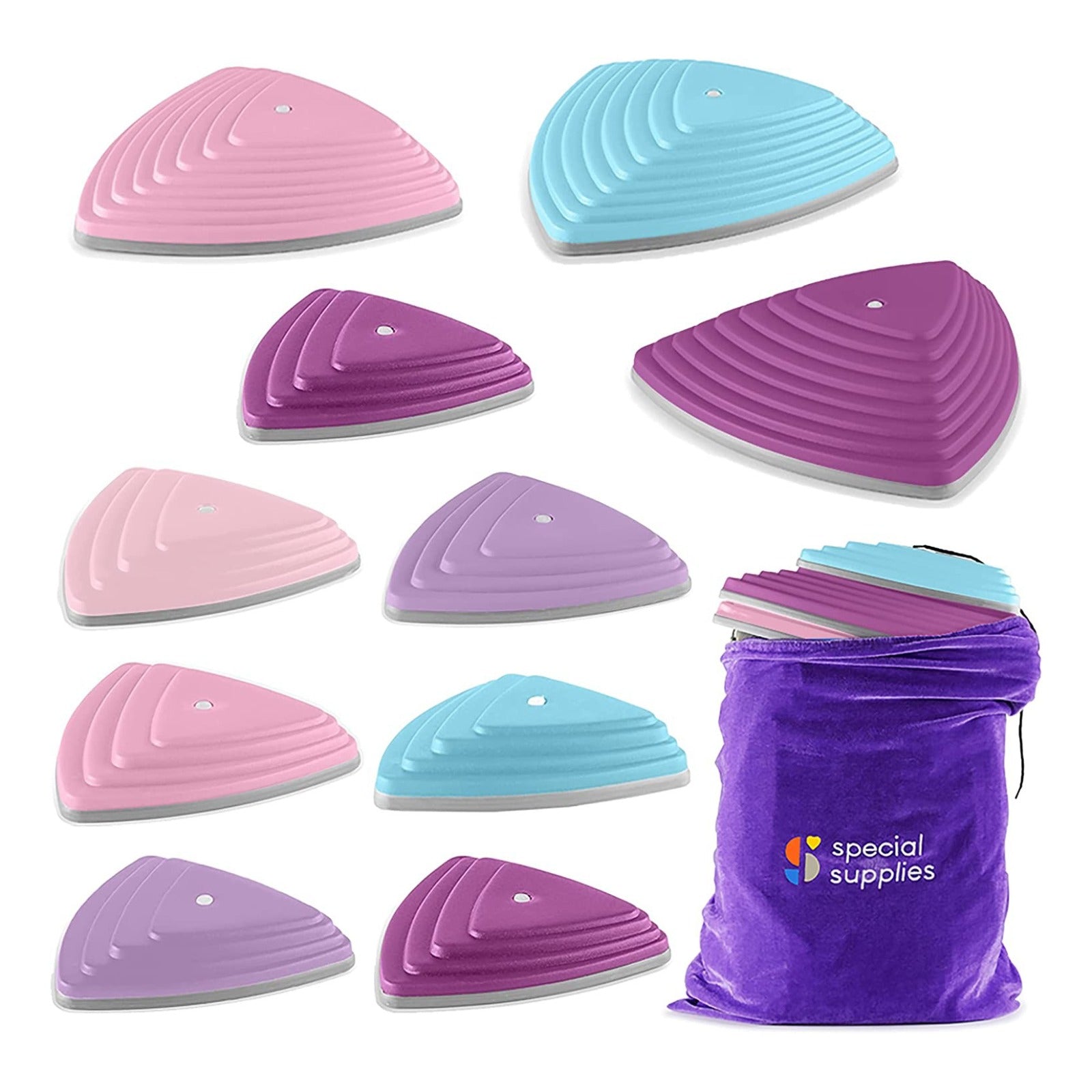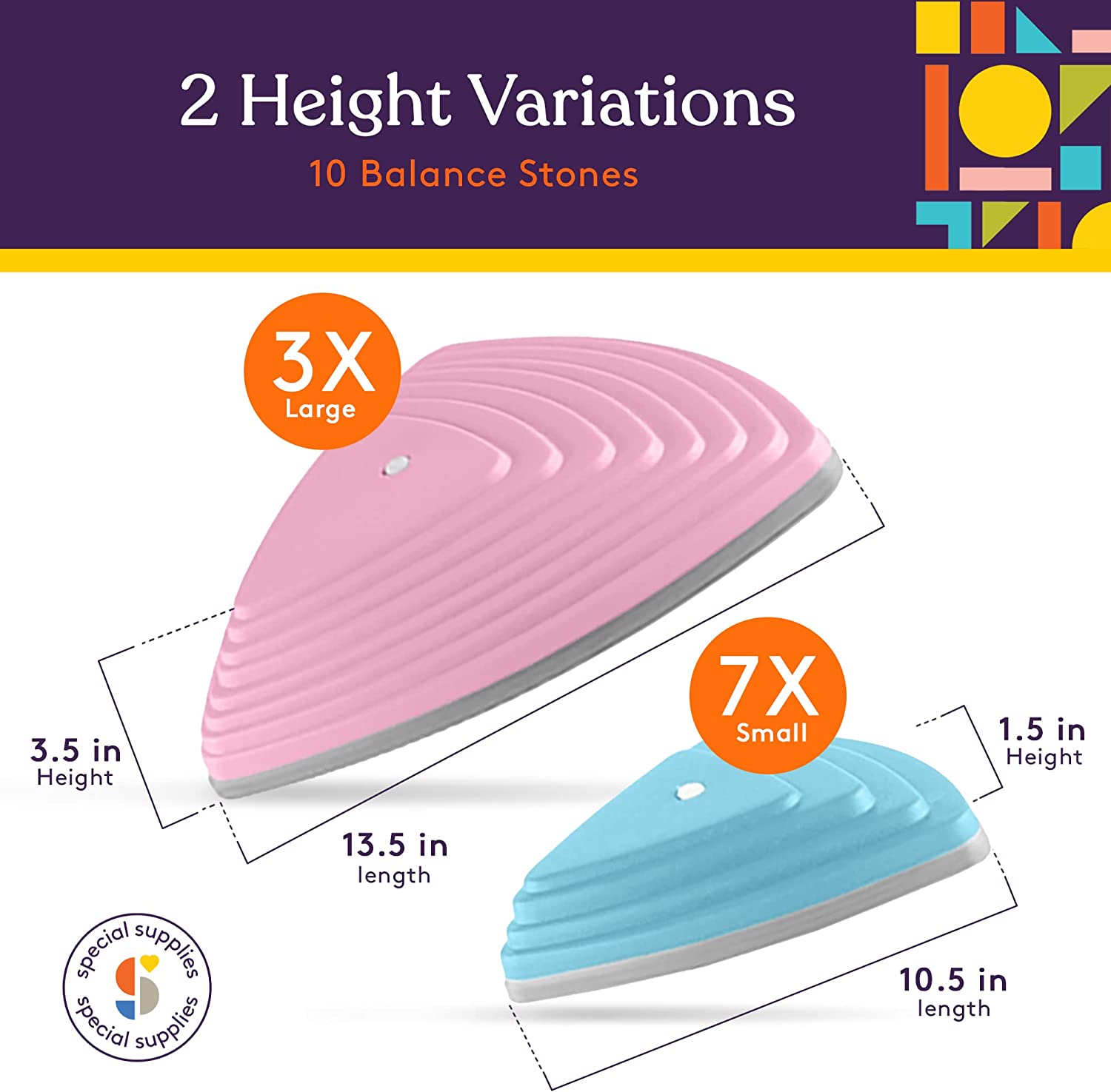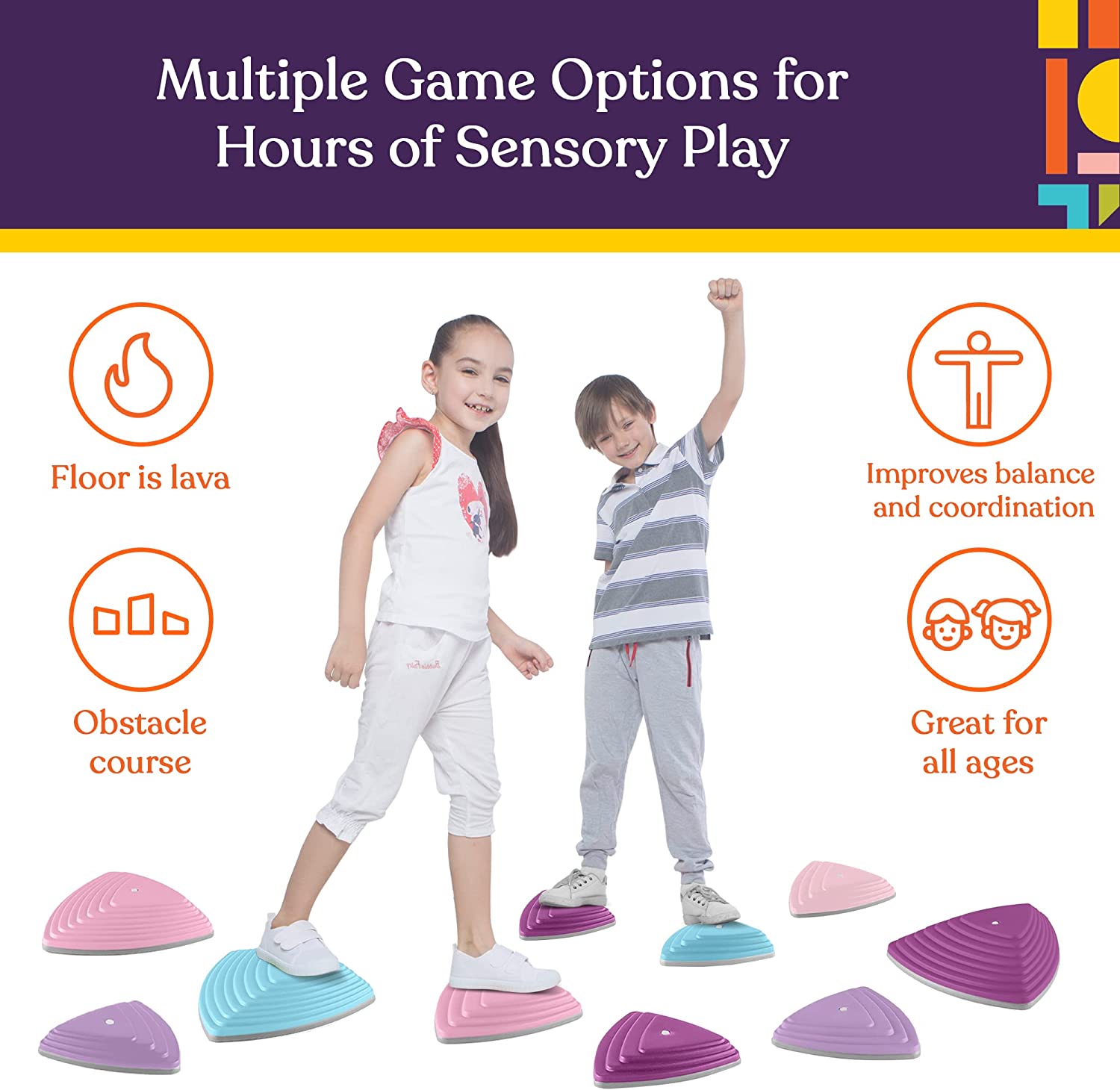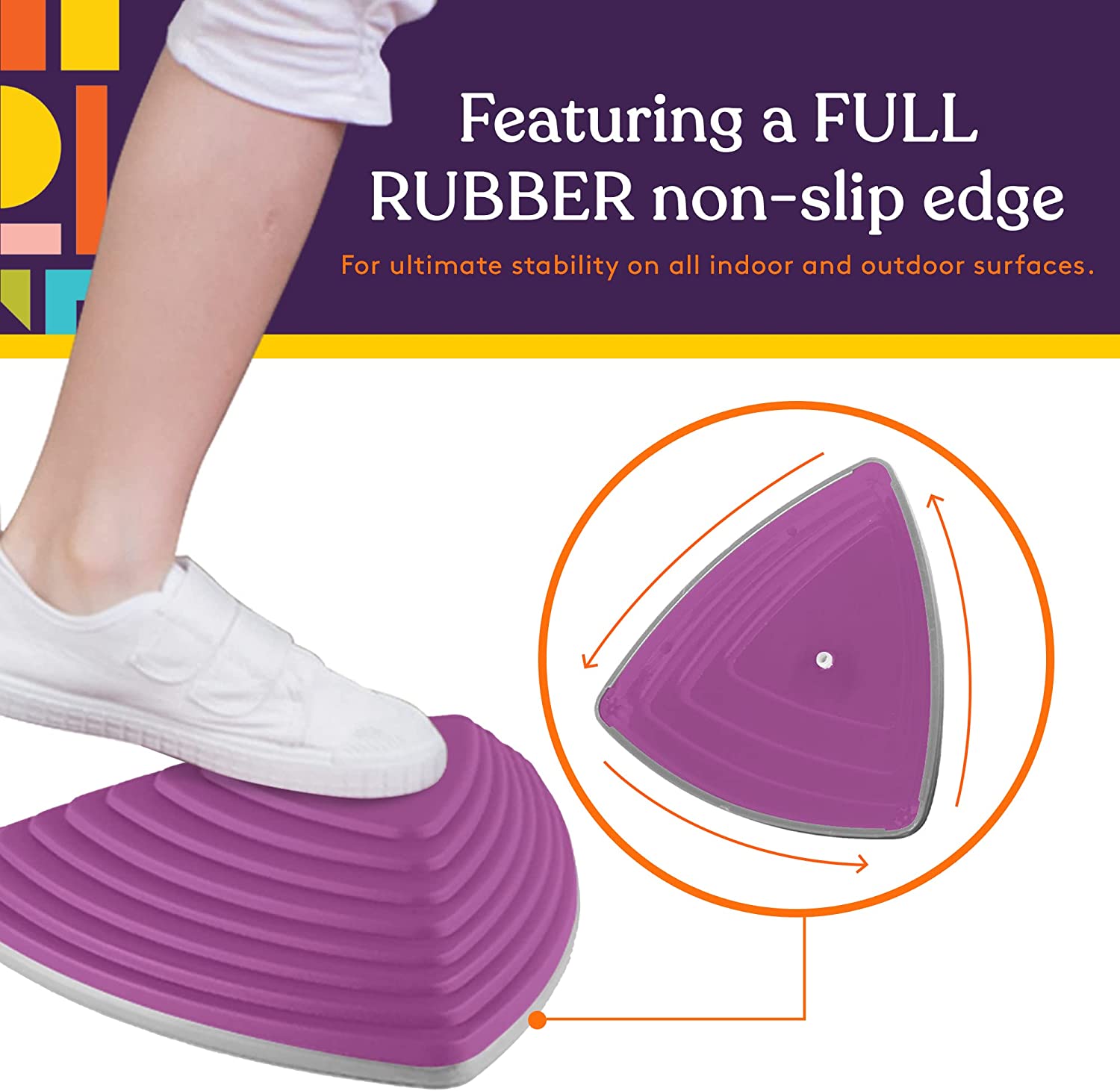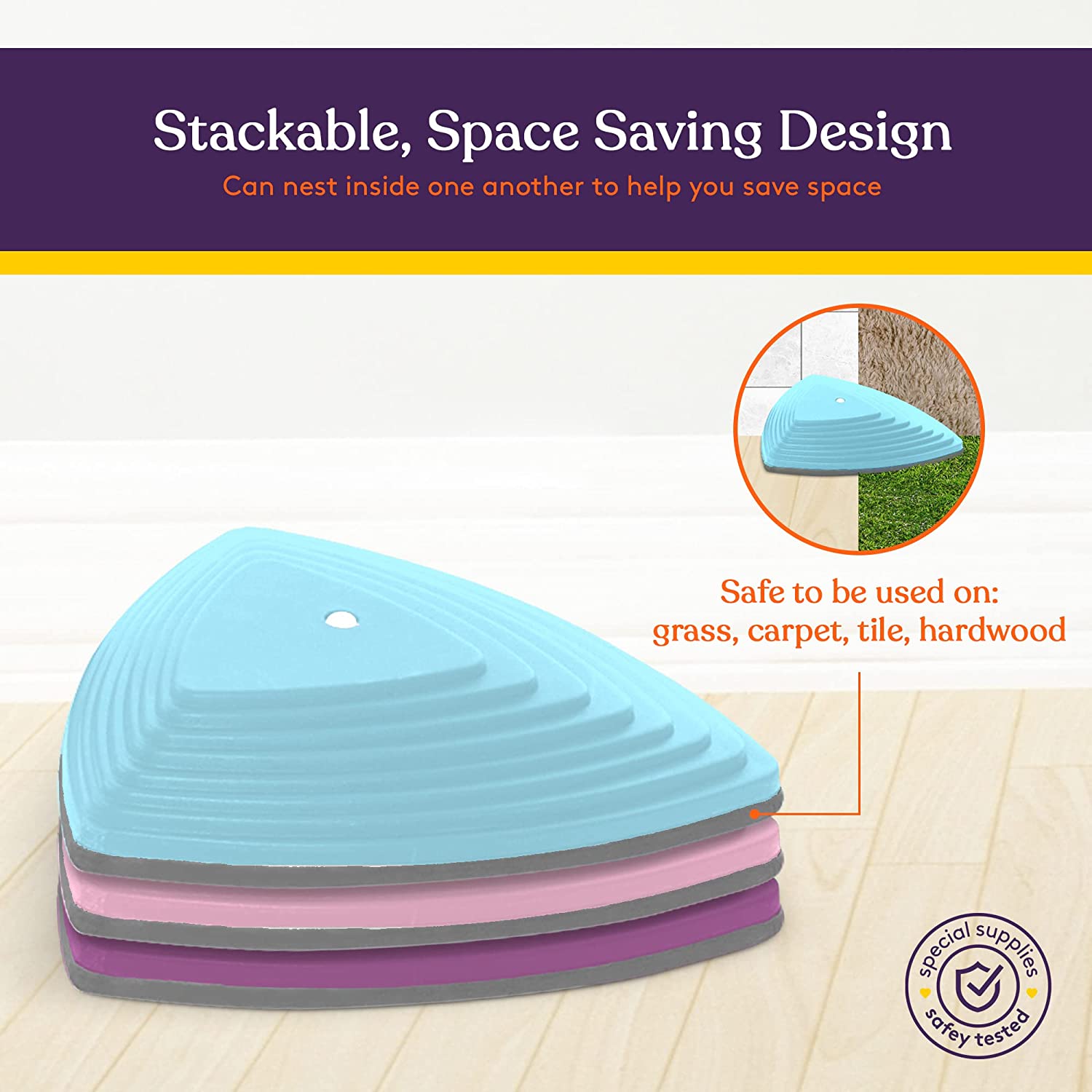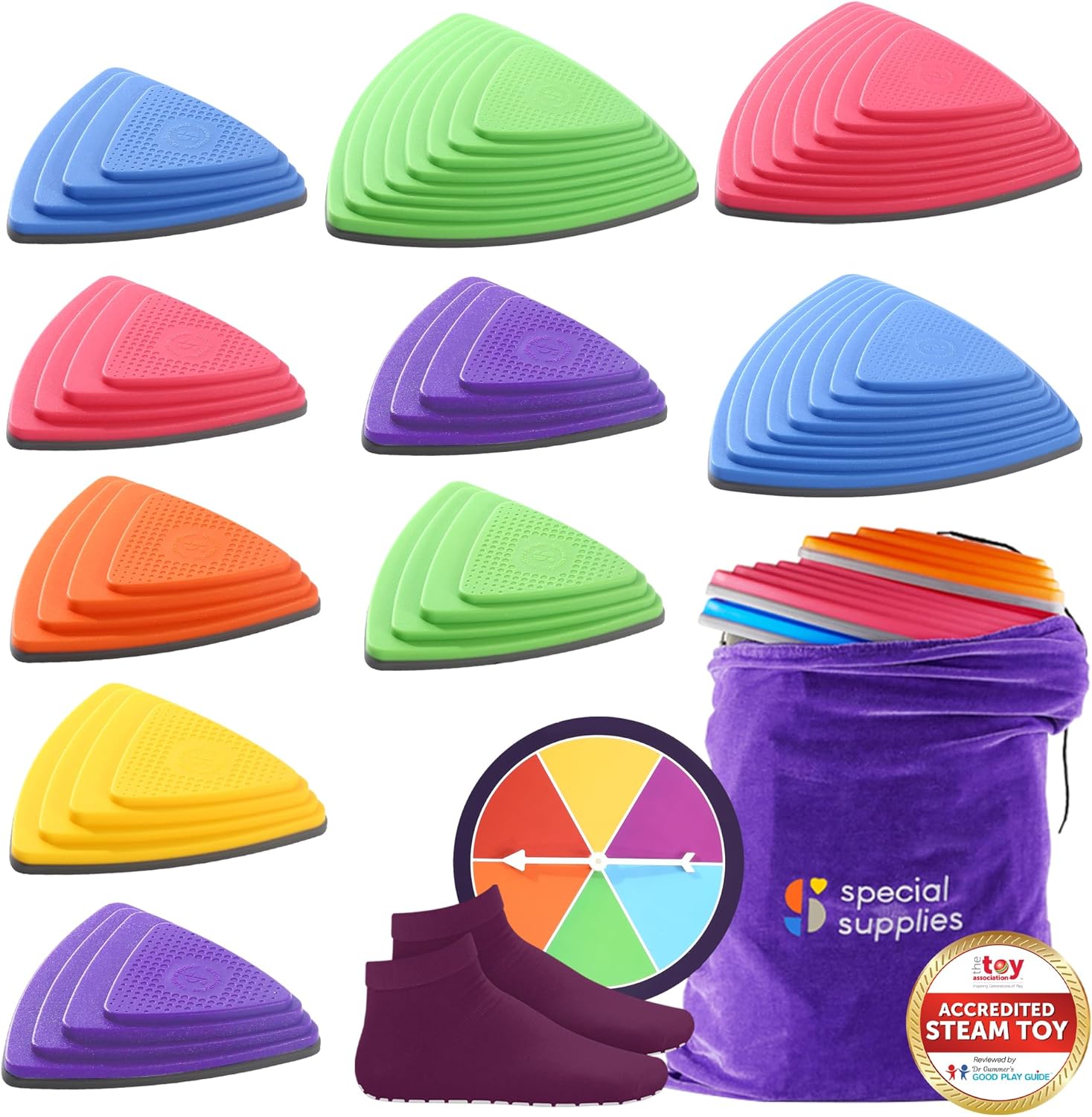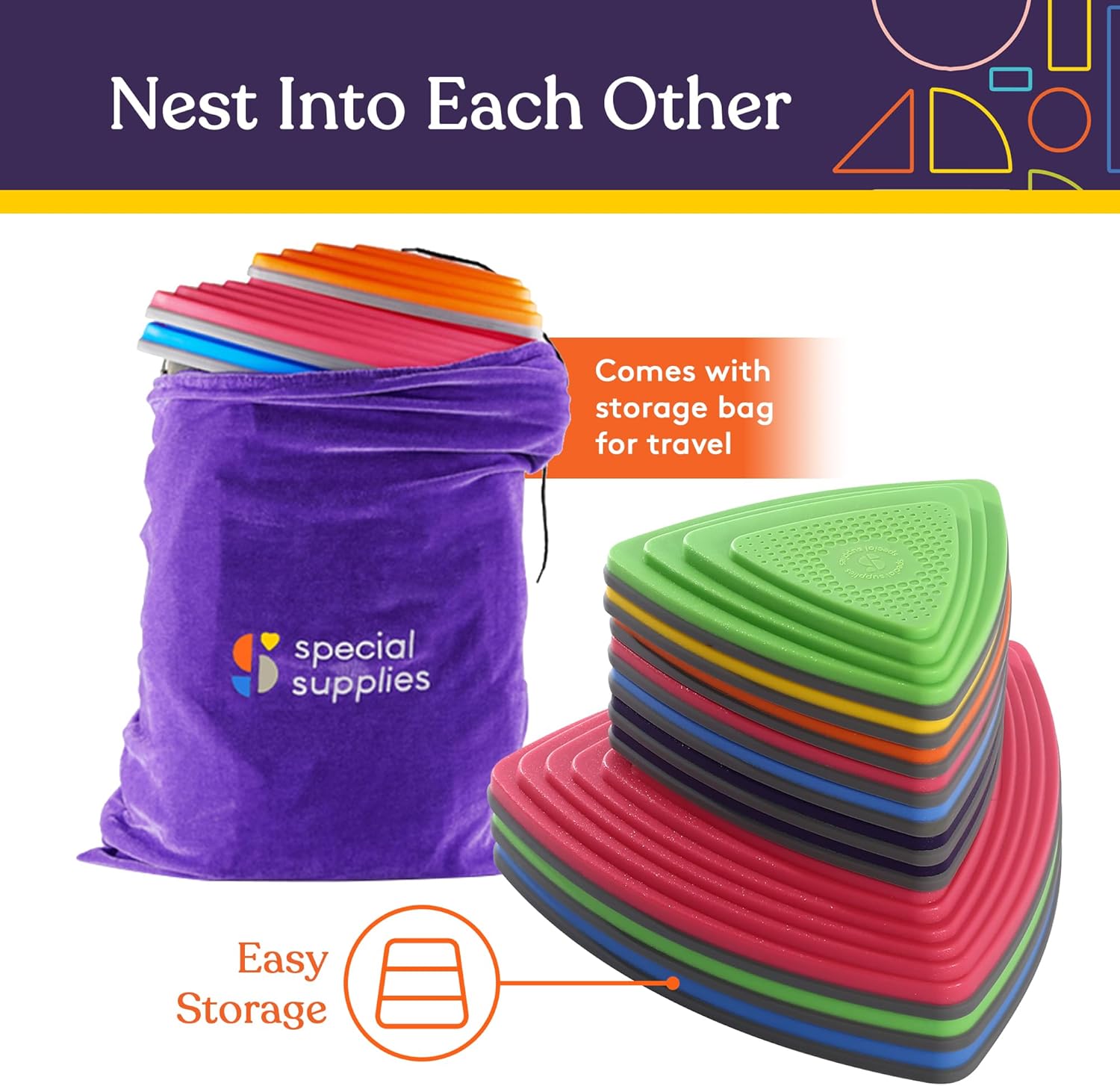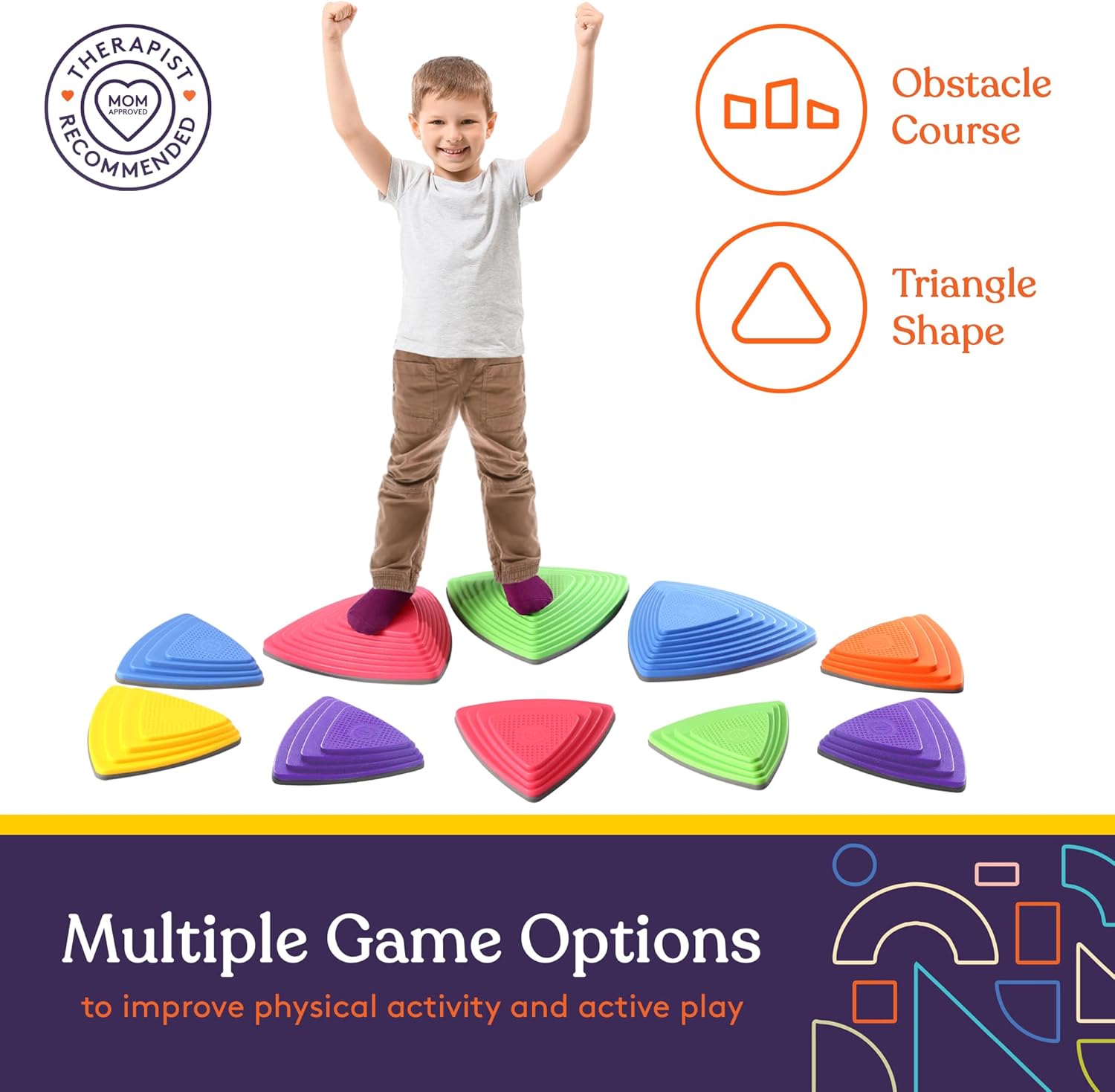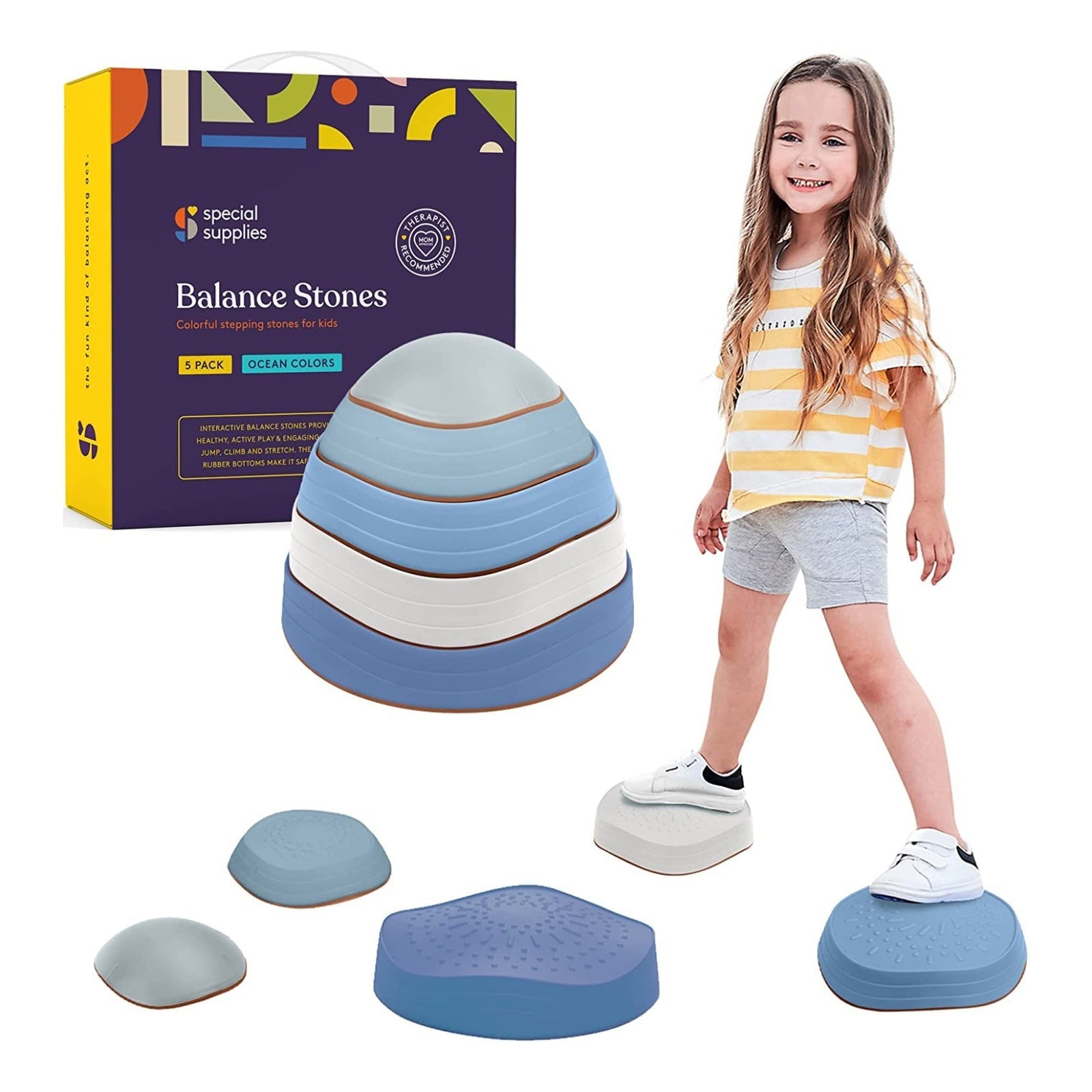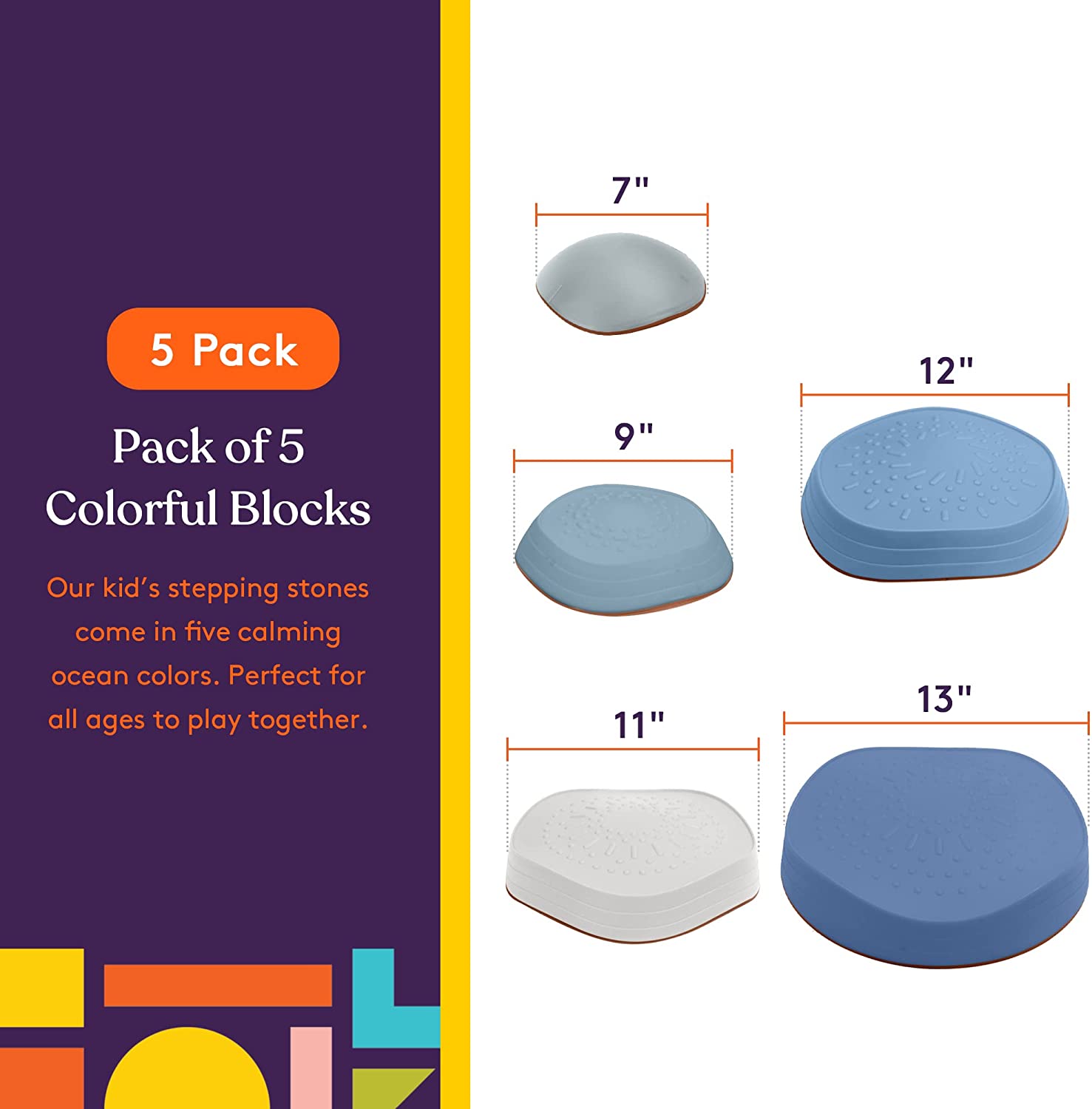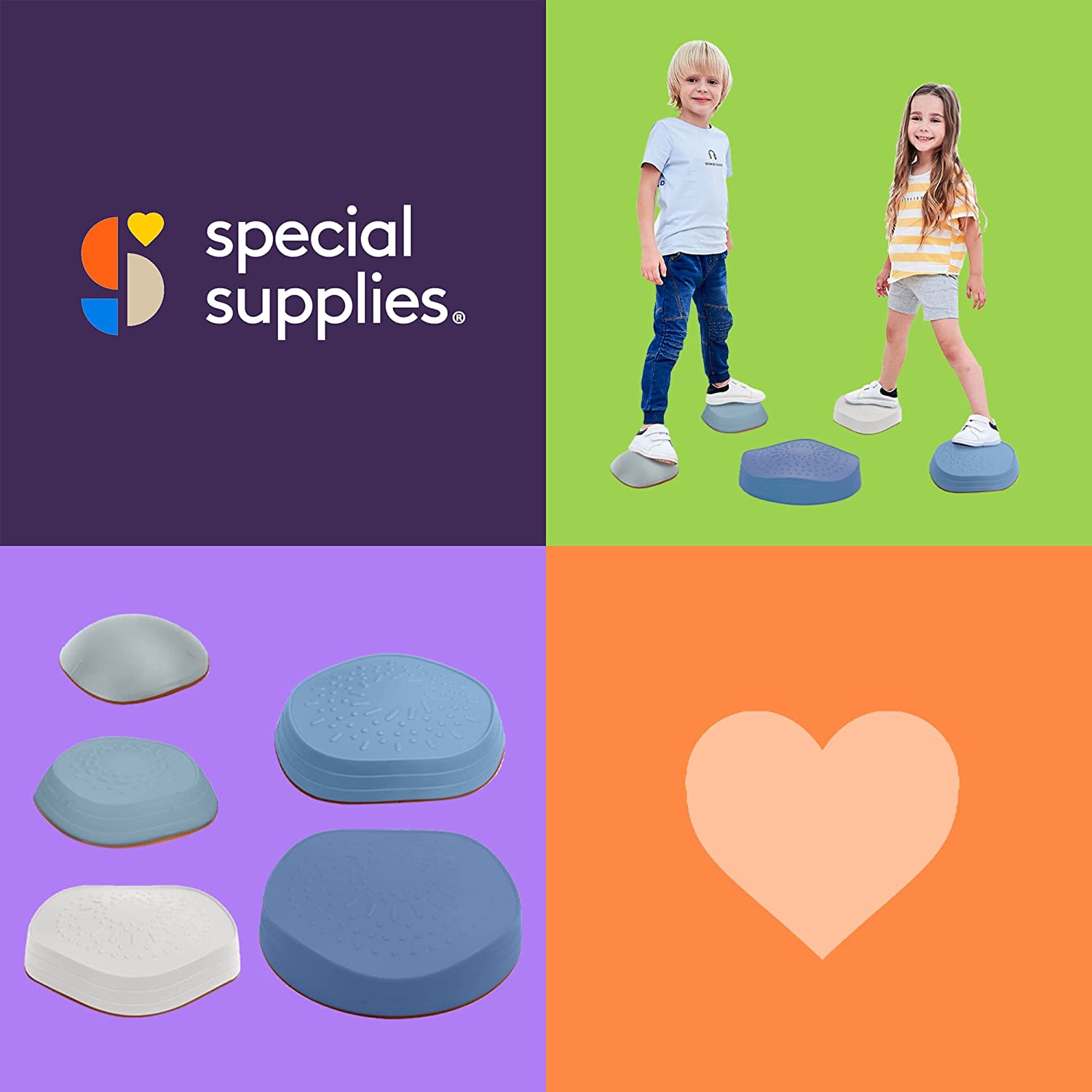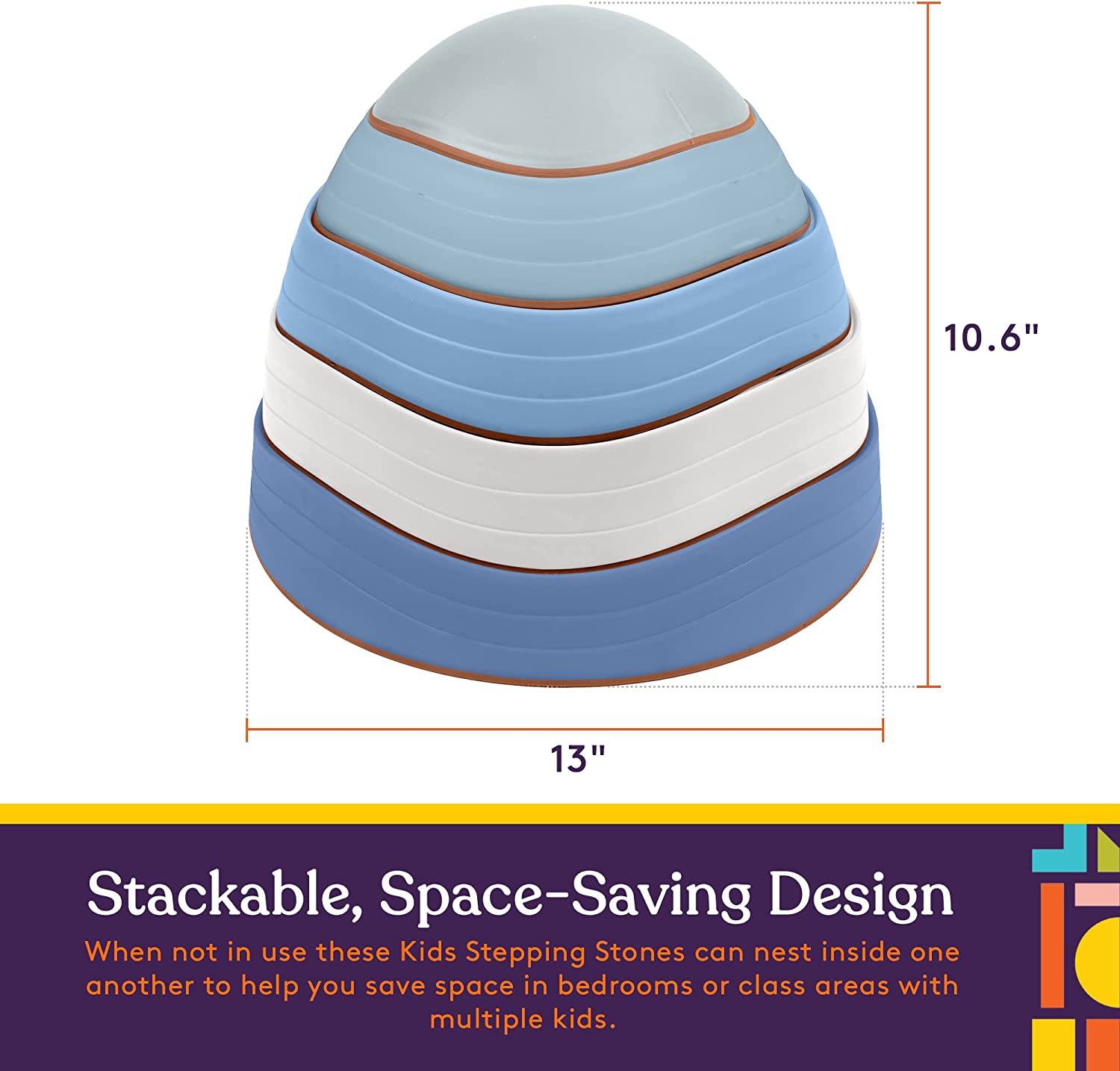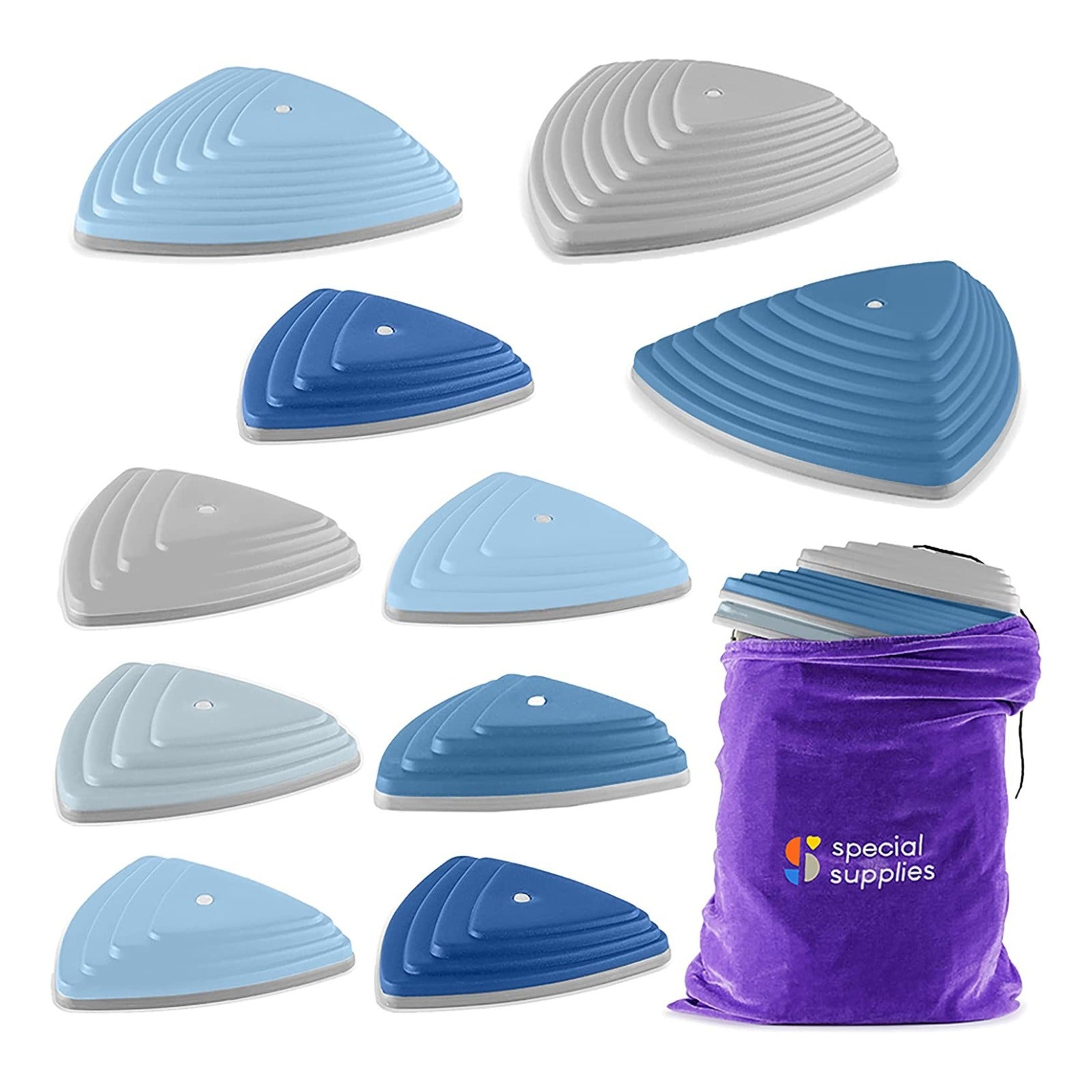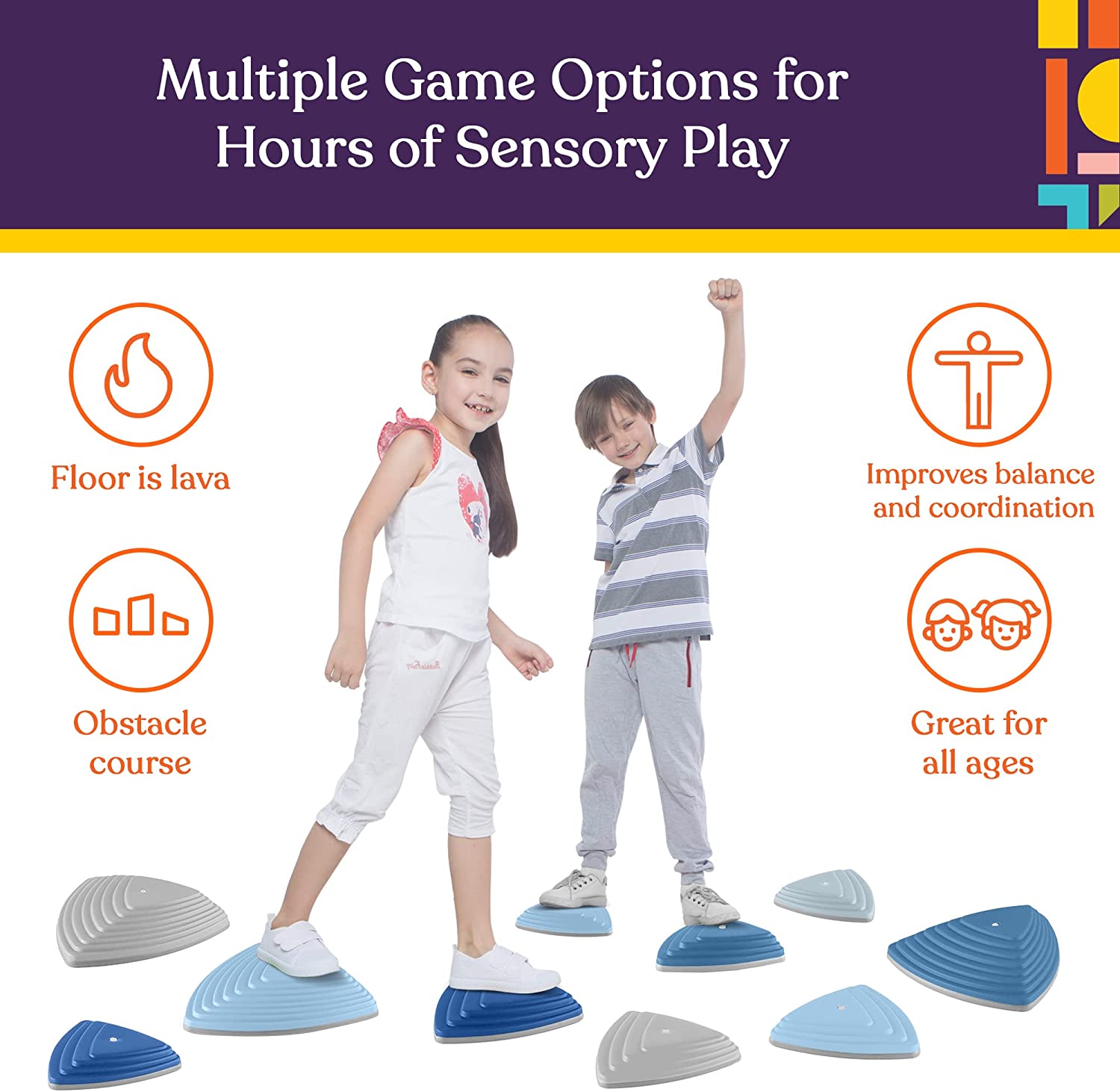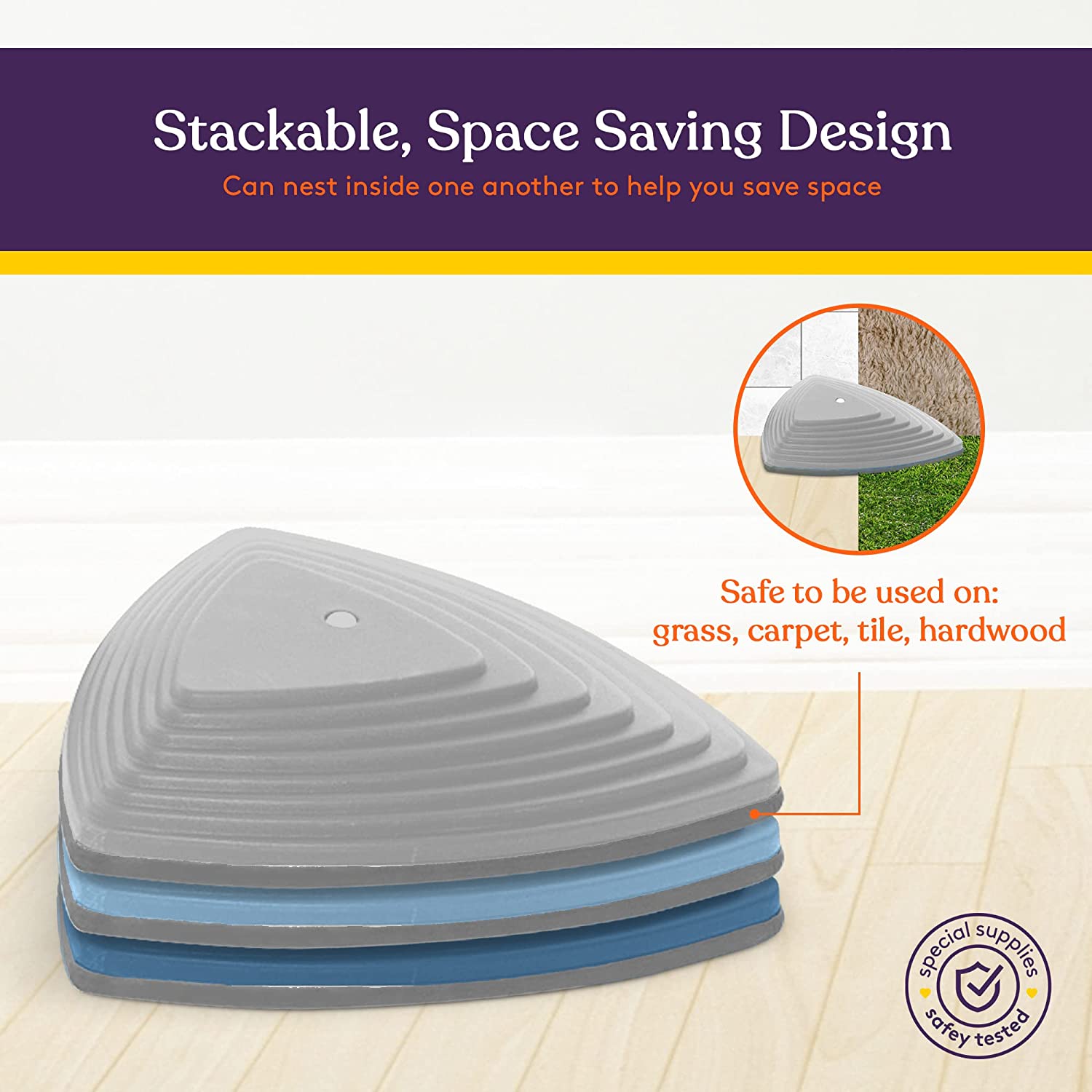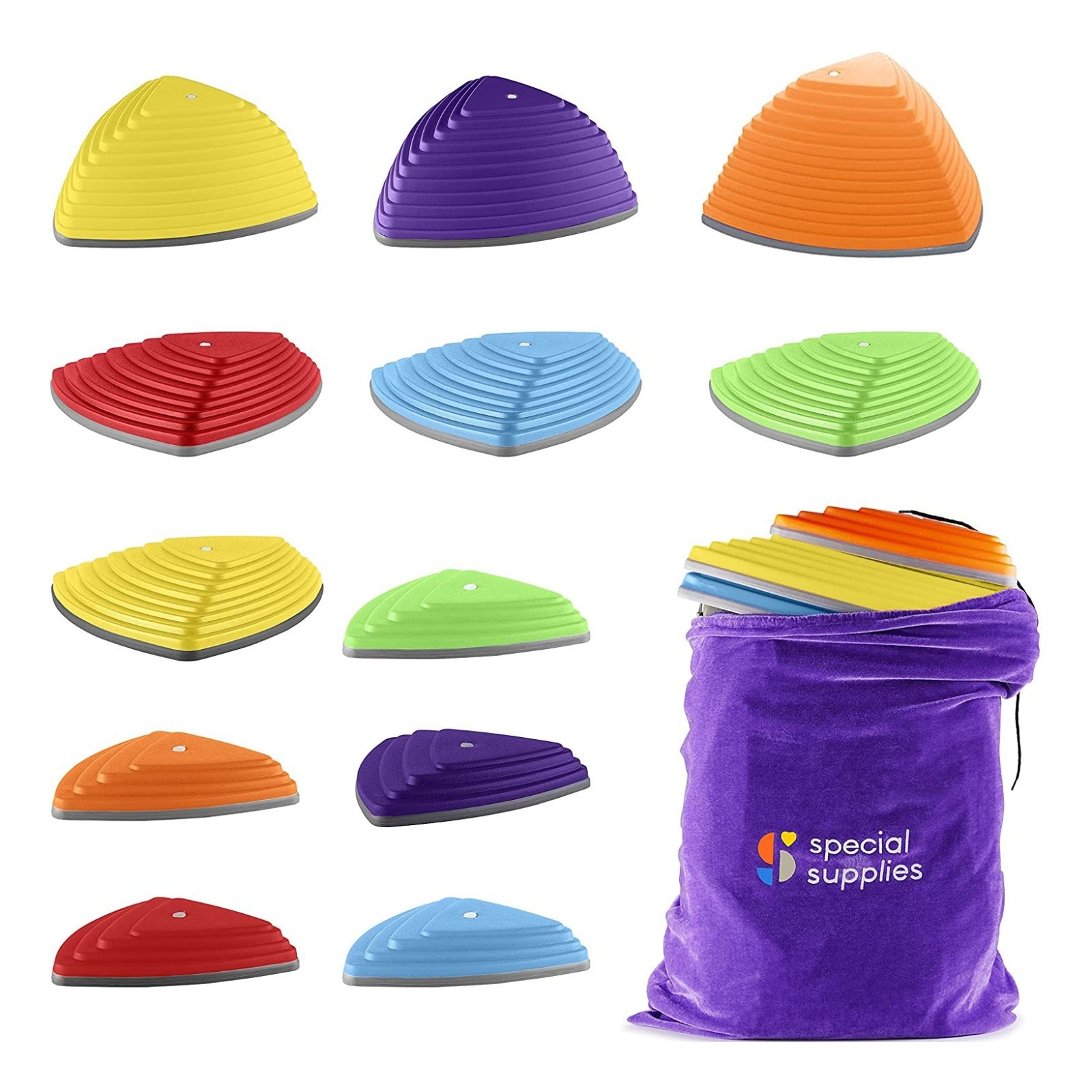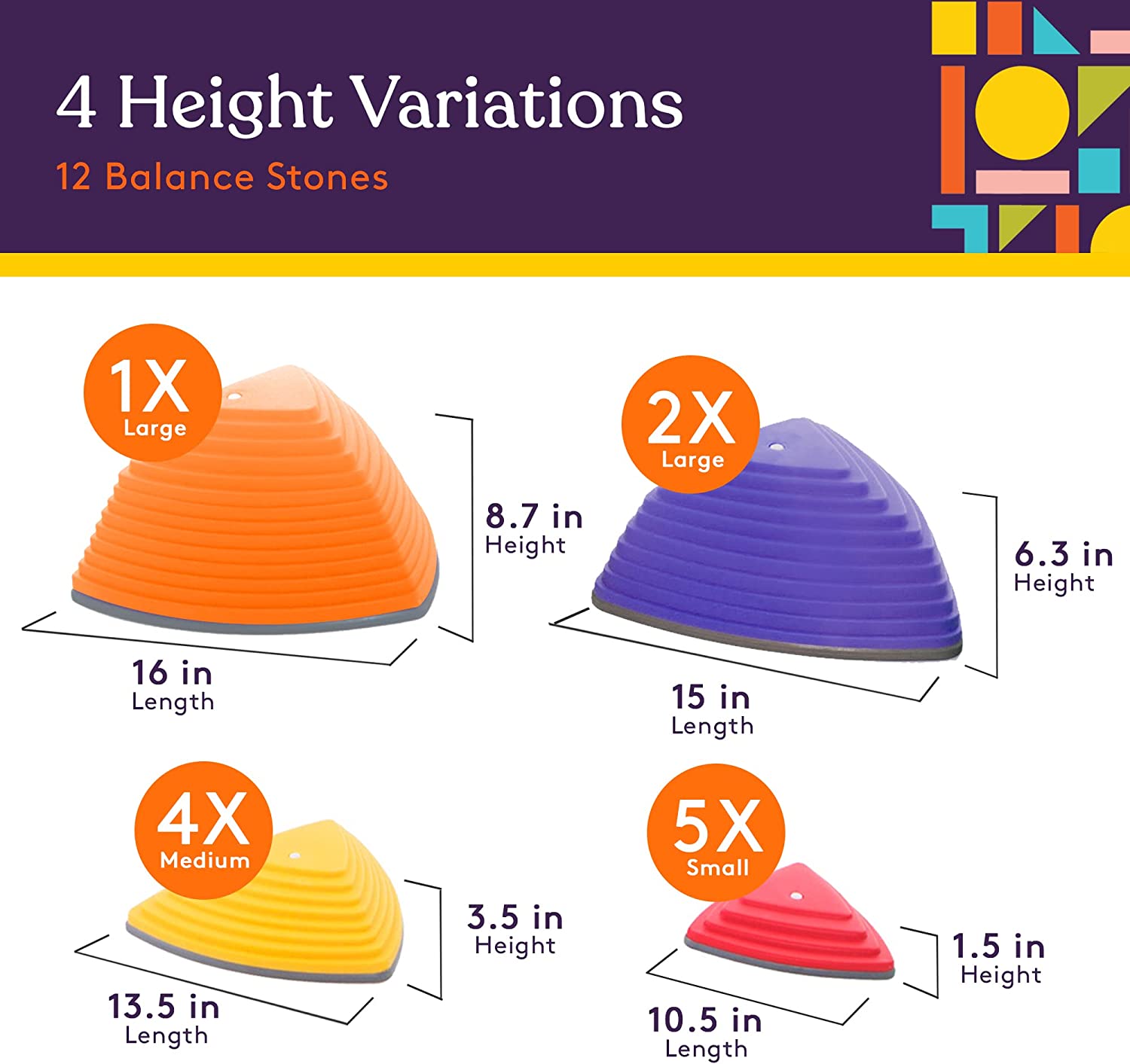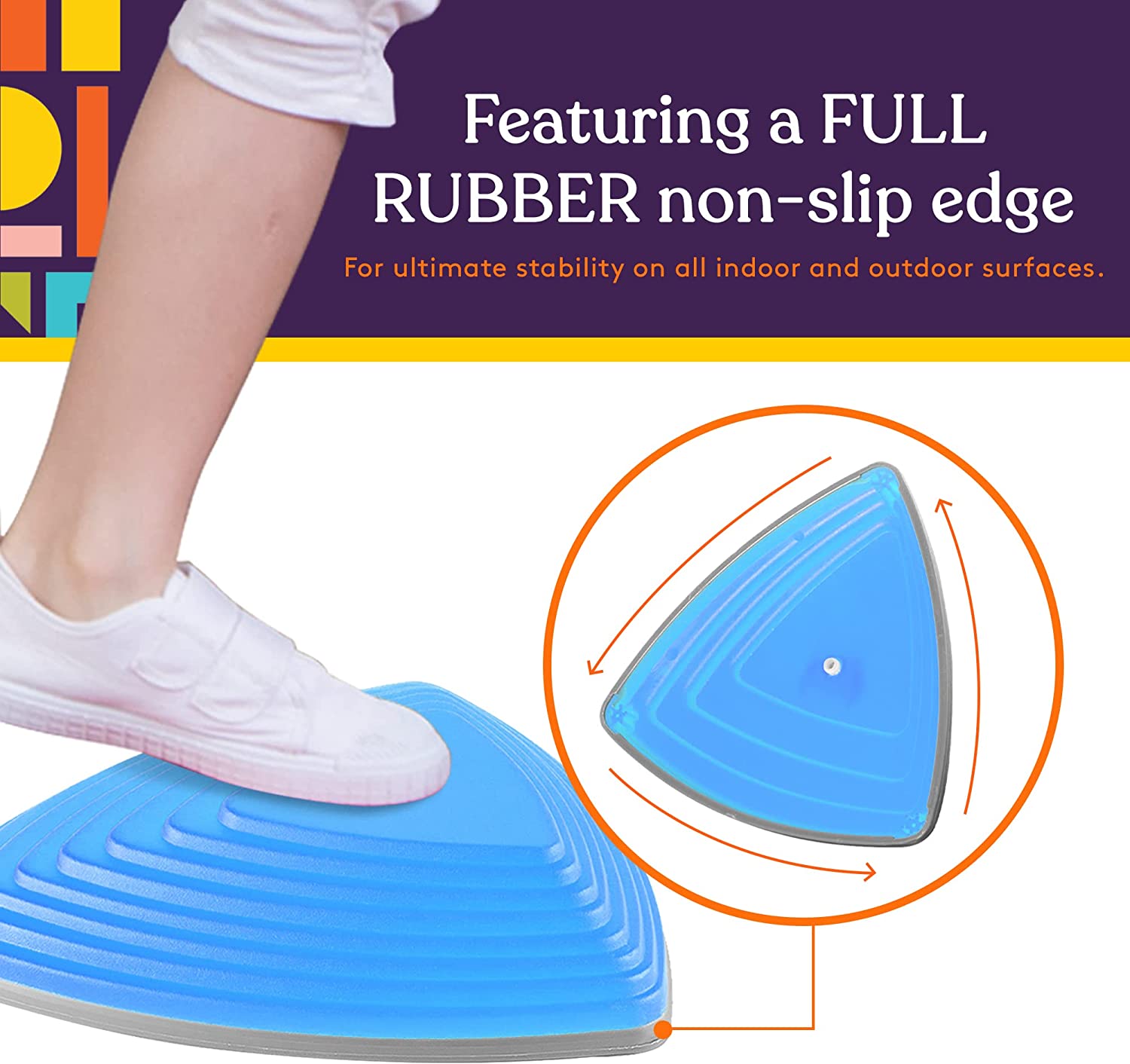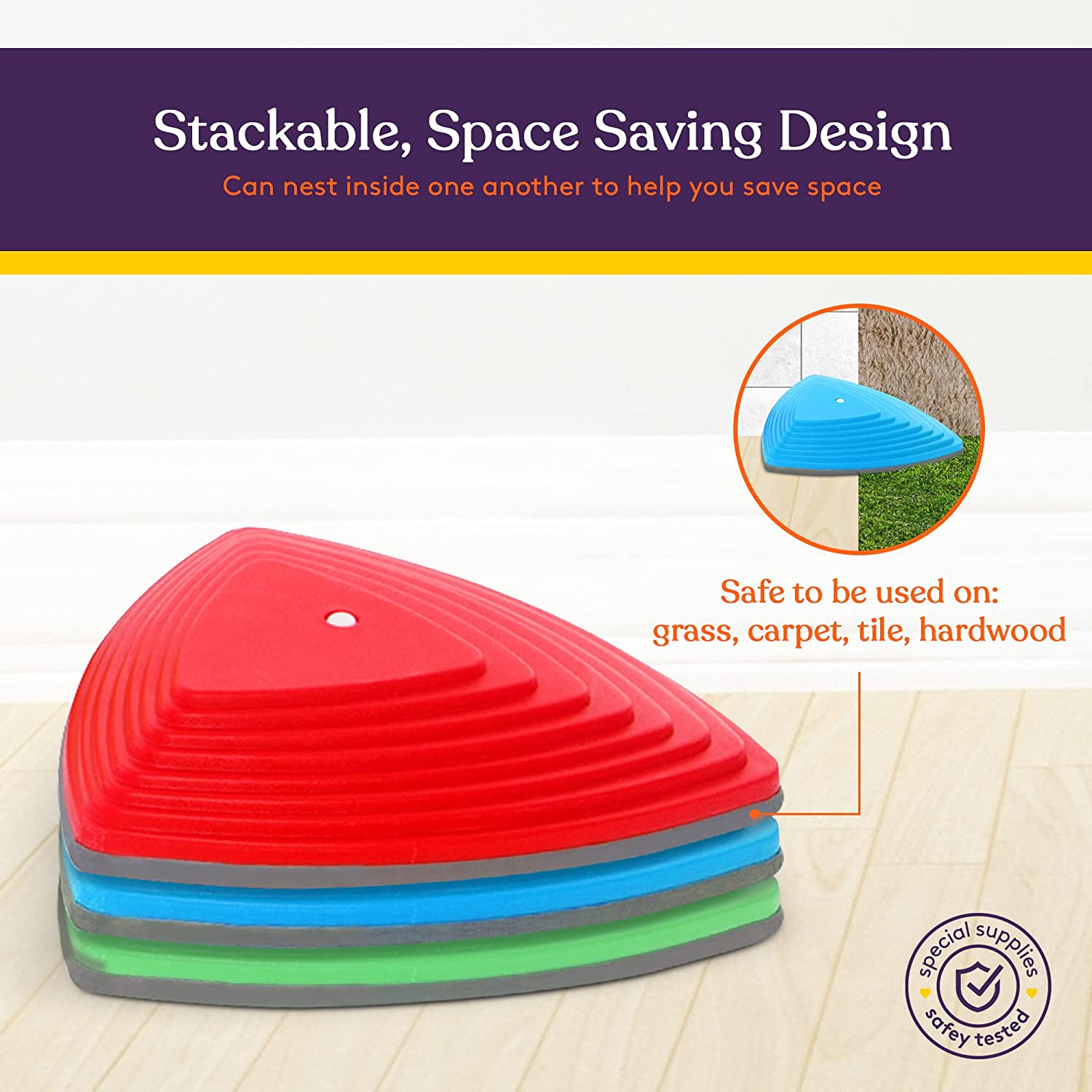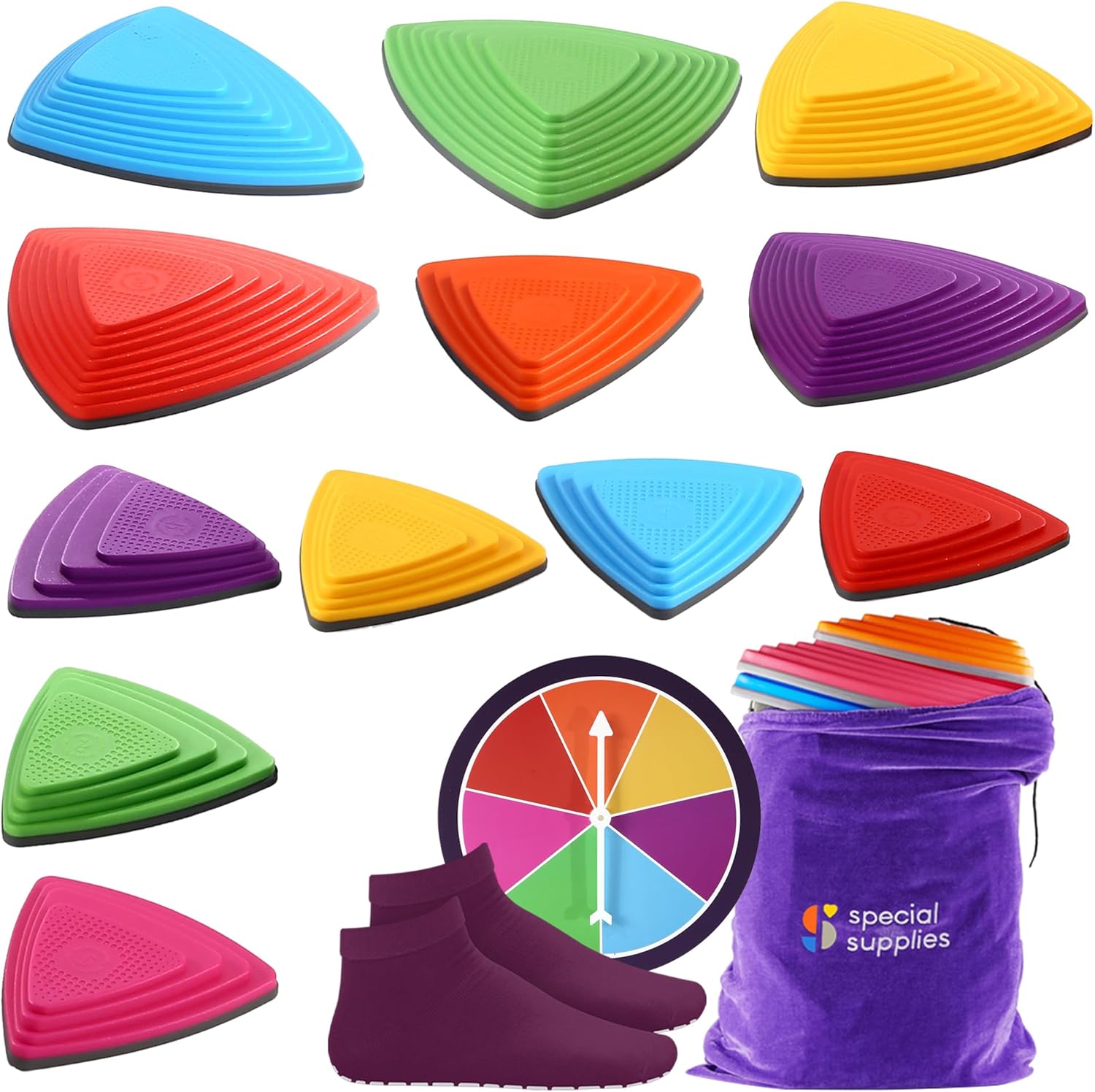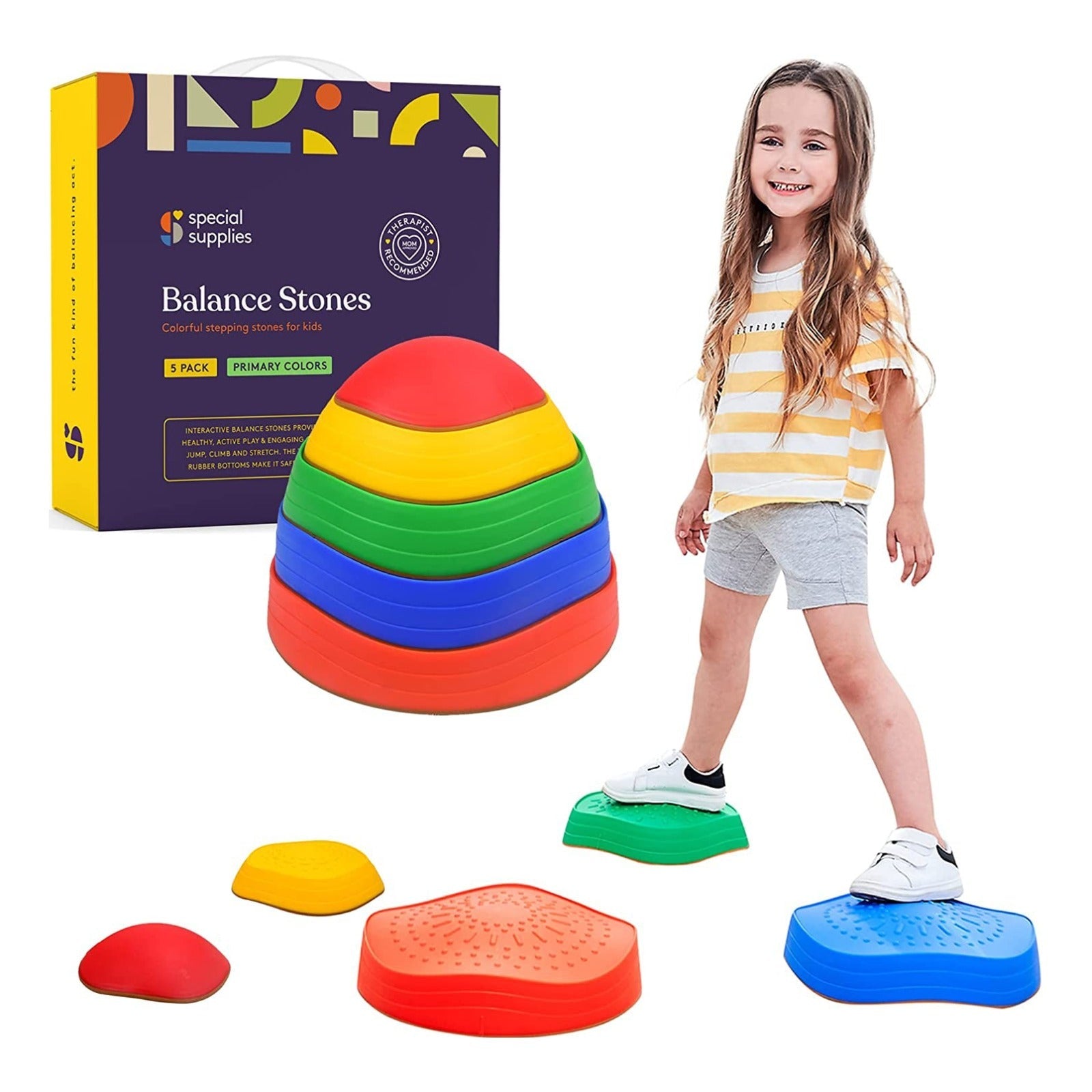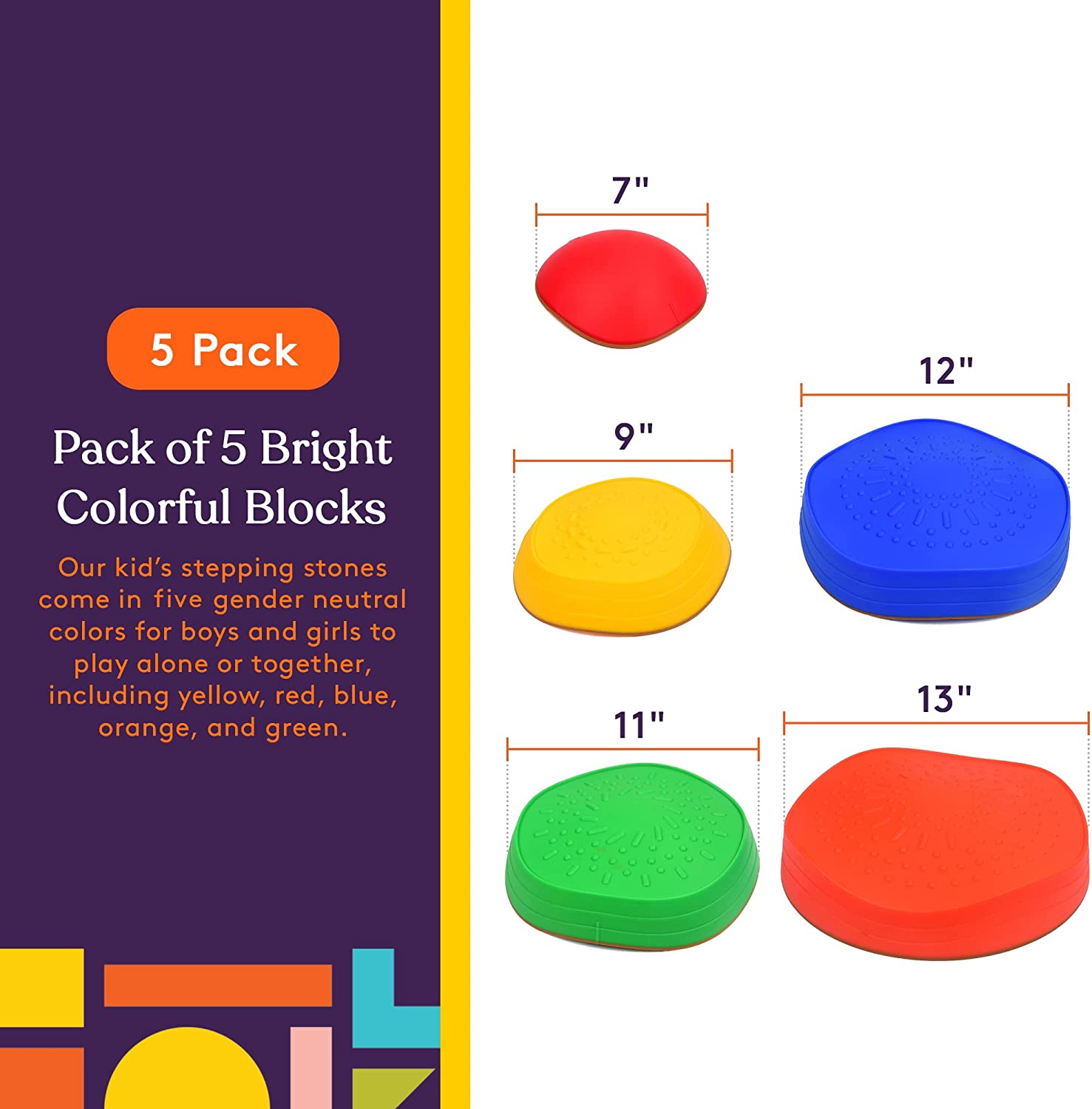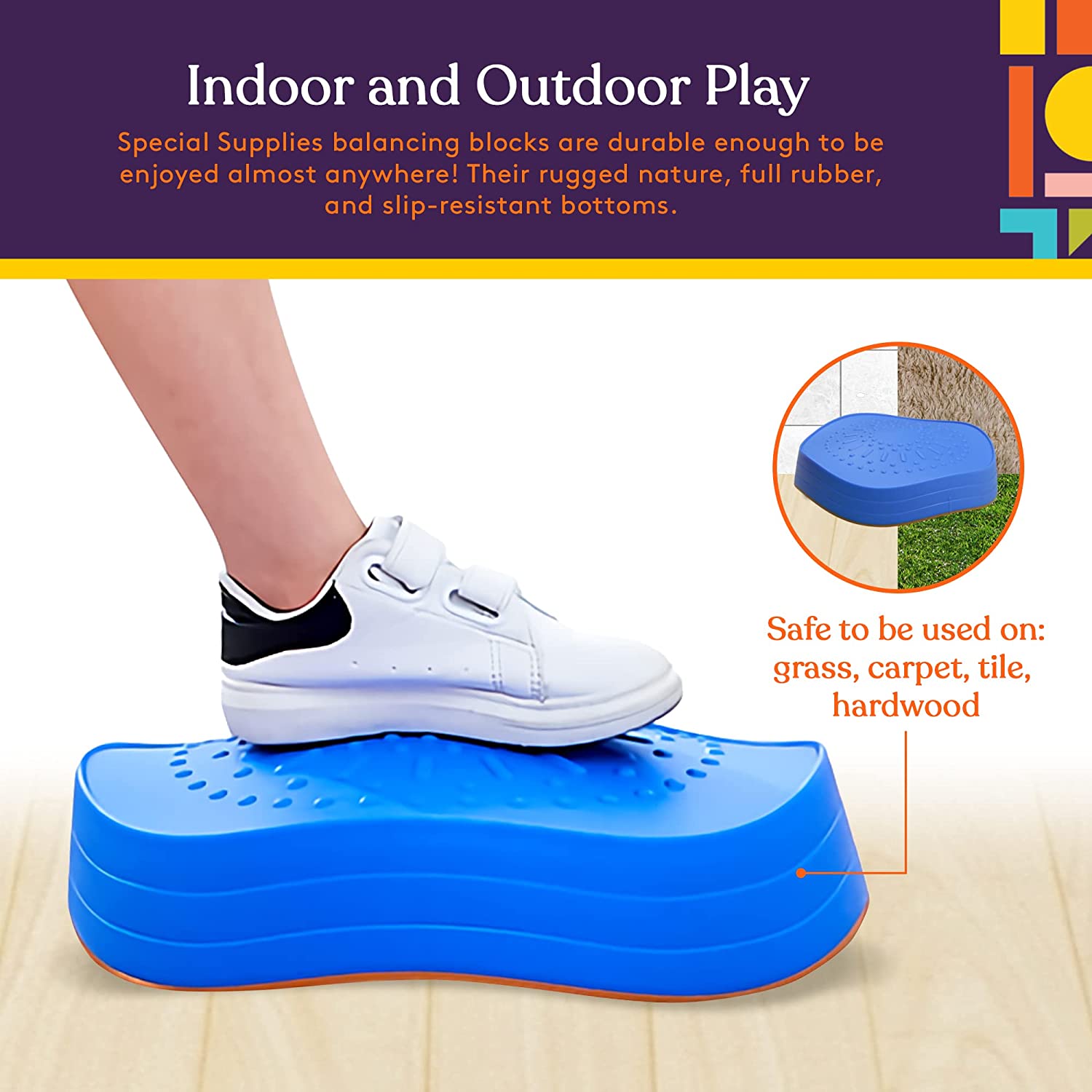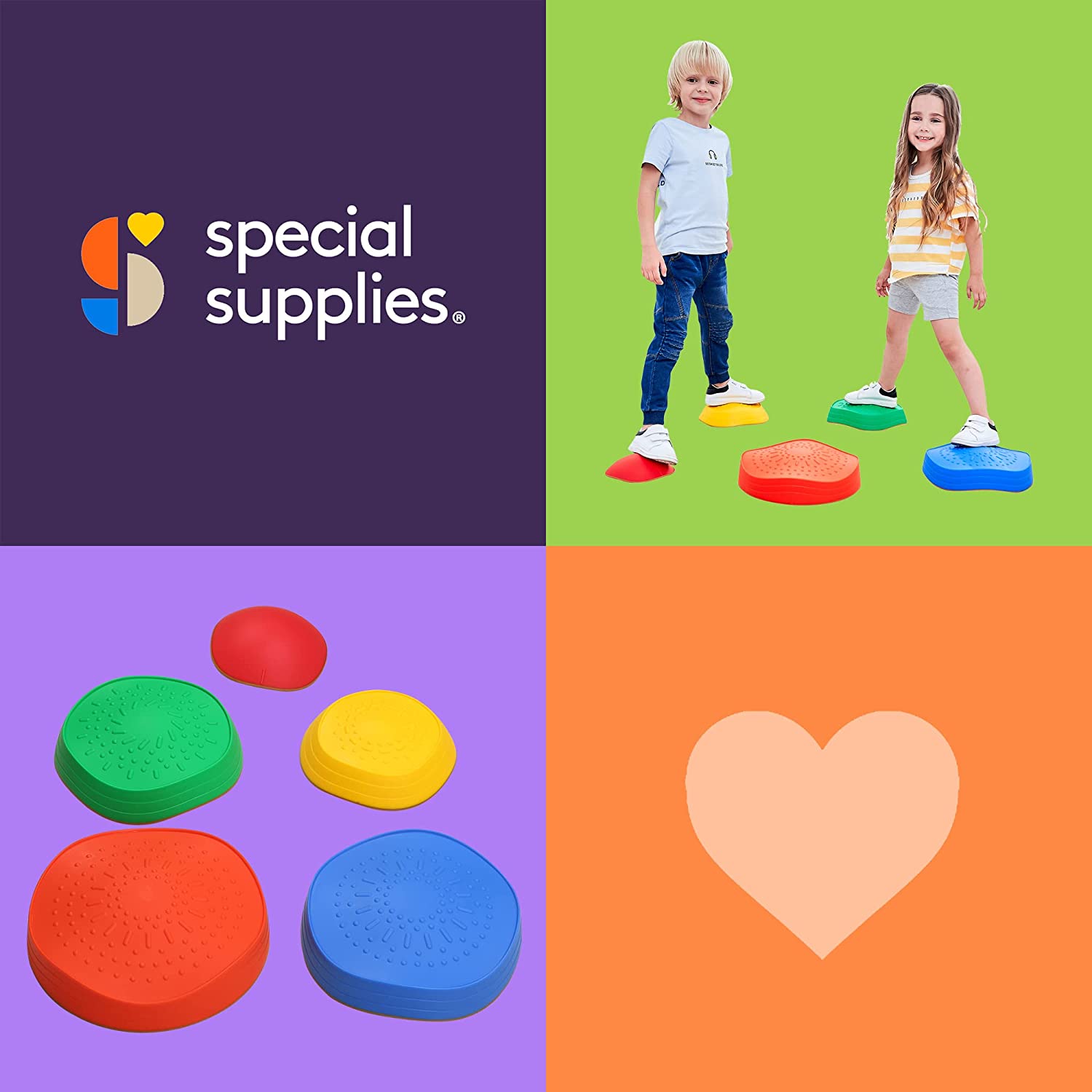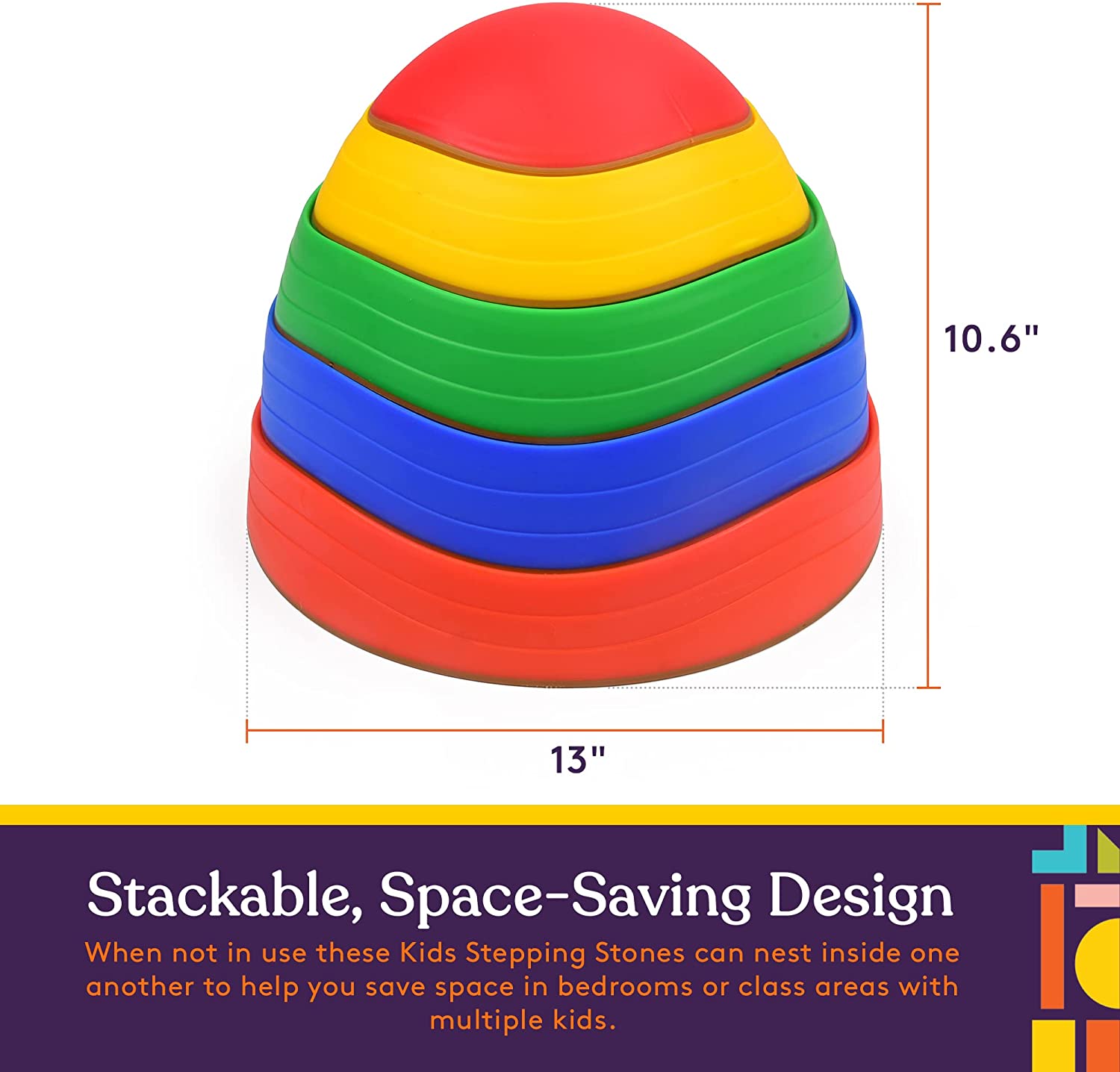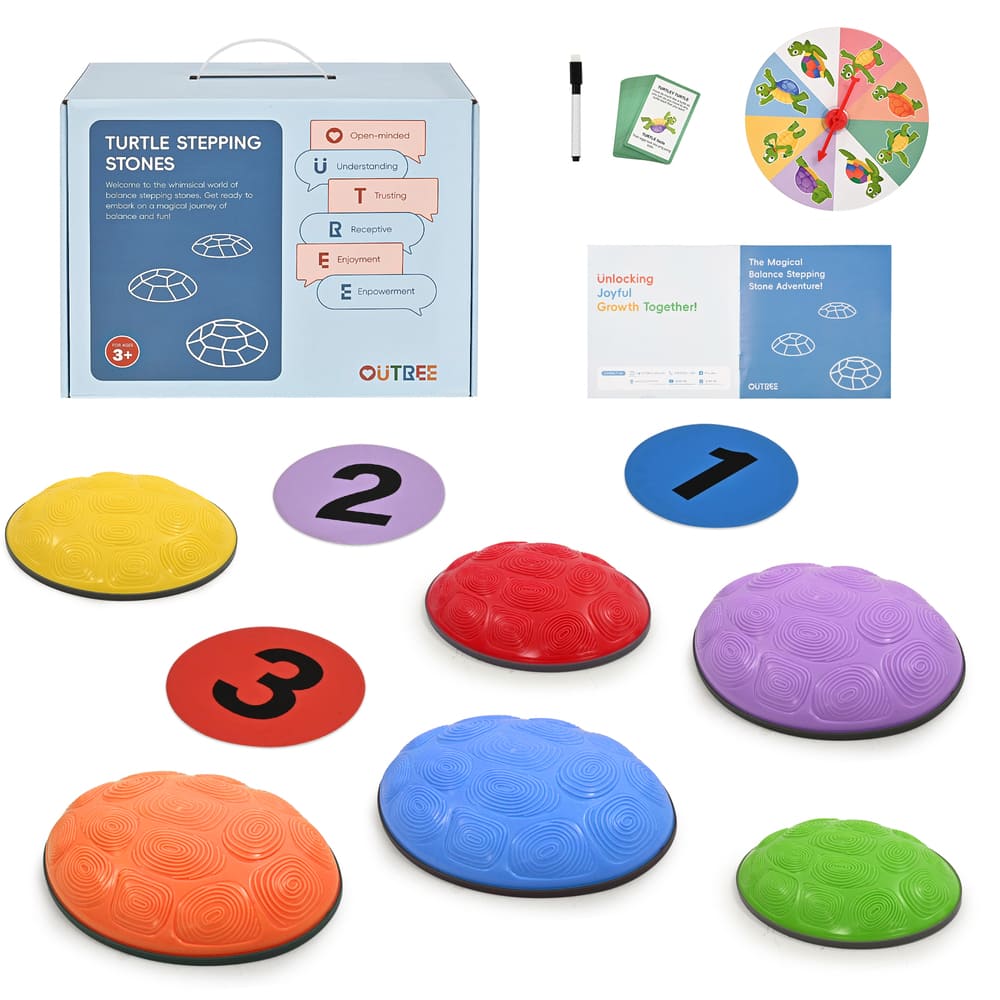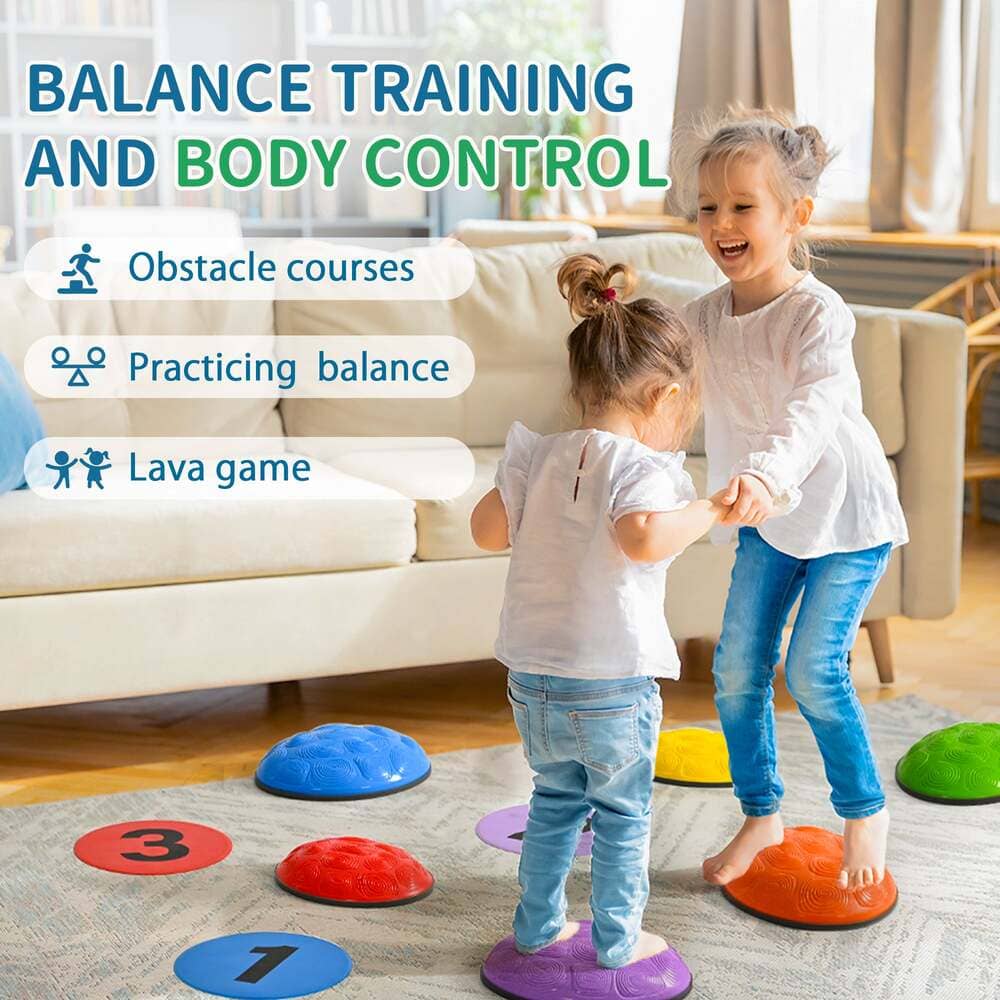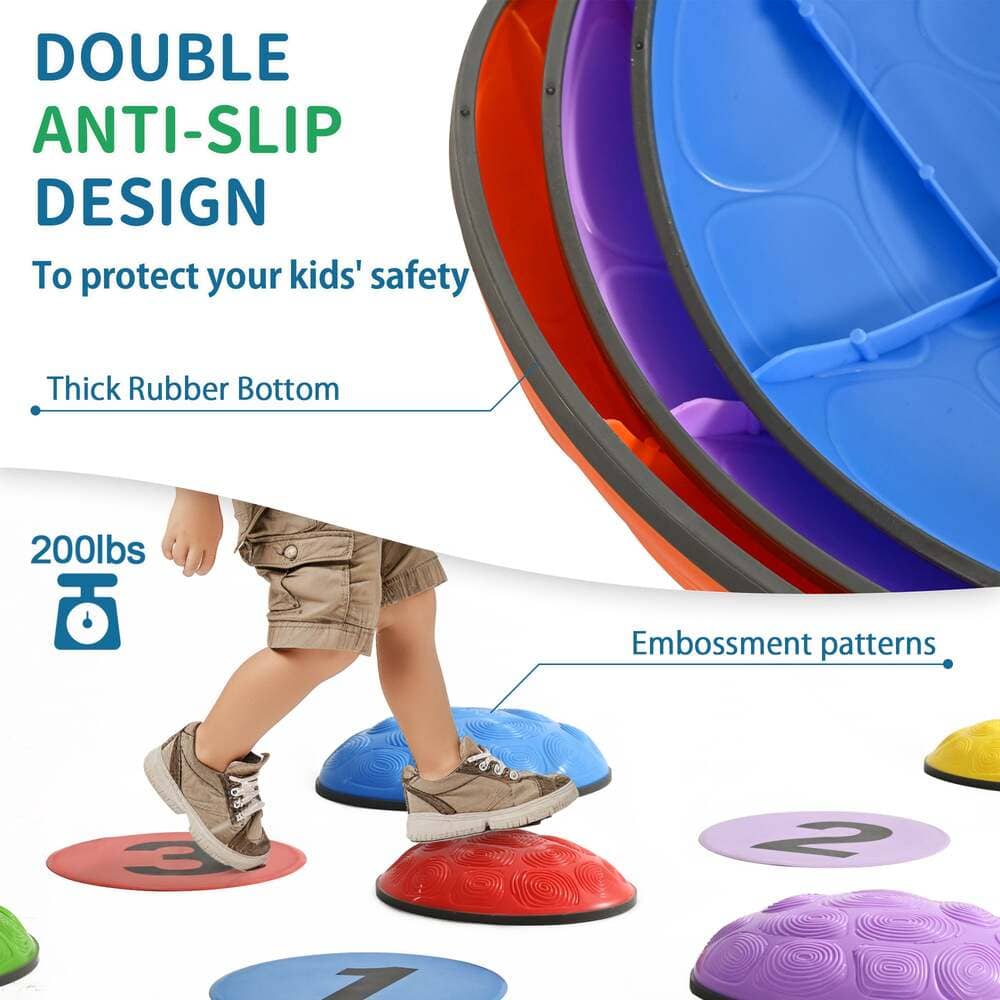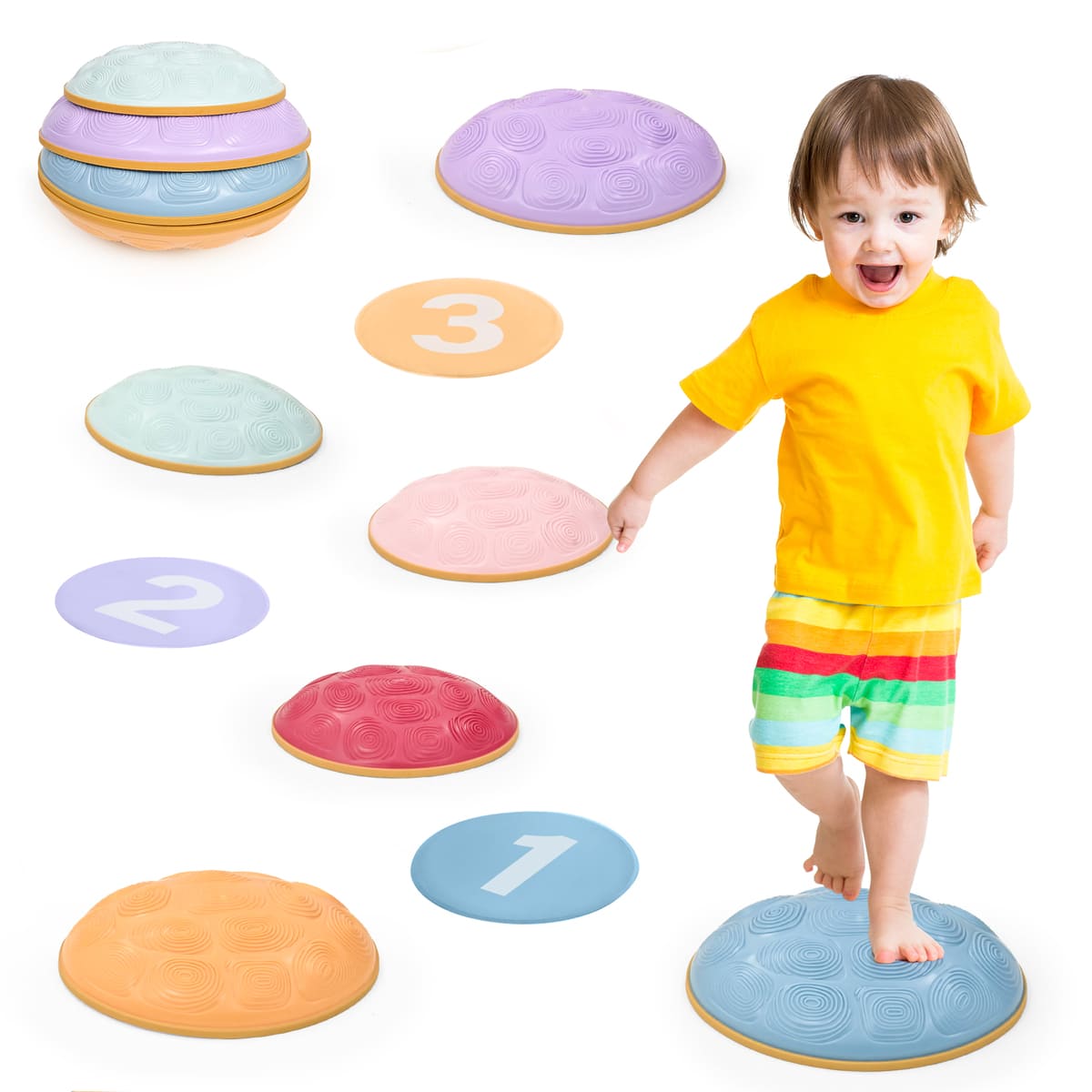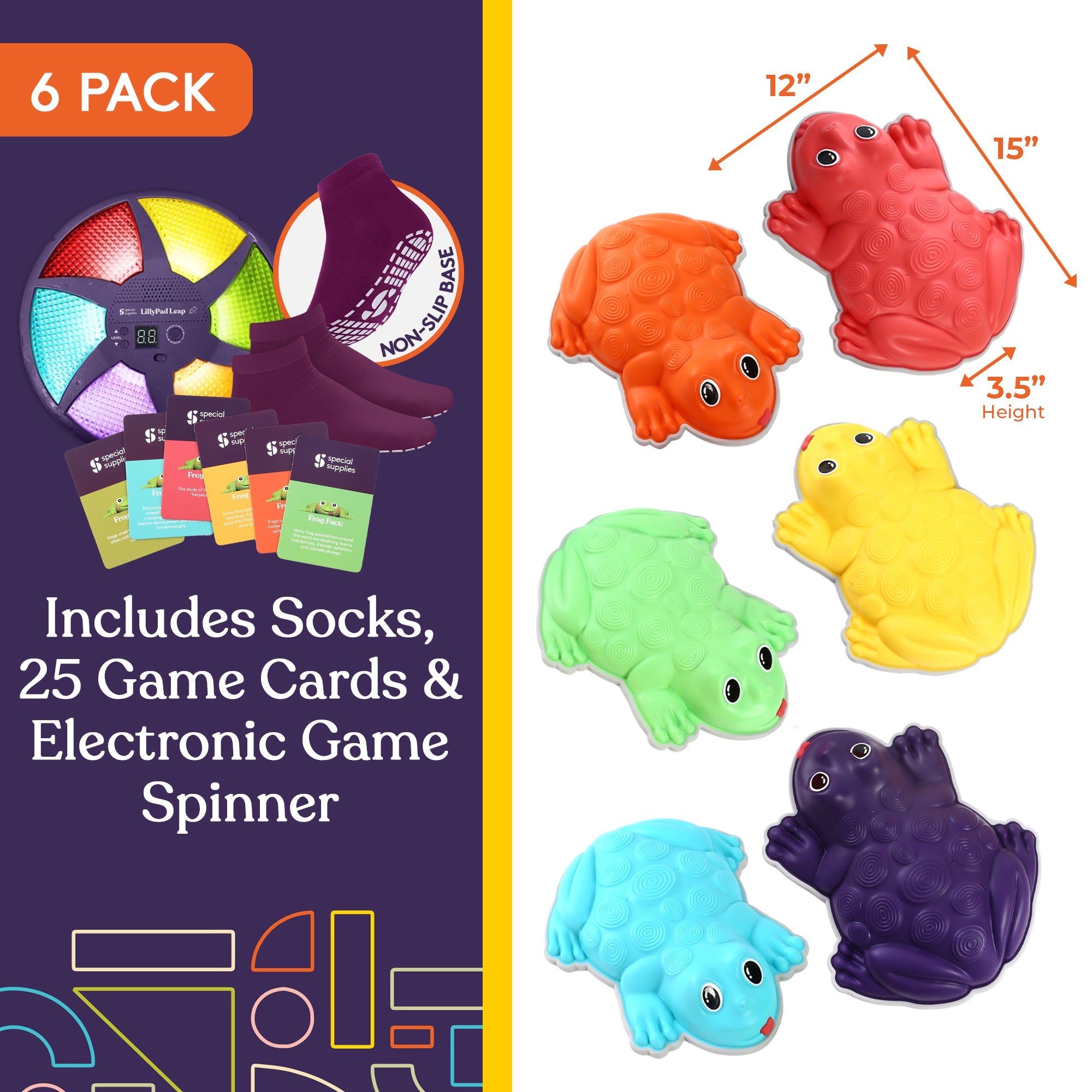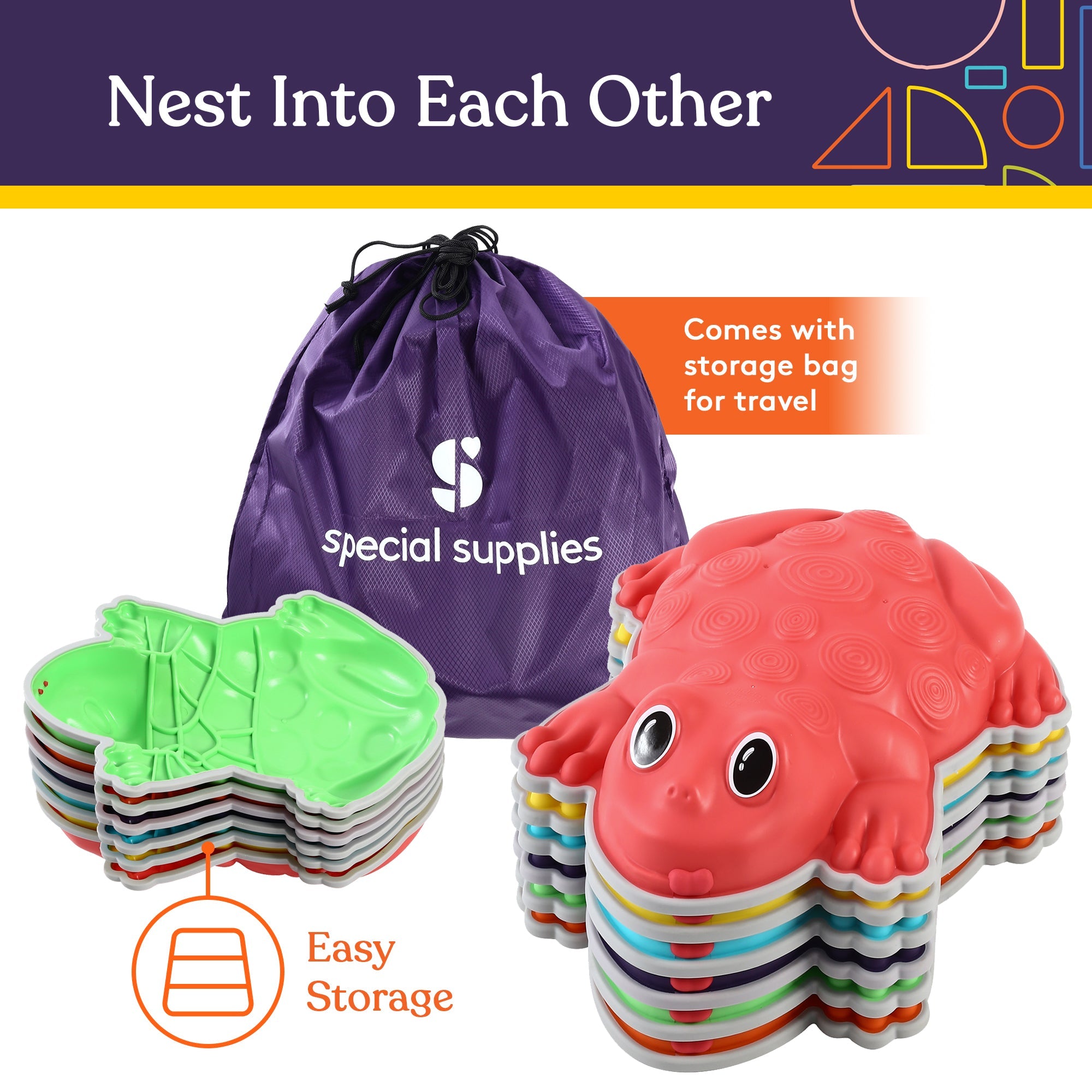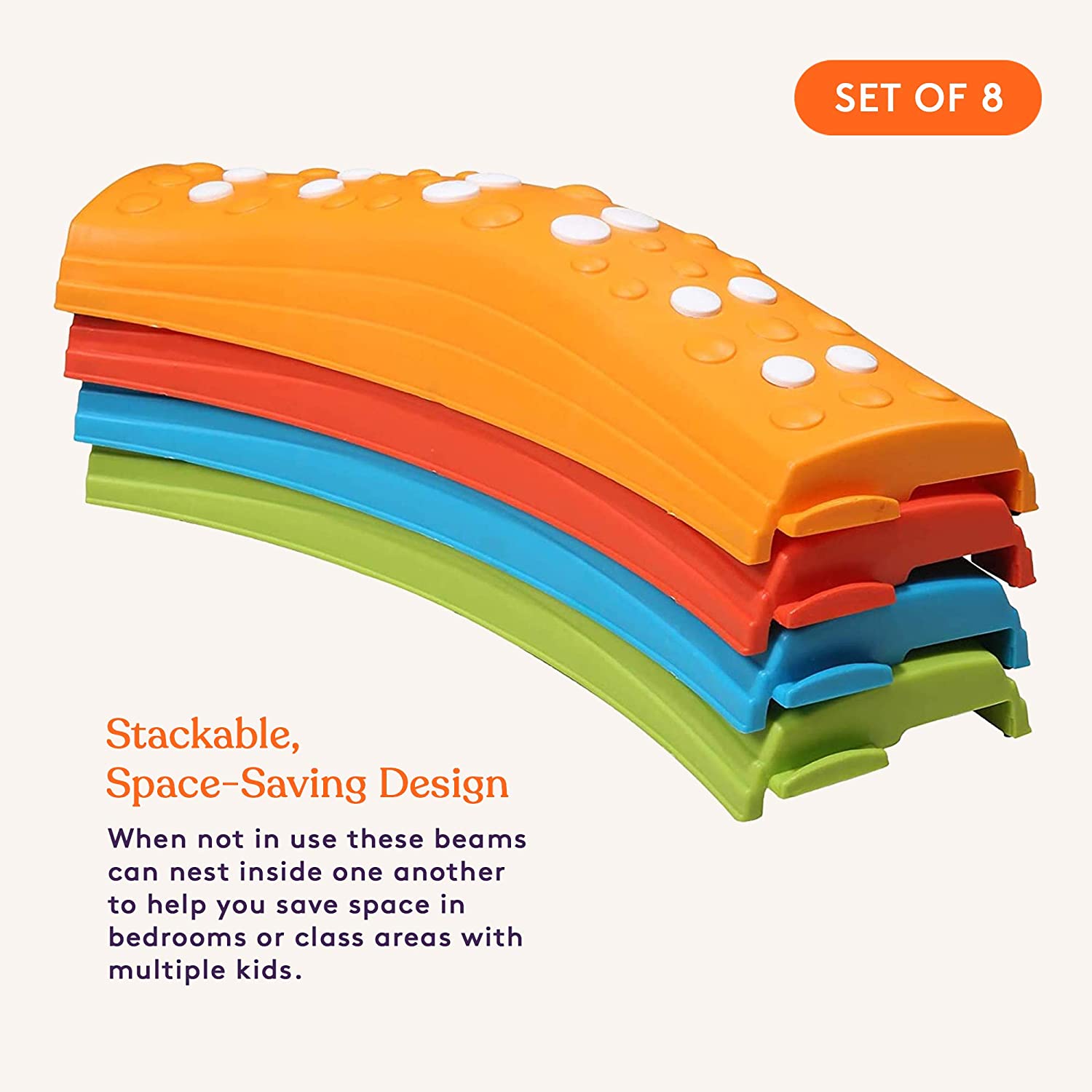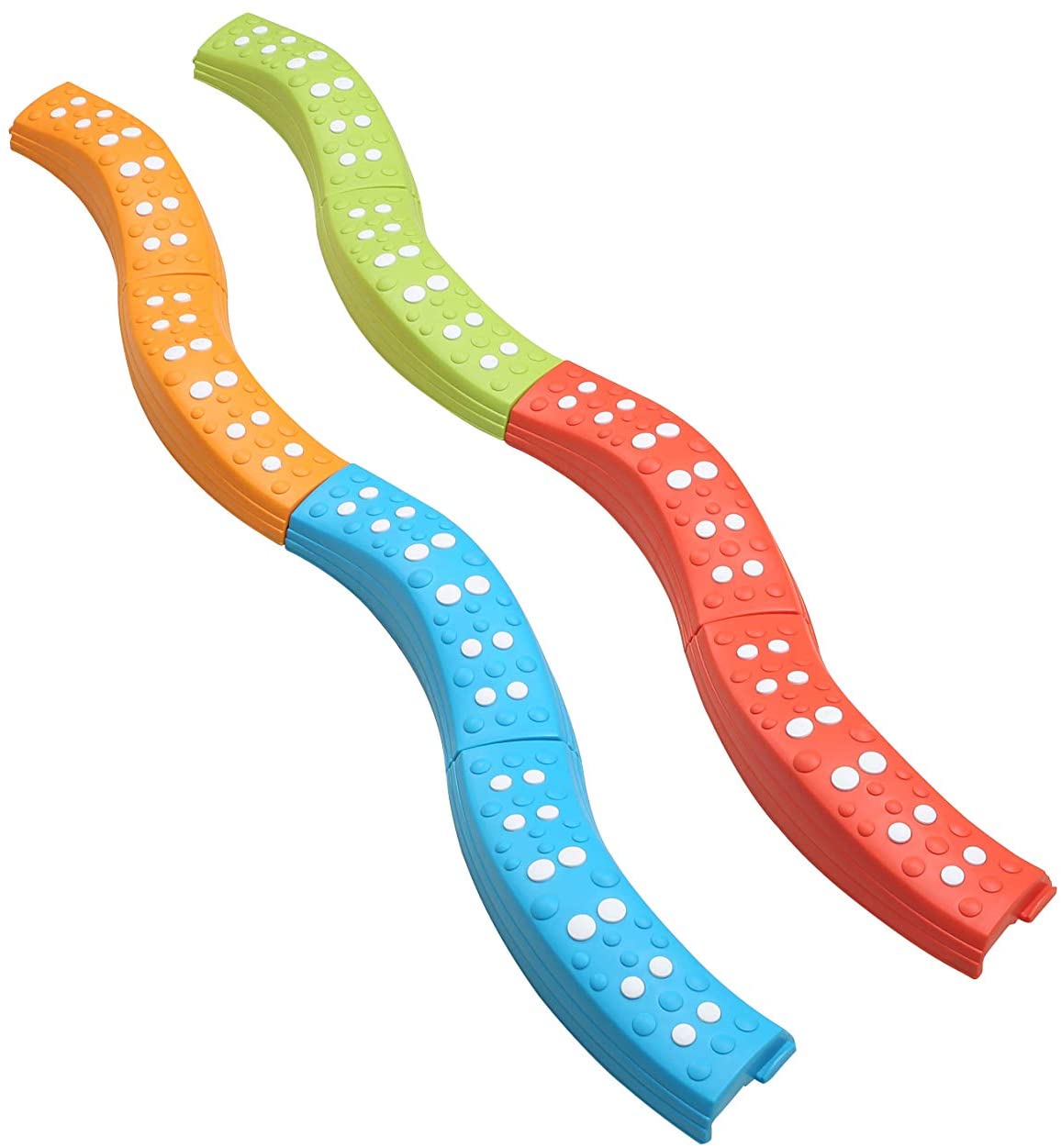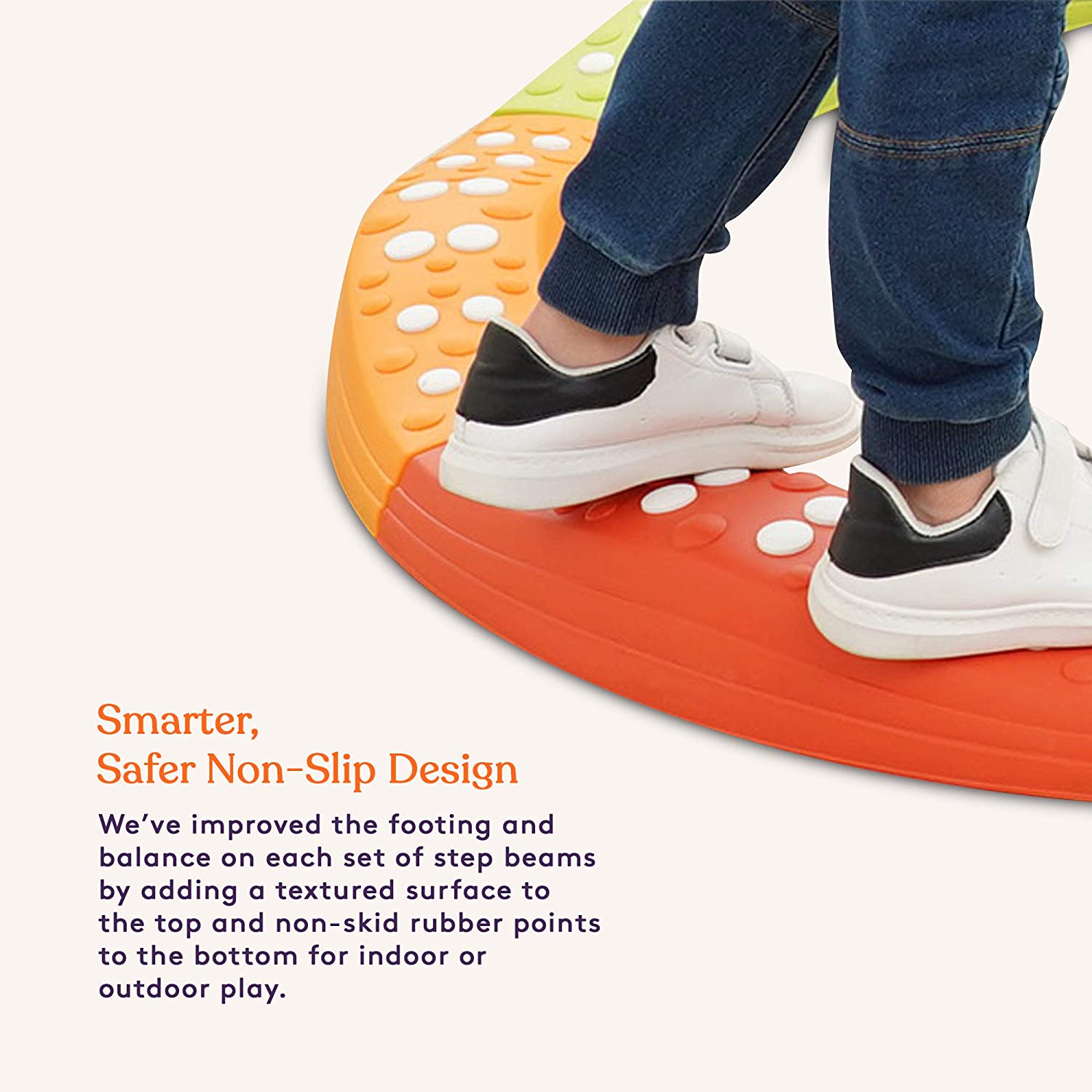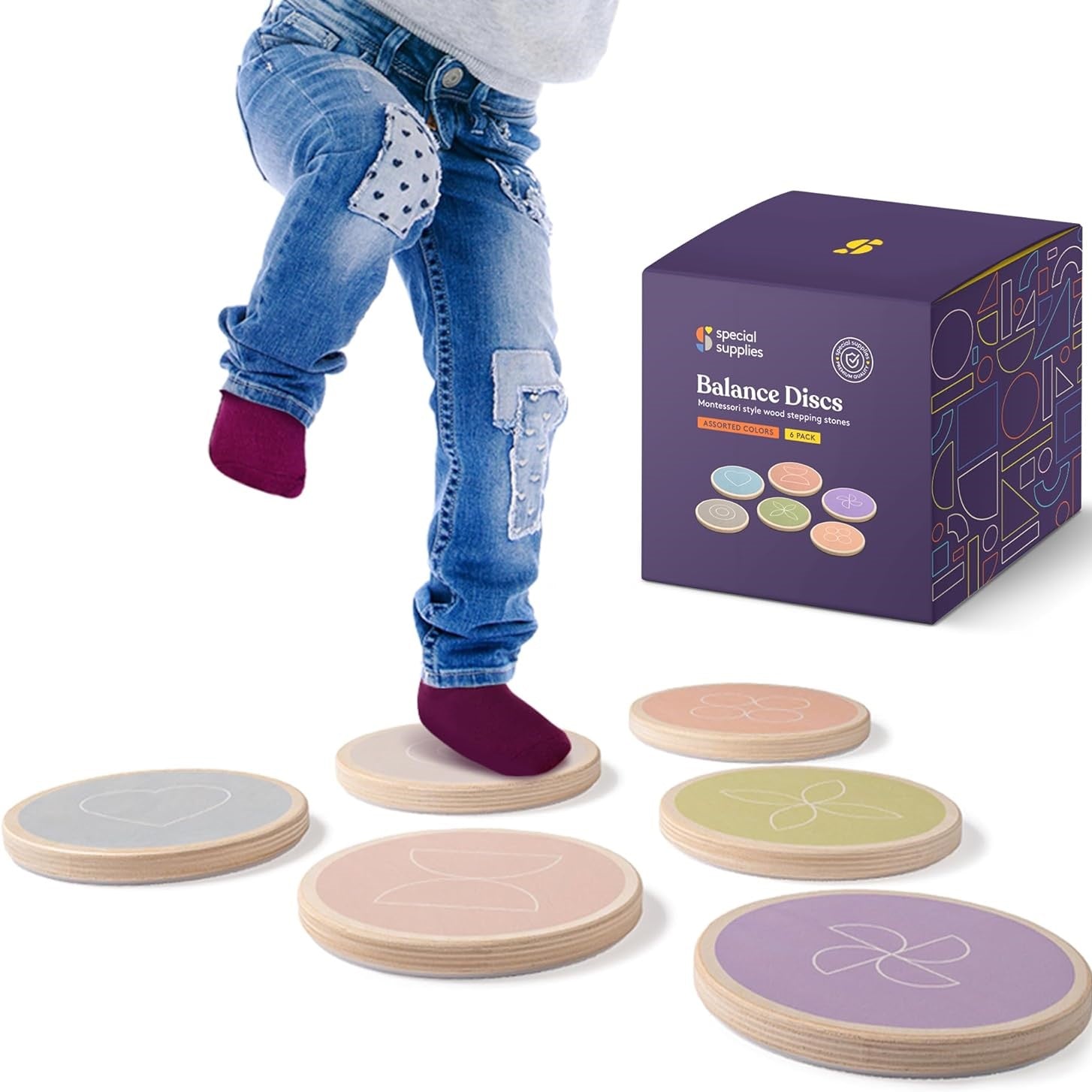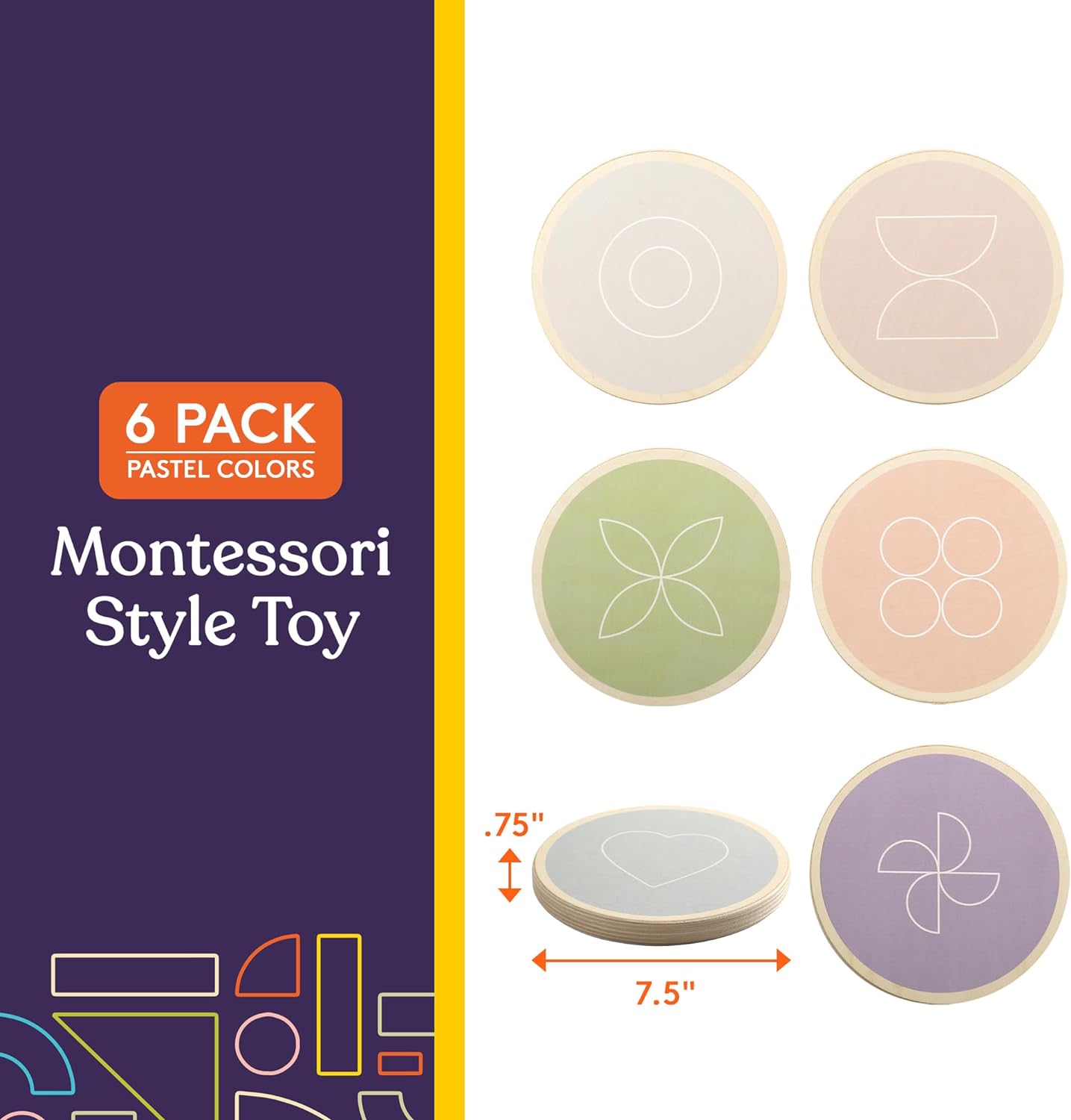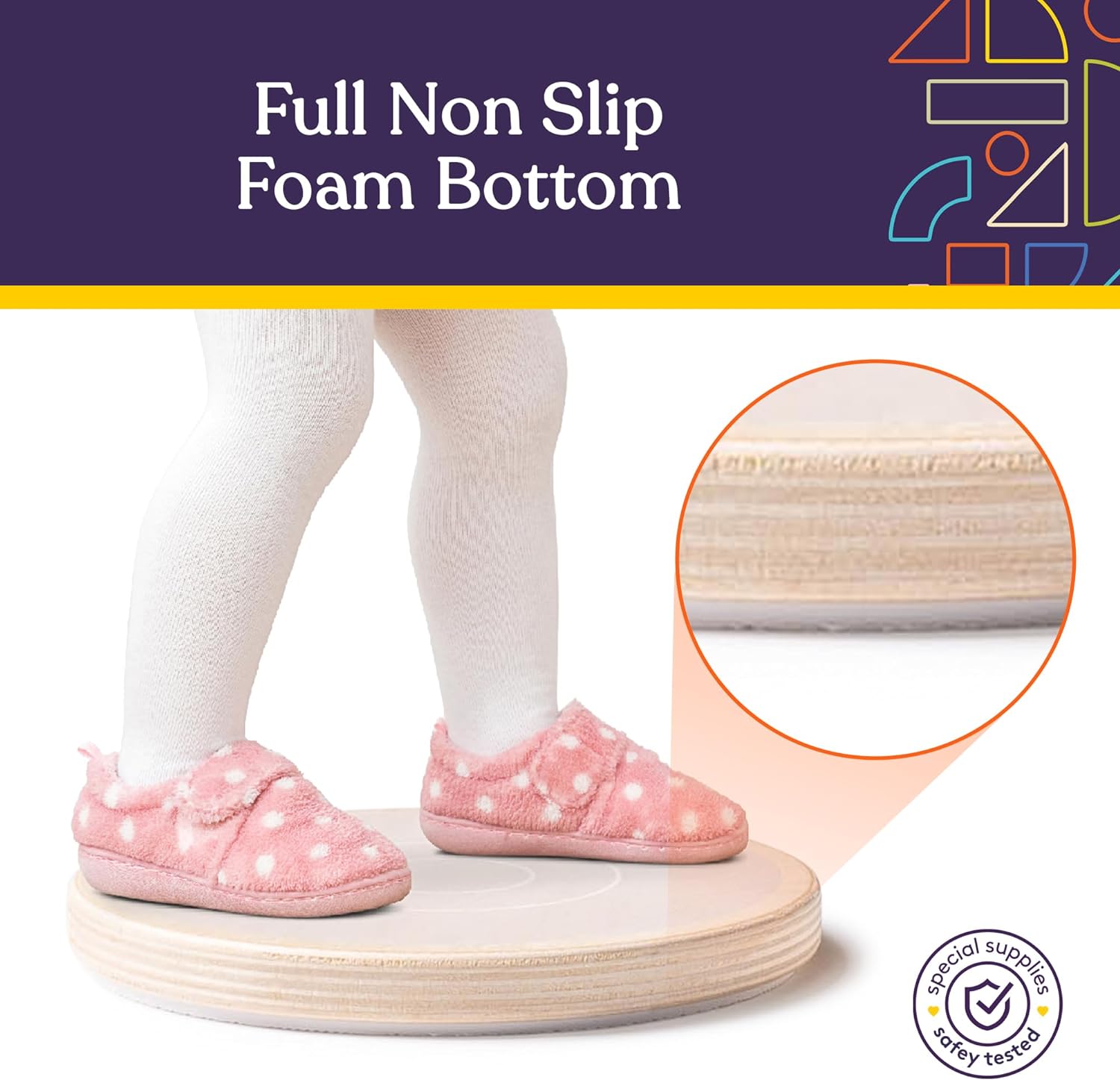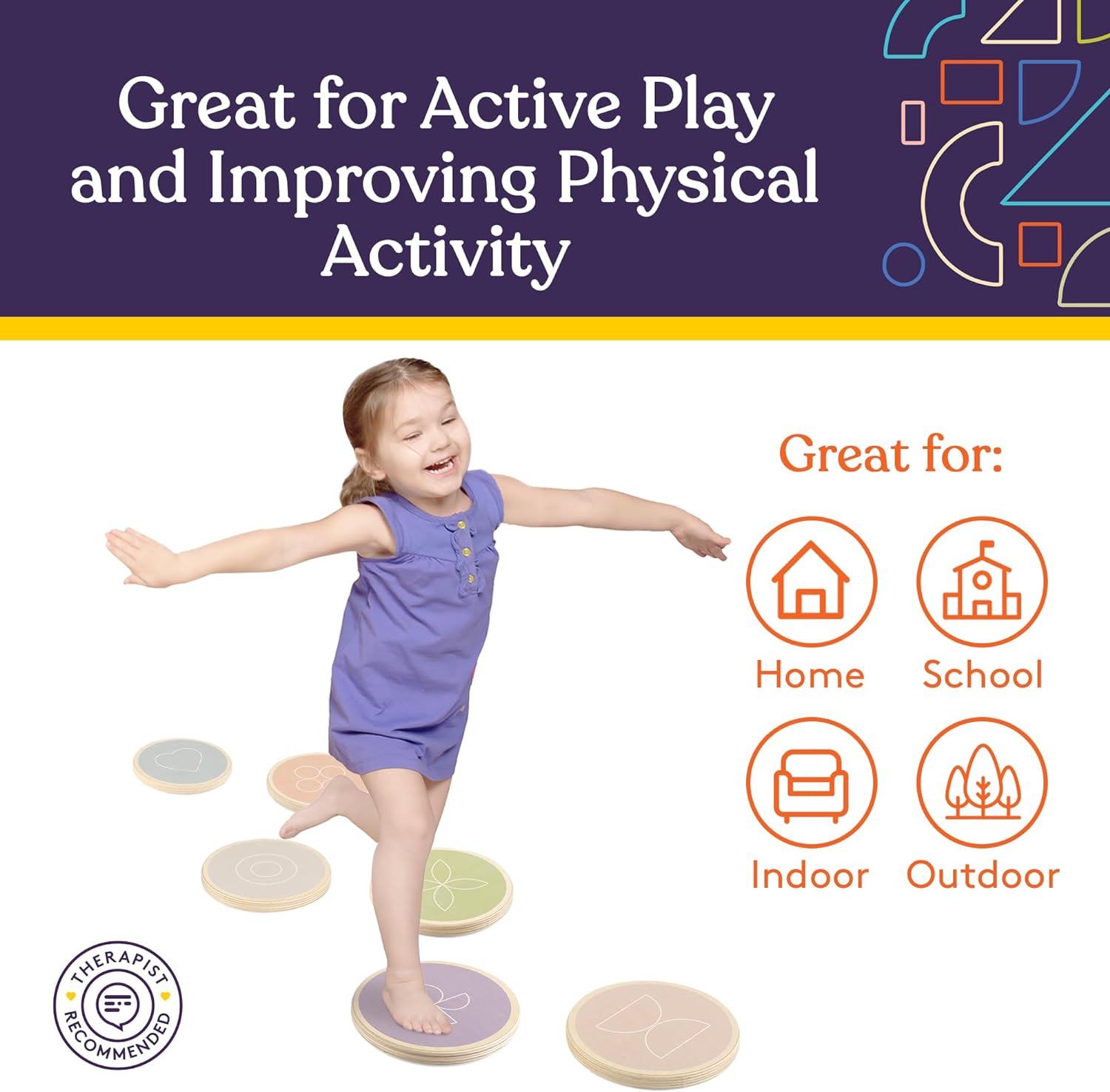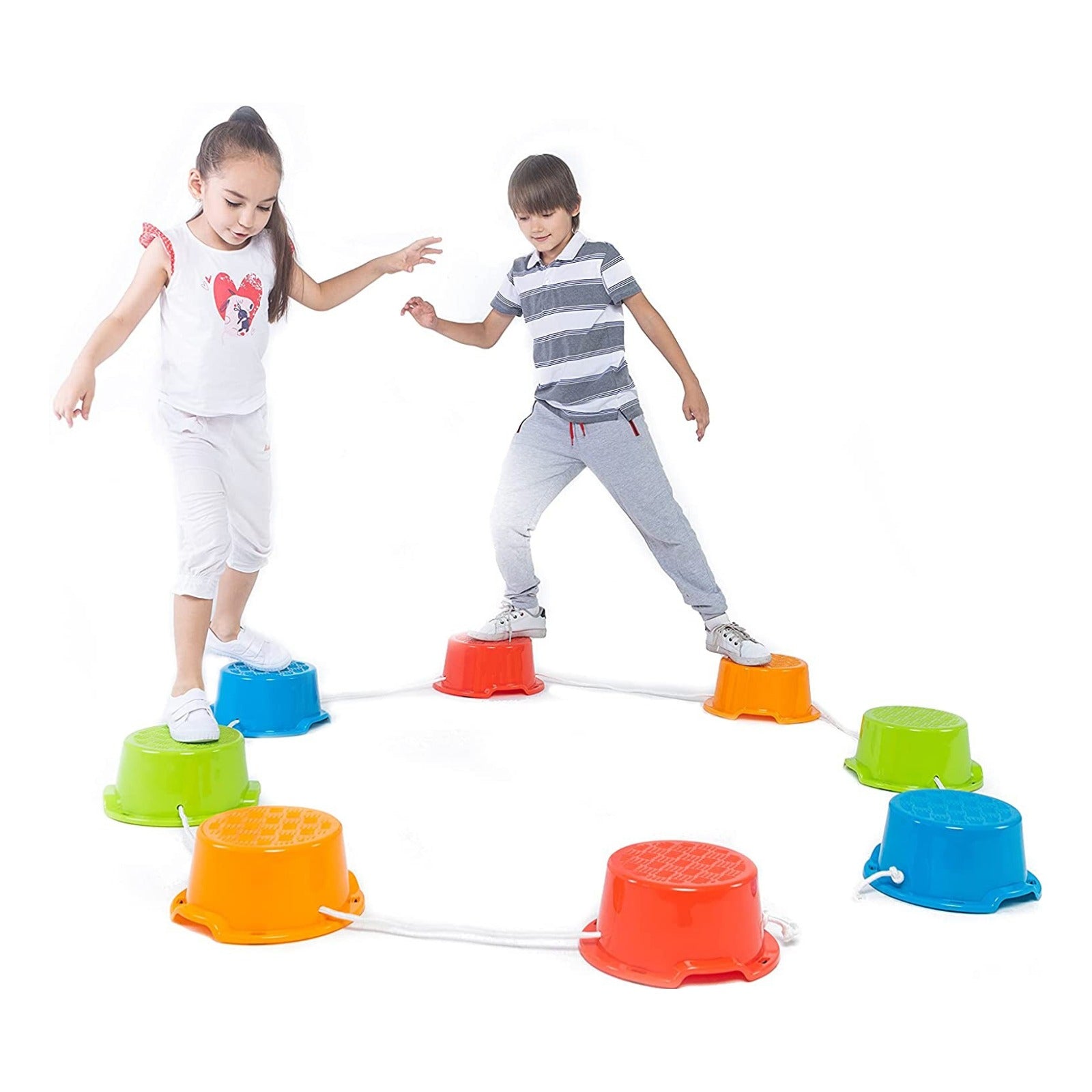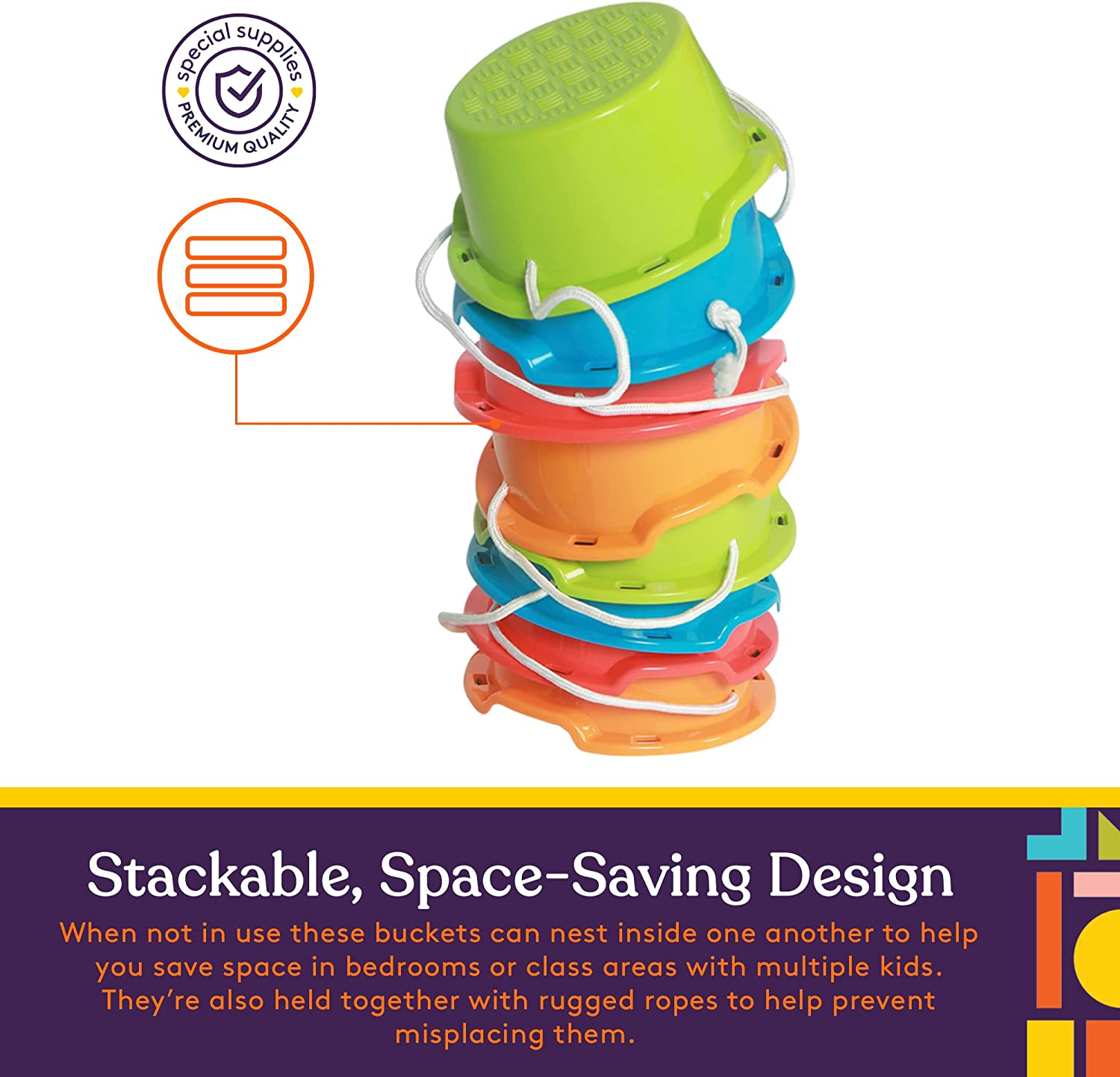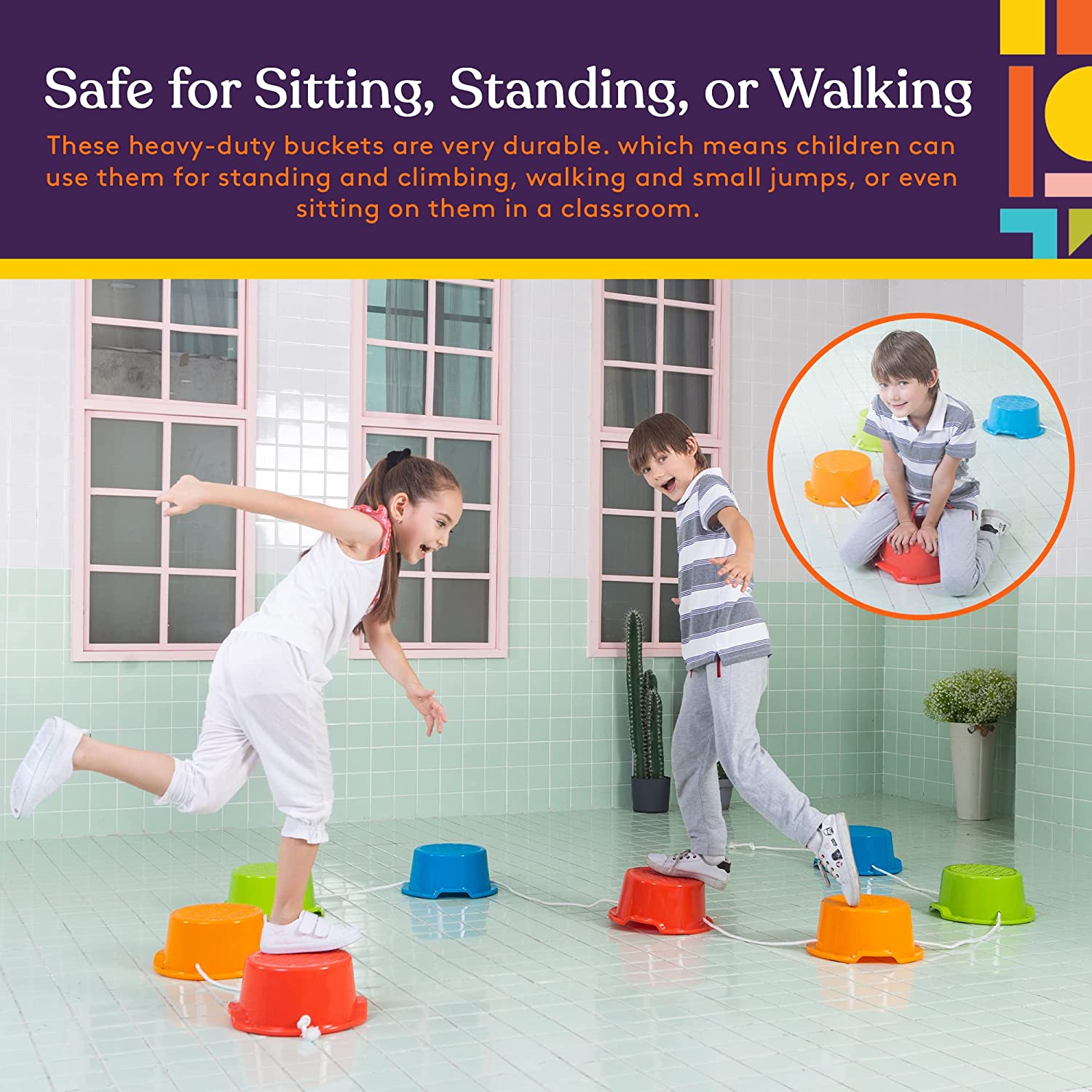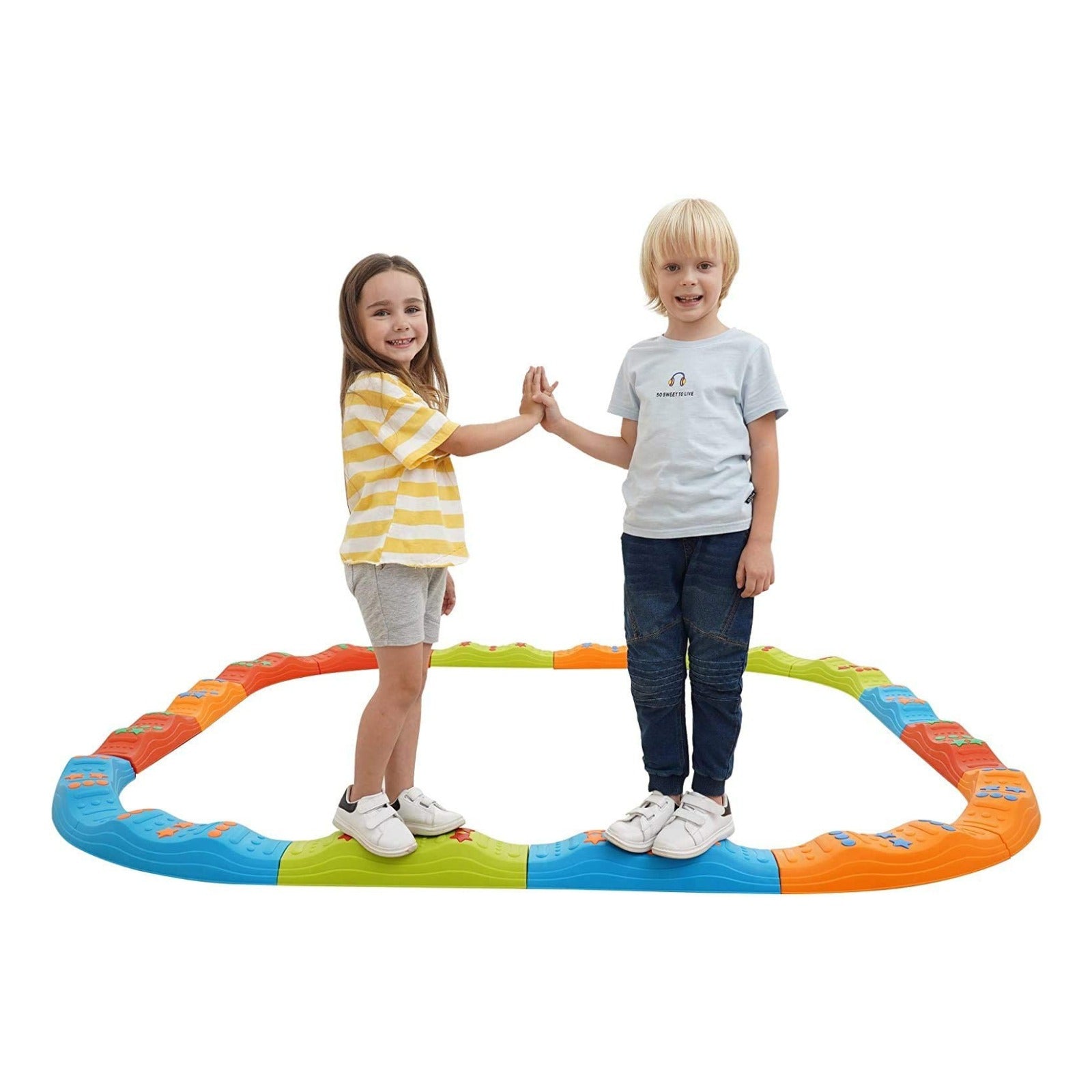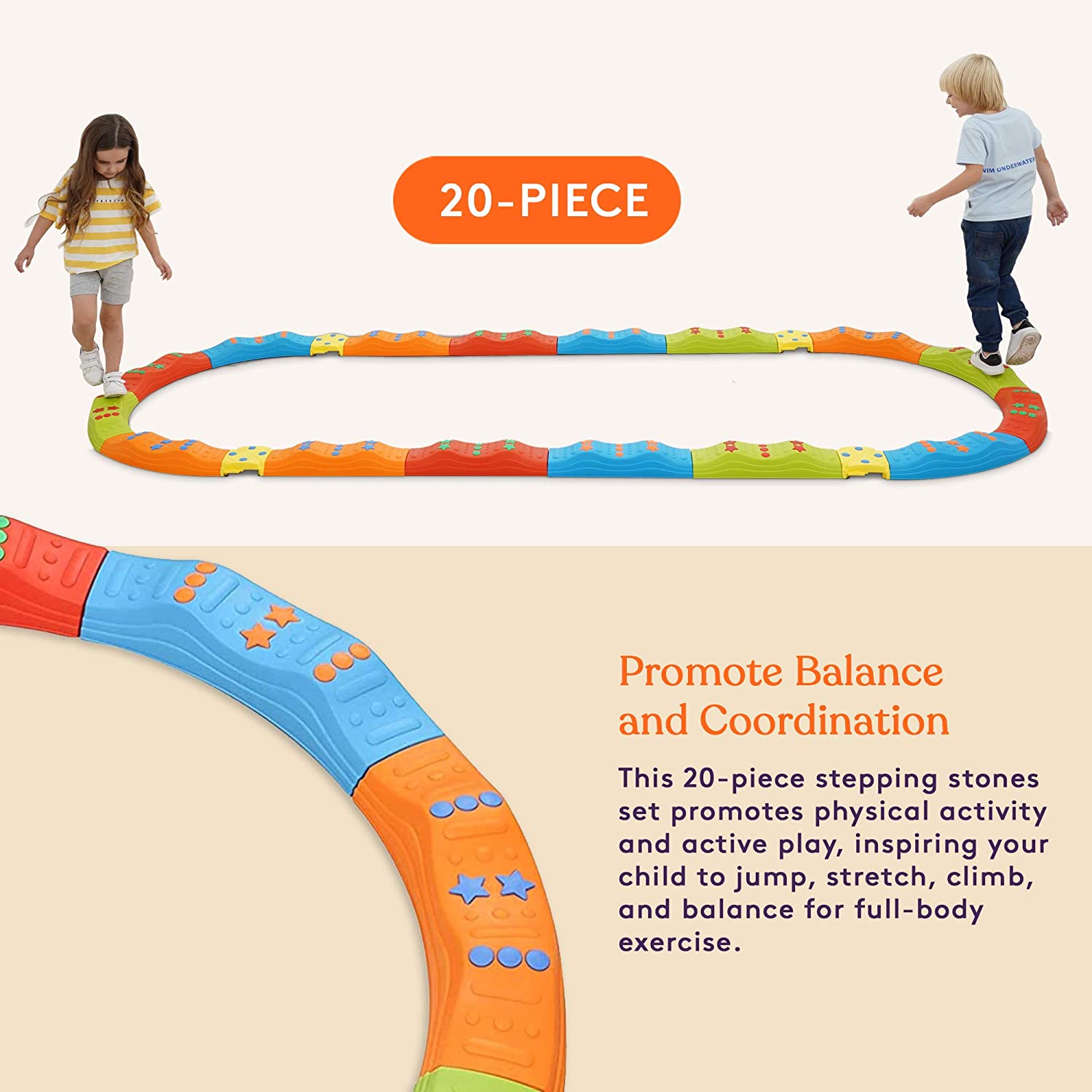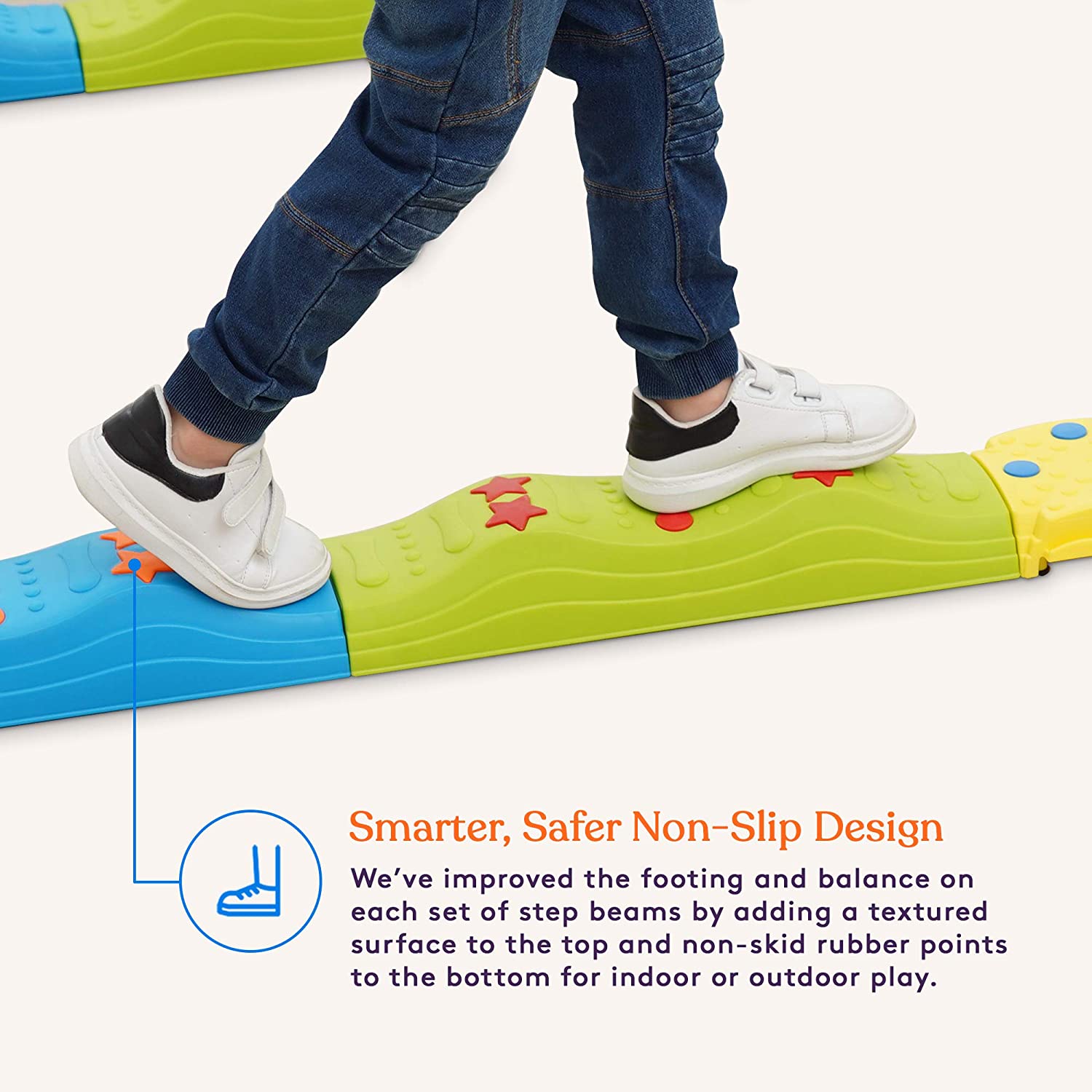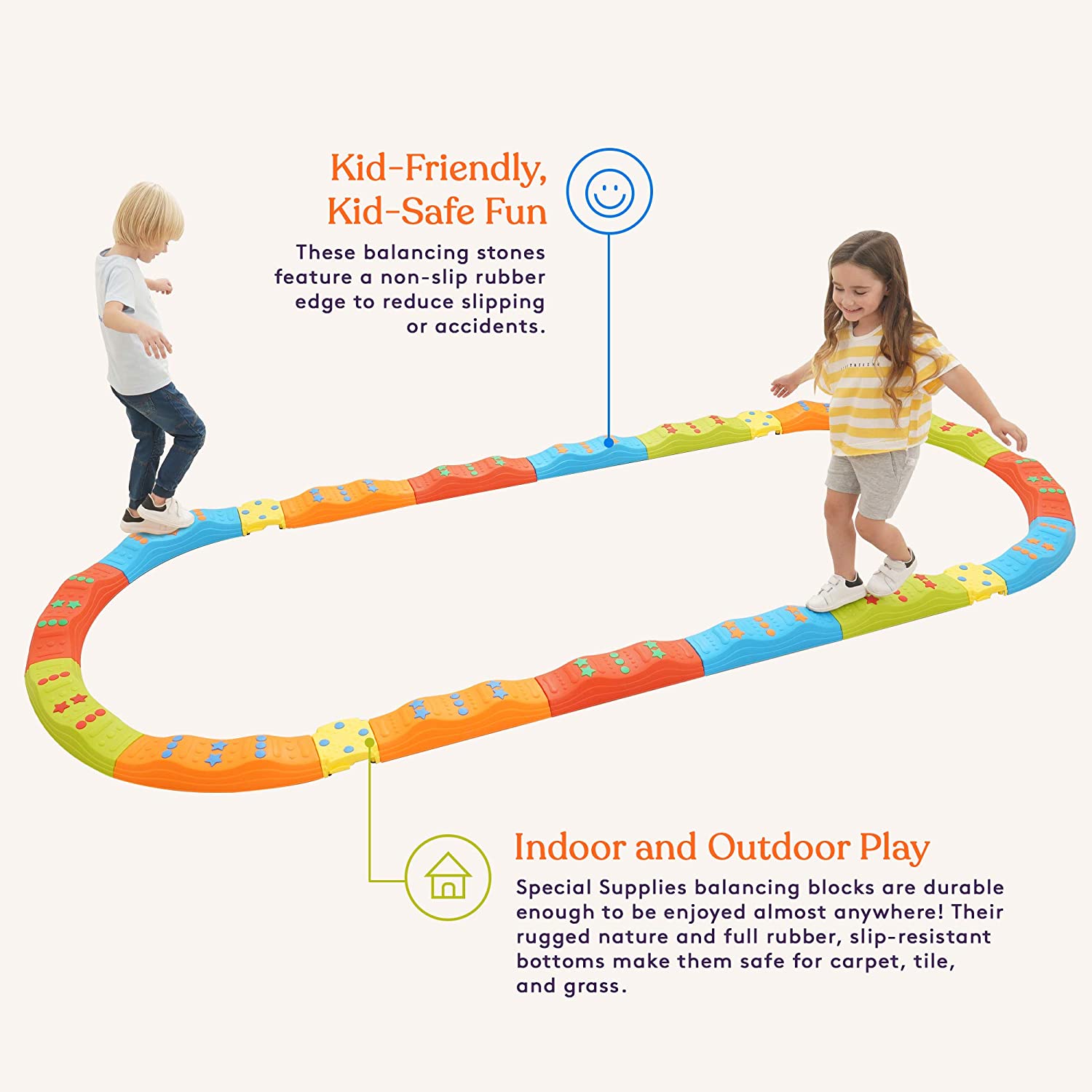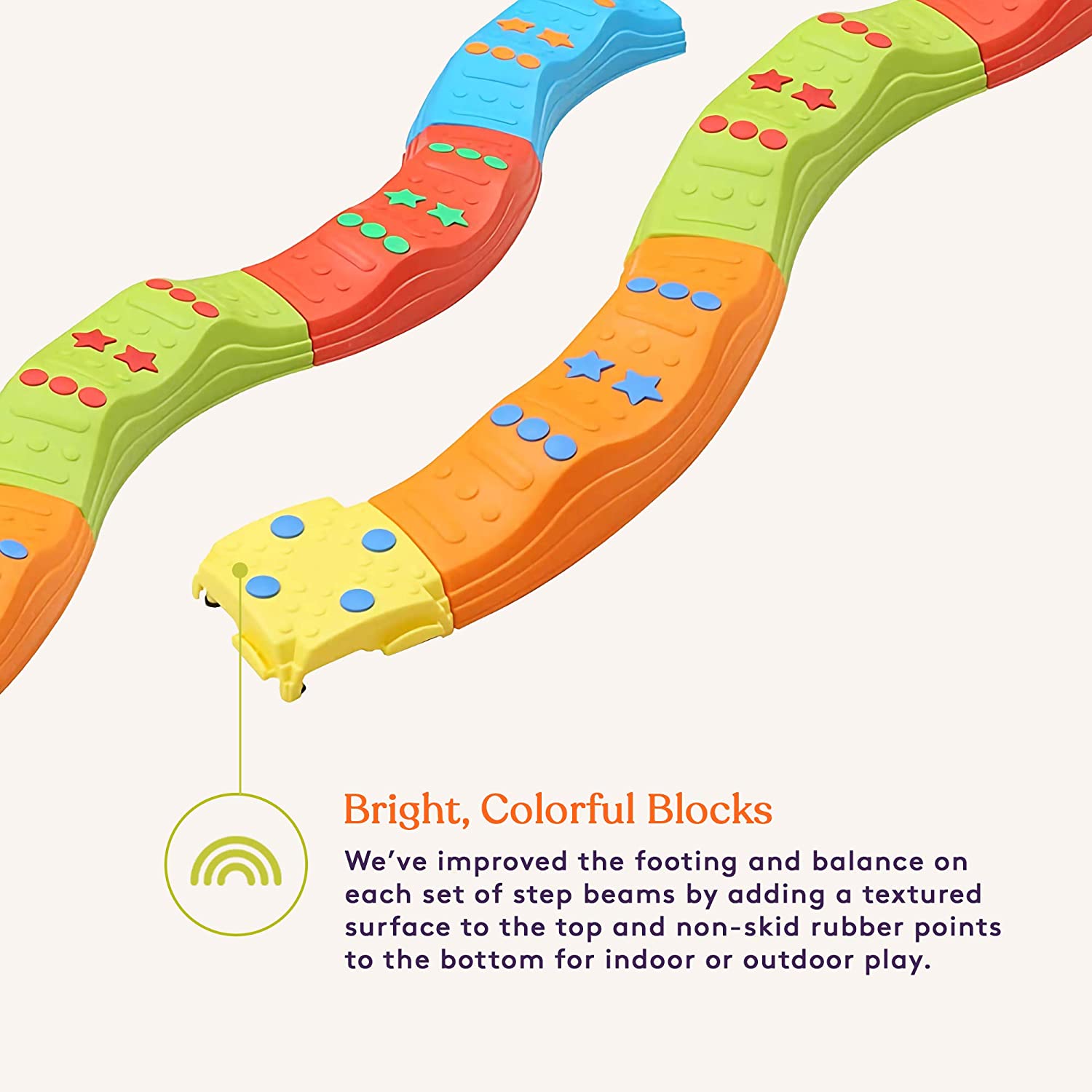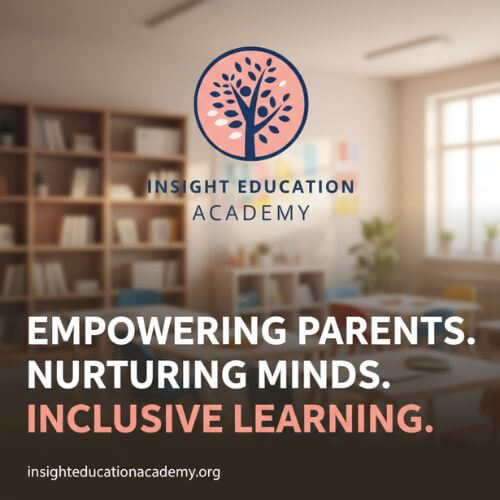Gross Motor Skills
- Climbing structures and Pikler-inspired furniture
- Balance boards and wobble tools
- Stepping stones and coordination challenges
- Core-strengthening equipment
- Sensory swings and movement tools
- Active play items for body awareness and motor planning
-
Outree Wooden Balance Board -
Foam Bucket Stilts -
Toddlers Rocking Boat / Steps -
Stability Cushion with Sensory Spikes (Pump Included!) Stability Cushion with Sensory Spikes (Pump Included!)
$19.95 USDStability Cushion with Sensory Spikes (Pump Included!)
$19.95 USD -
Pikler® Triangle -
Child's Balance Beam -
Animal Hopper Ball With Handle 20" -
Wavy Circle Balance Beams Stepping Stones for Kids, 8 Pc Wavy Circle Balance Beams Stepping Stones for Kids, 8 Pc
Regular price $59.99 USD Sale price $39.99 USDWavy Circle Balance Beams Stepping Stones for Kids, 8 Pc
Sale price $39.99 USD Regular price $59.99 USD -
Stepping Stones for Kids Indoor and Outdoor Balance Blocks5 Set Promote Coordination, Balance Strength Child Safe Rubber, Non-Slip Edging Stepping Stones for Kids Indoor and Outdoor Balance Blocks5 Set Promote Coordination, Balance Strength Child Safe Rubber, Non-Slip Edging
$39.99 USDStepping Stones for Kids Indoor and Outdoor Balance Blocks5 Set Promote Coordination, Balance Strength Child Safe Rubber, Non-Slip Edging
$39.99 USD -
Stepping Stones Balance Blocks -
Stepping Stones for Kids 5 Set Indoor and Outdoor Balance Blocks Promote Coordination, Balance Strength Child Safe Rubber, Non-Slip Edging Stepping Stones for Kids 5 Set Indoor and Outdoor Balance Blocks Promote Coordination, Balance Strength Child Safe Rubber, Non-Slip Edging
$39.99 USDStepping Stones for Kids 5 Set Indoor and Outdoor Balance Blocks Promote Coordination, Balance Strength Child Safe Rubber, Non-Slip Edging
$39.99 USD -
Stepping Stones (Unicorn Colors): 5 Piece Set Stepping Stones (Unicorn Colors): 5 Piece Set
$39.99 USDStepping Stones (Unicorn Colors): 5 Piece Set
$39.99 USD -
Stepping Stones (Unicorn Colors): 10 Piece Set Stepping Stones (Unicorn Colors): 10 Piece Set
$59.99 USDStepping Stones (Unicorn Colors): 10 Piece Set
$59.99 USD -
Stepping Stones (Primary Colors): 10 Piece Set Stepping Stones (Primary Colors): 10 Piece Set
$59.99 USDStepping Stones (Primary Colors): 10 Piece Set
$59.99 USD -
Stepping Stones (Ocean Colors): 5 Piece Set Stepping Stones (Ocean Colors): 5 Piece Set
$39.99 USDStepping Stones (Ocean Colors): 5 Piece Set
$39.99 USD -
Stepping Stones (Ocean Colors): 10 Piece Set Stepping Stones (Ocean Colors): 10 Piece Set
$59.99 USDStepping Stones (Ocean Colors): 10 Piece Set
$59.99 USD -
Stepping Stones ( Primary Colors) -
Stackable Stepping Balance Stones for Kids, Indoor and Outdoor, Non-Slip Edging, Set of 5 Stackable Stepping Balance Stones for Kids, Indoor and Outdoor, Non-Slip Edging, Set of 5
$39.99 USDStackable Stepping Balance Stones for Kids, Indoor and Outdoor, Non-Slip Edging, Set of 5
$39.99 USD -
Outree Balance Stepping Stones | Sensory Motor Skills Outree Balance Stepping Stones | Sensory Motor Skills
$54.57 USDOutree Balance Stepping Stones | Sensory Motor Skills
$54.57 USD -
Frog Stepping Stones – Deluxe 6-Piece Set with Bonus Game Frog Stepping Stones – Deluxe 6-Piece Set with Bonus Game
Regular price $59.99 USD Sale price $39.99 USDFrog Stepping Stones – Deluxe 6-Piece Set with Bonus Game
Sale price $39.99 USD Regular price $59.99 USD -
Colored Wavy Circle Balance Beams Stepping Stones for Kids, 8 Pc. Set Colored Wavy Circle Balance Beams Stepping Stones for Kids, 8 Pc. Set
$69.95 USDColored Wavy Circle Balance Beams Stepping Stones for Kids, 8 Pc. Set
$69.95 USD -
Balance Stepping Stones for Kids, 6 Pc. Set, Sensory Early Learning Montessori Toys, Obstacle Course for Balance and Coordination, Non-Slip Step, Wood Balance Stepping Stones for Kids, 6 Pc. Set, Sensory Early Learning Montessori Toys, Obstacle Course for Balance and Coordination, Non-Slip Step, Wood
Regular price $29.99 USD Sale price $23.99 USDBalance Stepping Stones for Kids, 6 Pc. Set, Sensory Early Learning Montessori Toys, Obstacle Course for Balance and Coordination, Non-Slip Step, Wood
Sale price $23.99 USD Regular price $29.99 USD -
Balance Buckets Stepping Stones for Kids, 8 Pc. Set, Non-Slip Textured Surface and Slip Resistant Floor Rubber Edges Balance Buckets Stepping Stones for Kids, 8 Pc. Set, Non-Slip Textured Surface and Slip Resistant Floor Rubber Edges
$49.99 USDBalance Buckets Stepping Stones for Kids, 8 Pc. Set, Non-Slip Textured Surface and Slip Resistant Floor Rubber Edges
$49.99 USD -
20-Piece Stepping Stones for Kids, Indoor and Outdoor 20-Piece Stepping Stones for Kids, Indoor and Outdoor
Regular price $119.99 USD Sale price $99.00 USD20-Piece Stepping Stones for Kids, Indoor and Outdoor
Sale price $99.00 USD Regular price $119.99 USD
Check Out Our Resources

